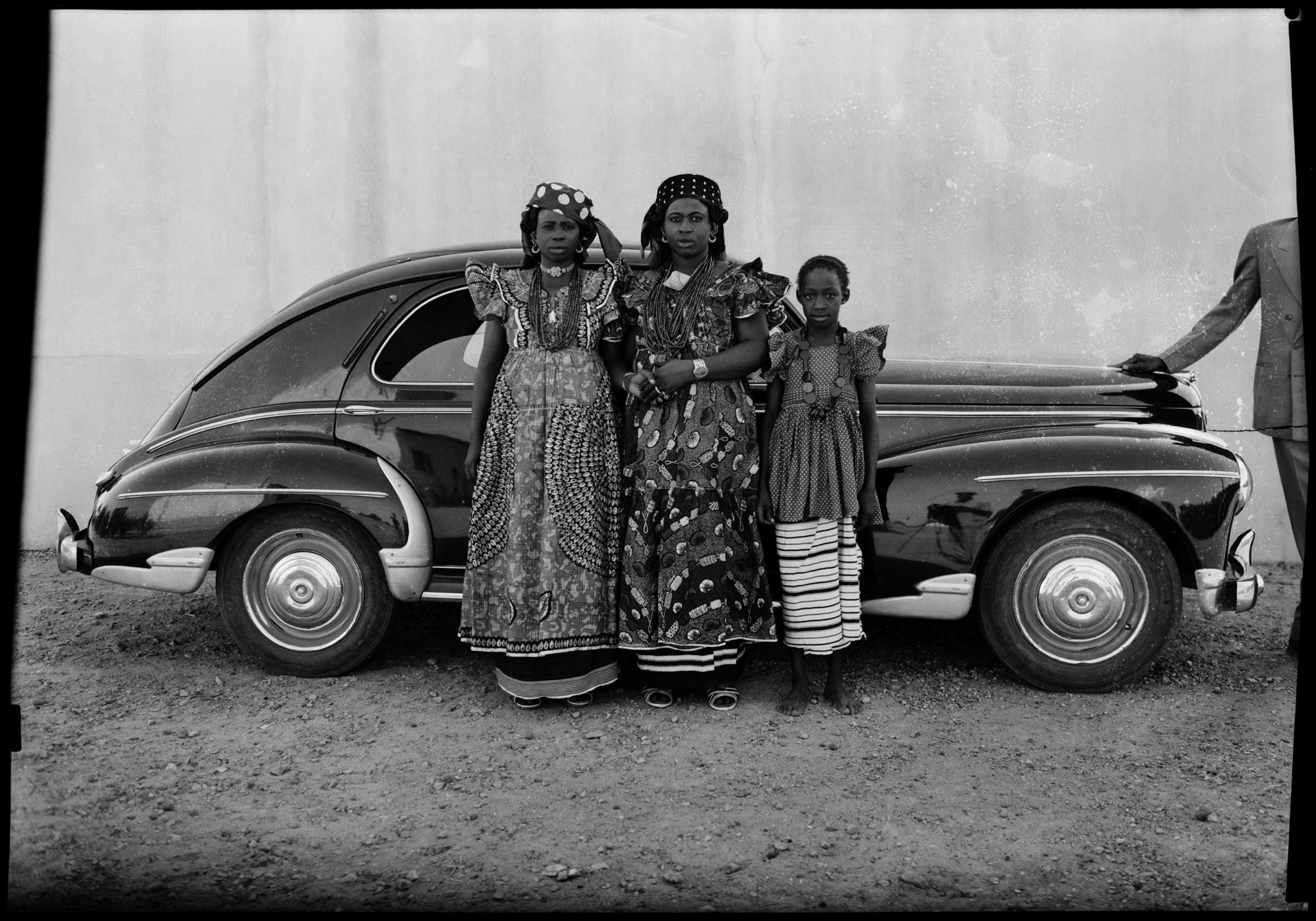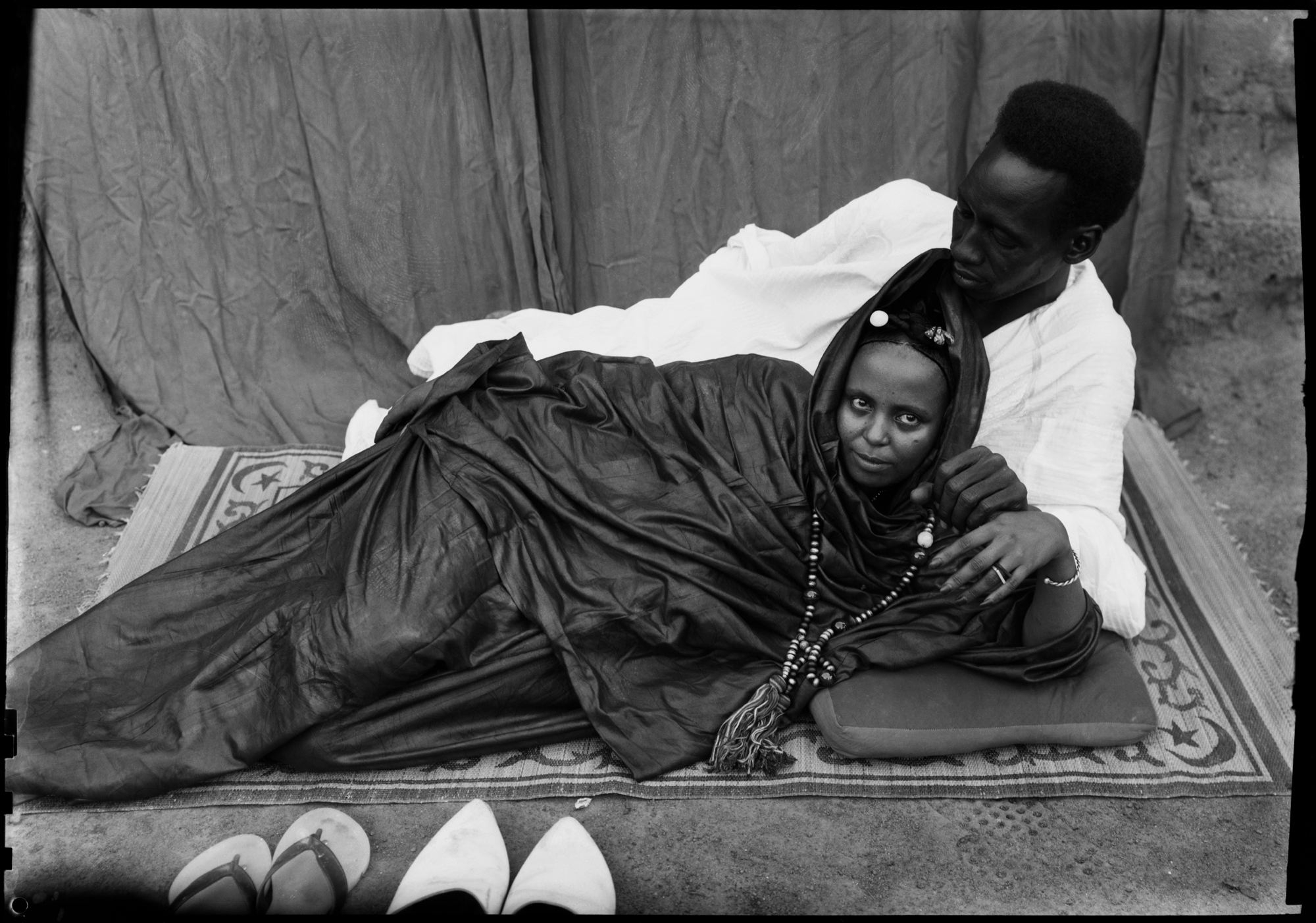The Jean Pigozzi African Art Collection
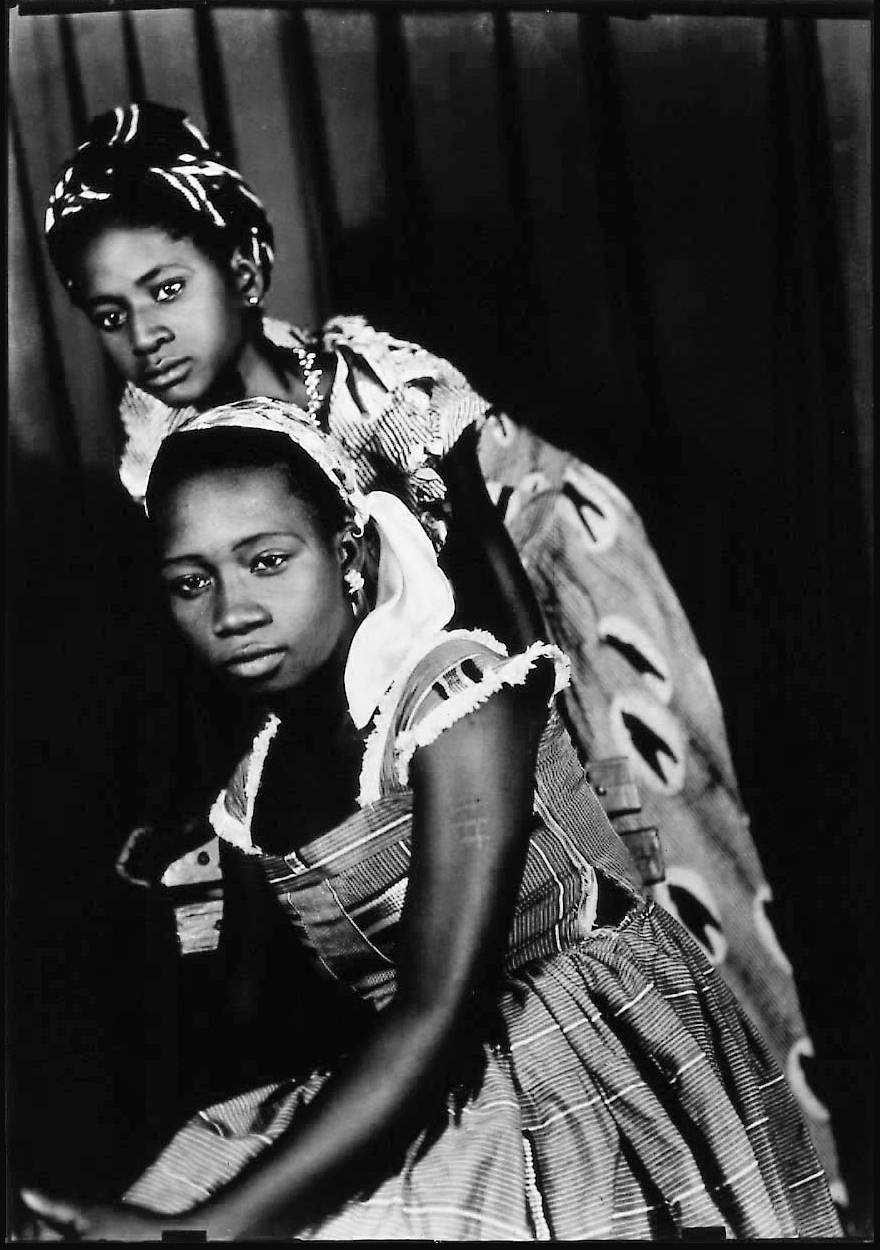
Untitled - 1959/60
60 x 50 cm
Gelatin silver print
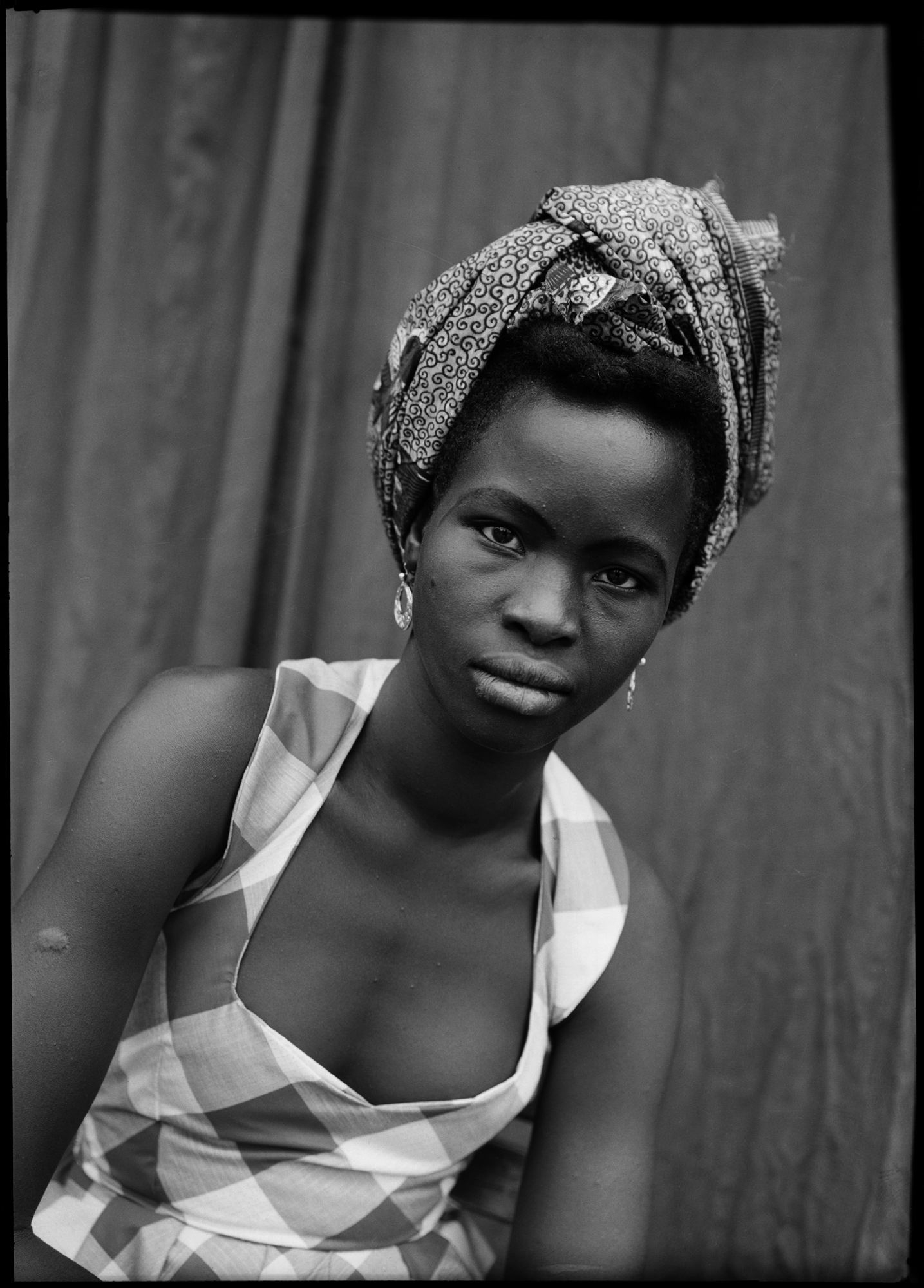
Untitled - 1952/55
60 x 50 cm
Gelatin silver print
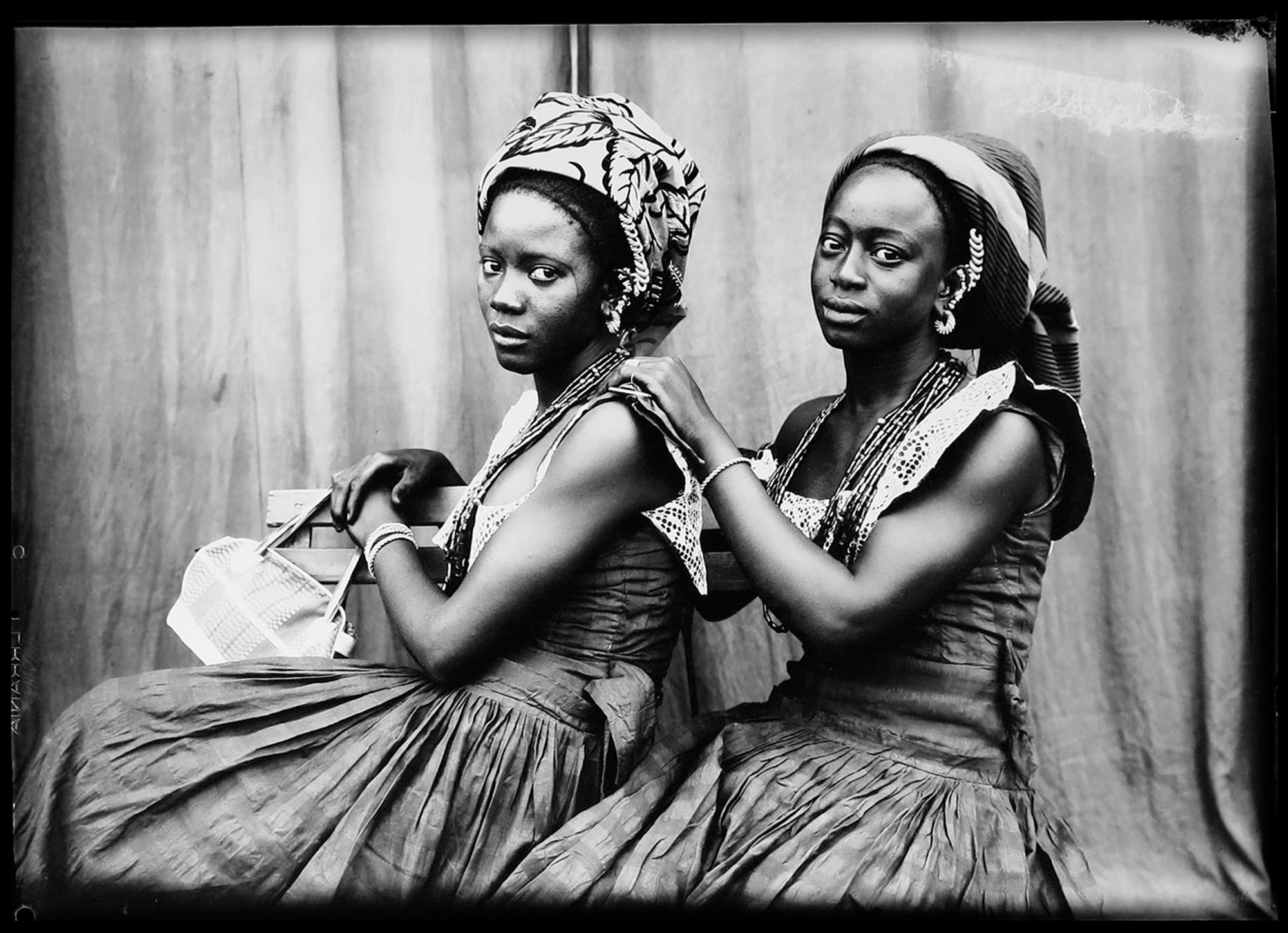
Untitled - 1952/55
50 x 60 cm
Gelatin silver print
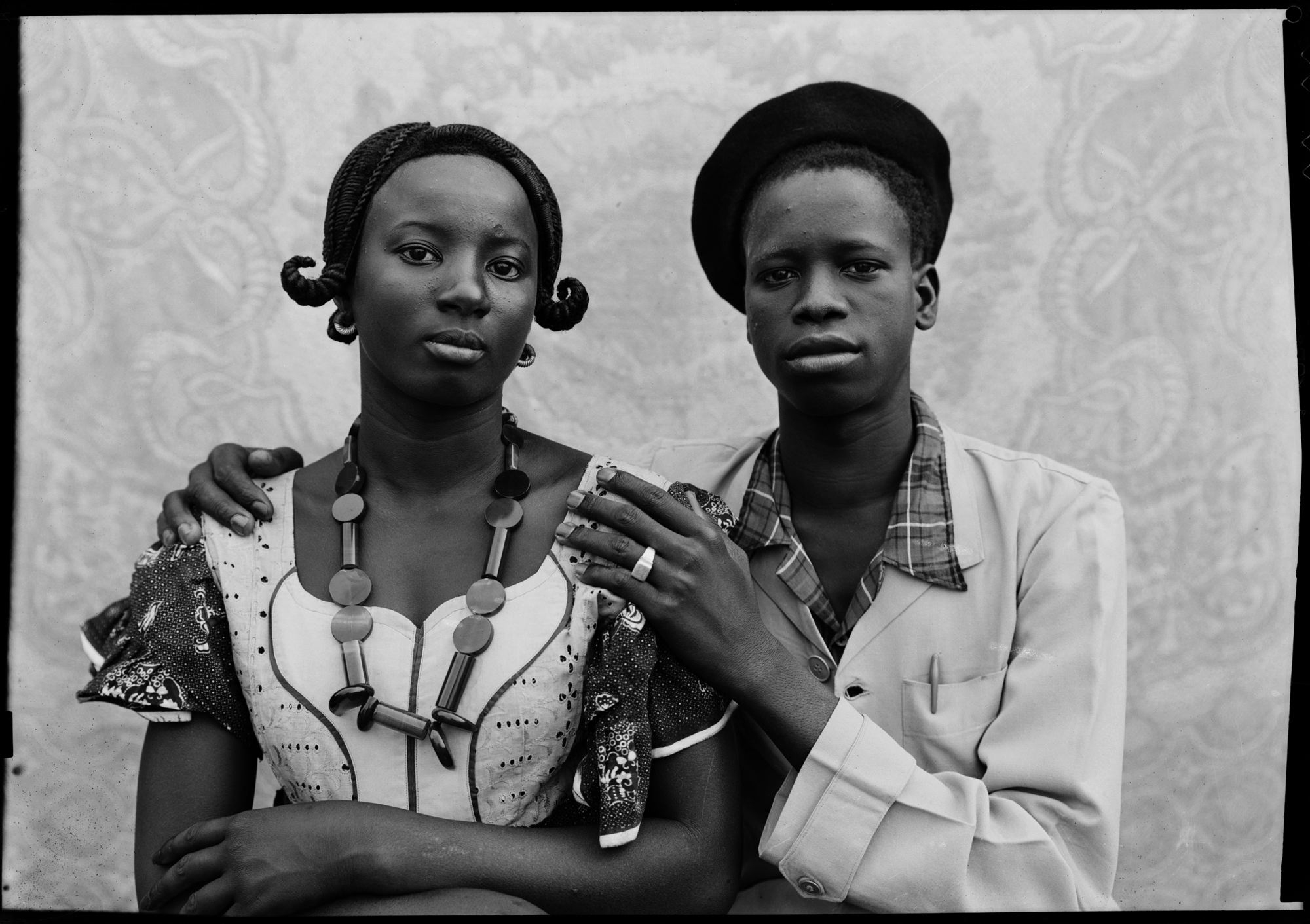
Untitled - 1949/51
50 x 60 cm
Gelatin silver print
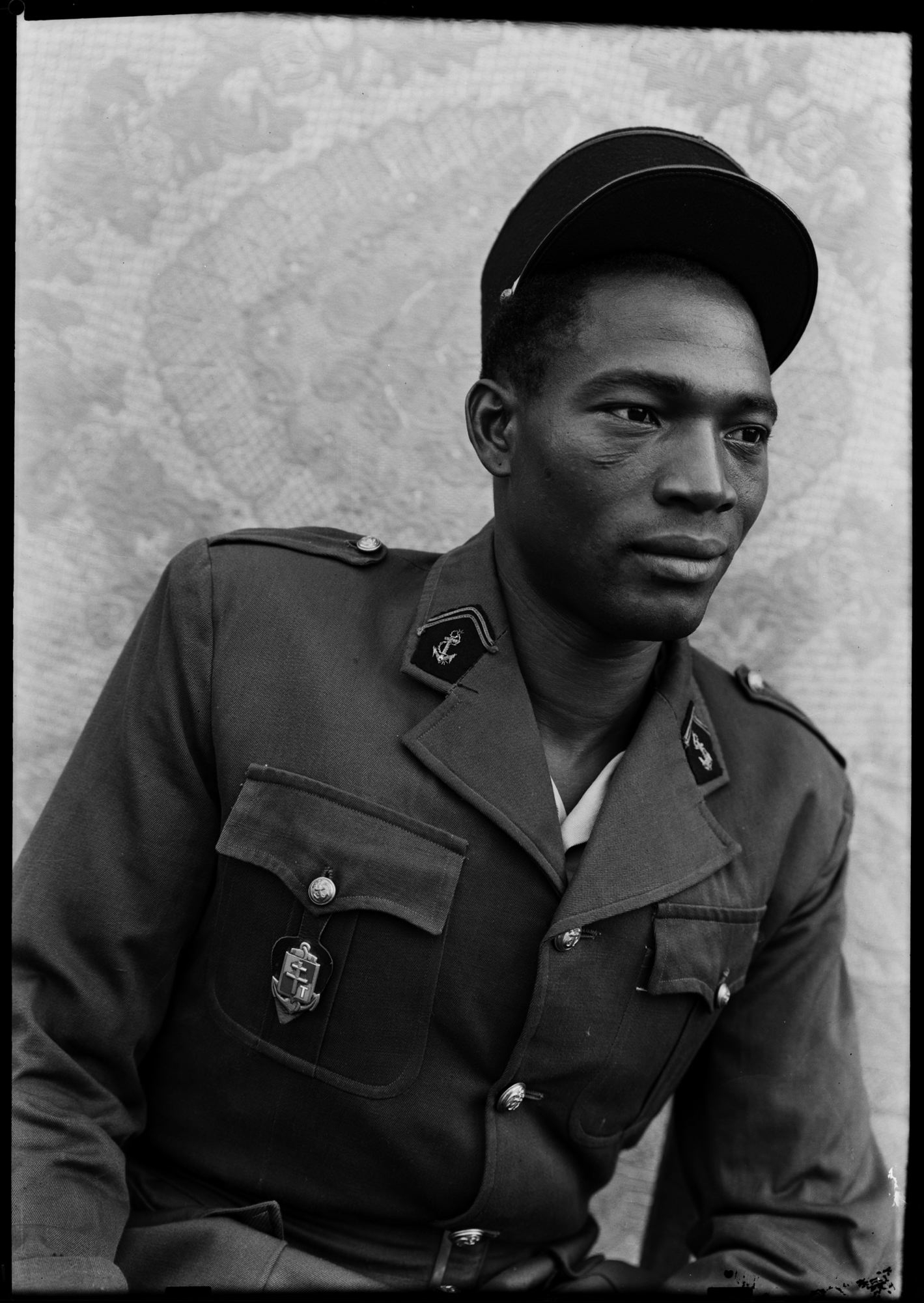
Untitled - 1949/51
60 x 50 cm
Gelatin silver print
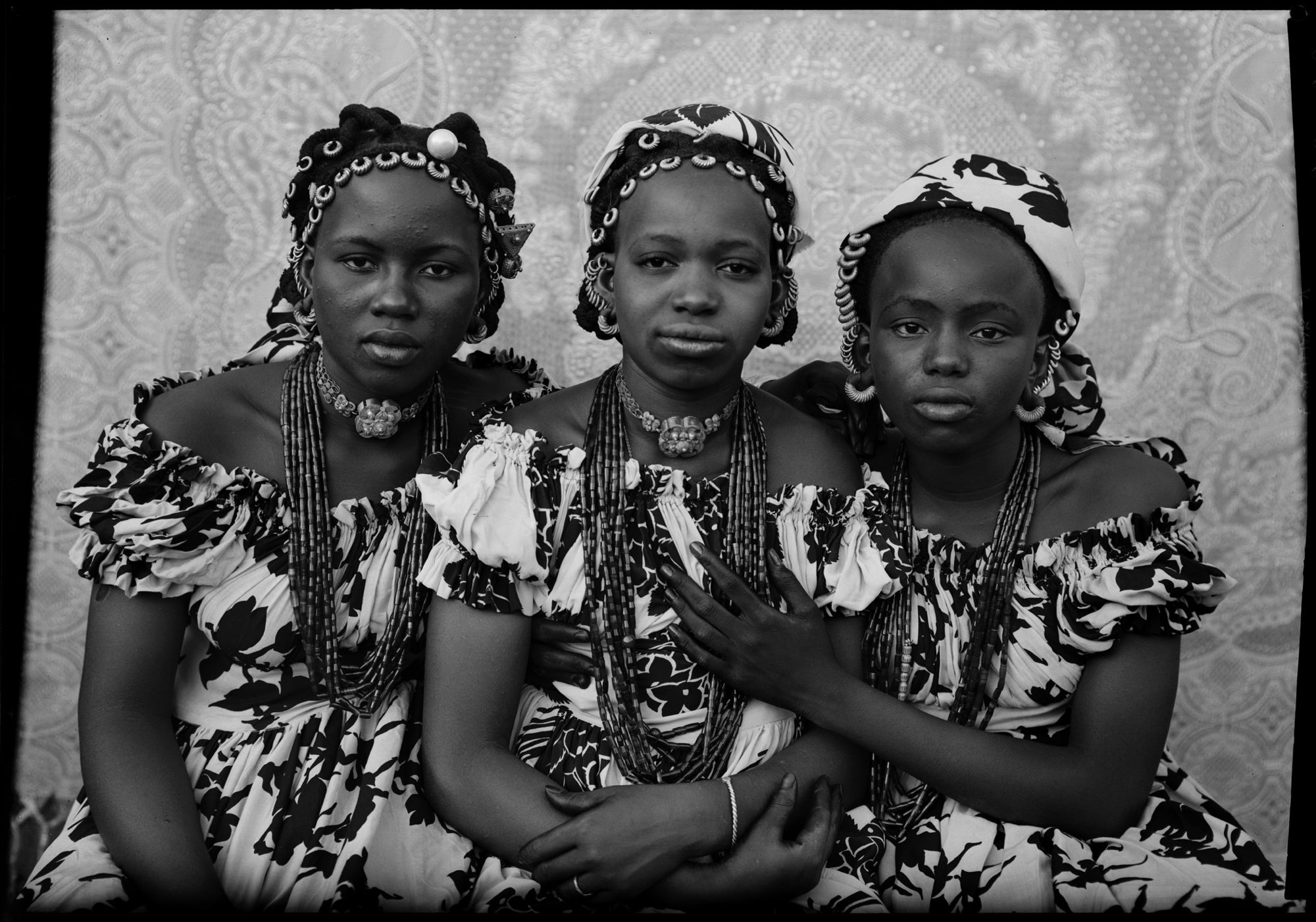
Untitled - 1949/51
50 x 60 cm
Gelatin silver print
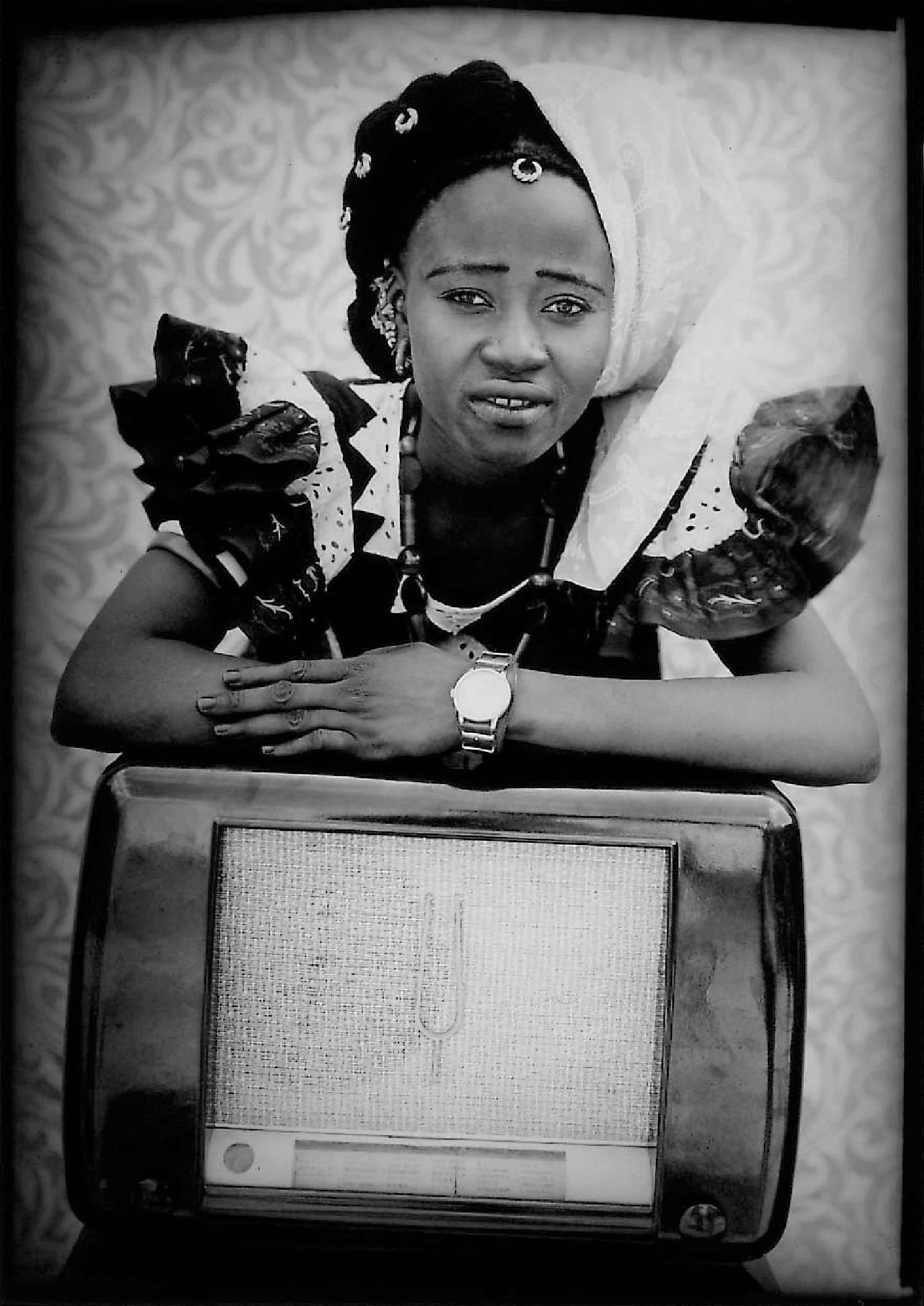
Untitled - 1955
60 x 50 cm
Gelatin silver print
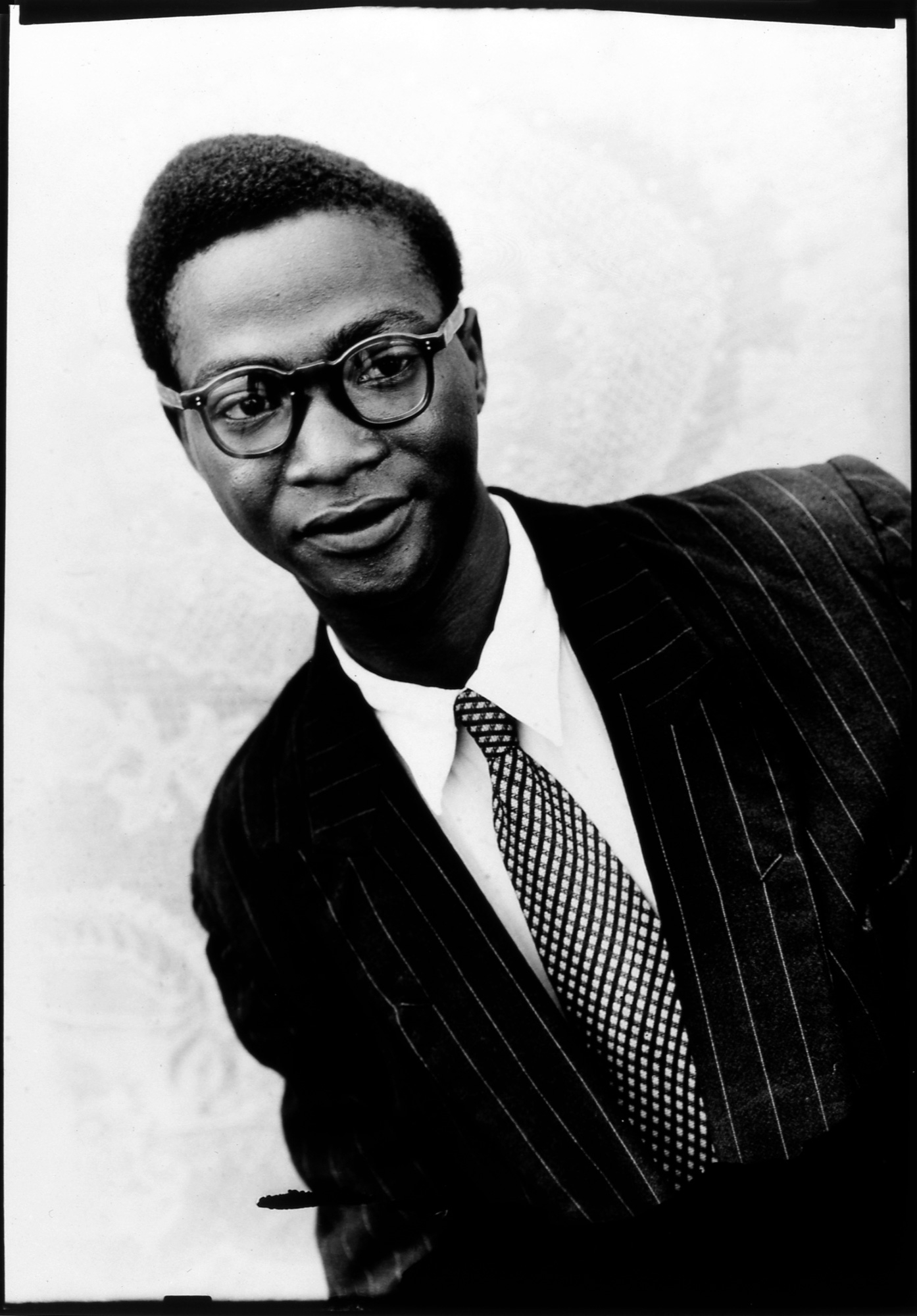
Untitled - 1949/51
60 x 50 cm
Gelatin silver print
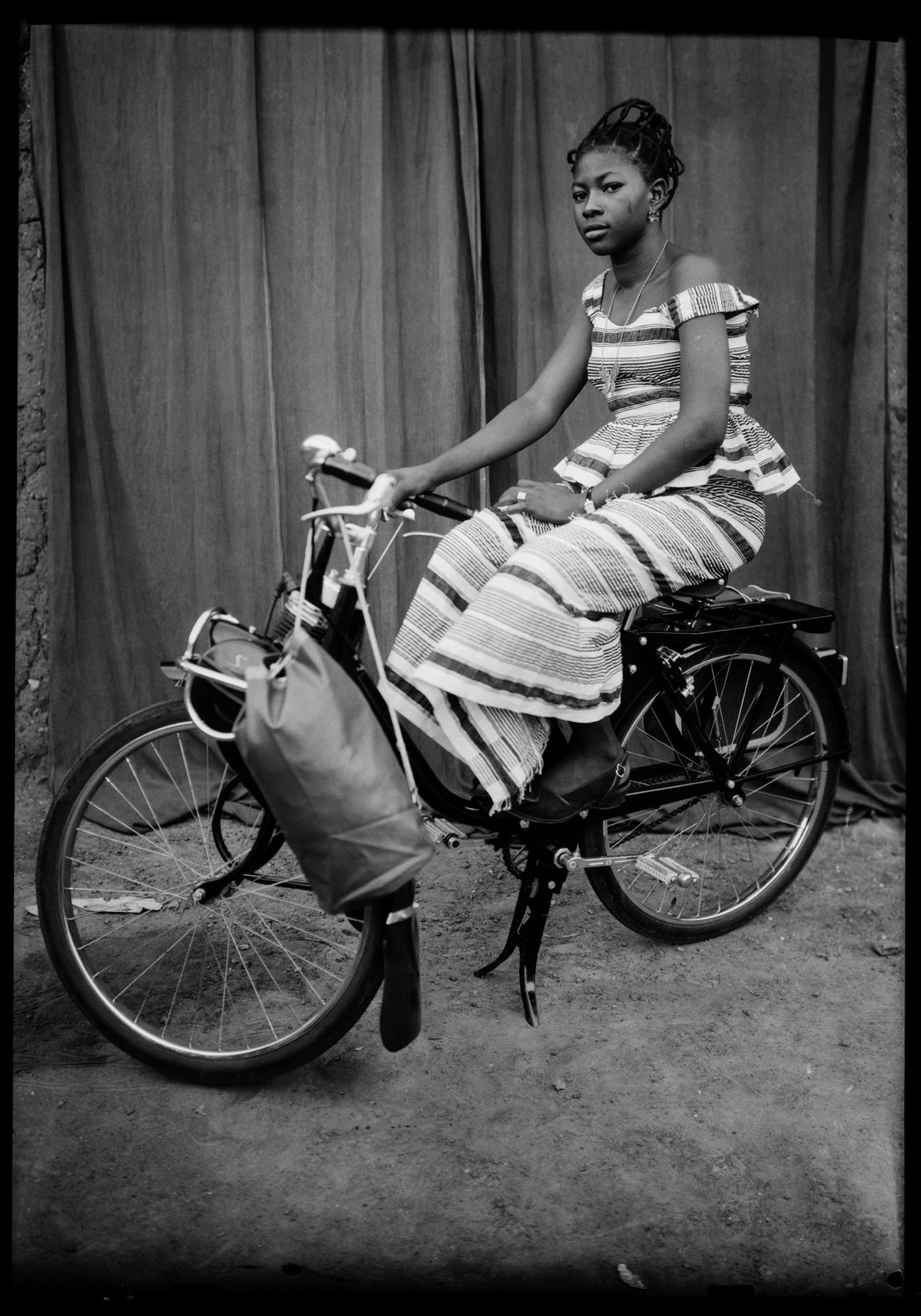
Untitled - 1952/55
60 x 50 cm
Gelatin silver print
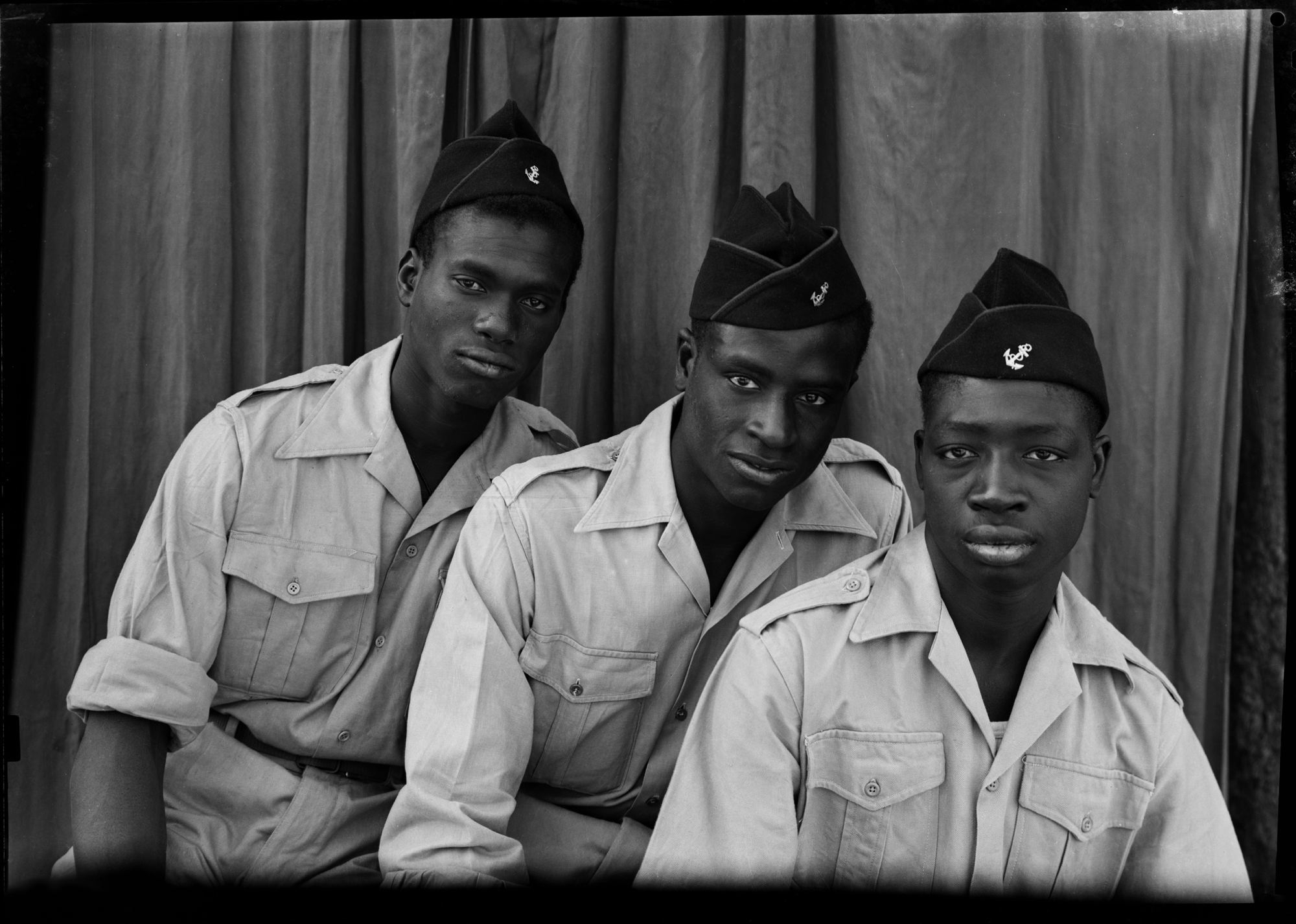
Untitled - 1959/60
50 x 60 cm
Gelatin silver print
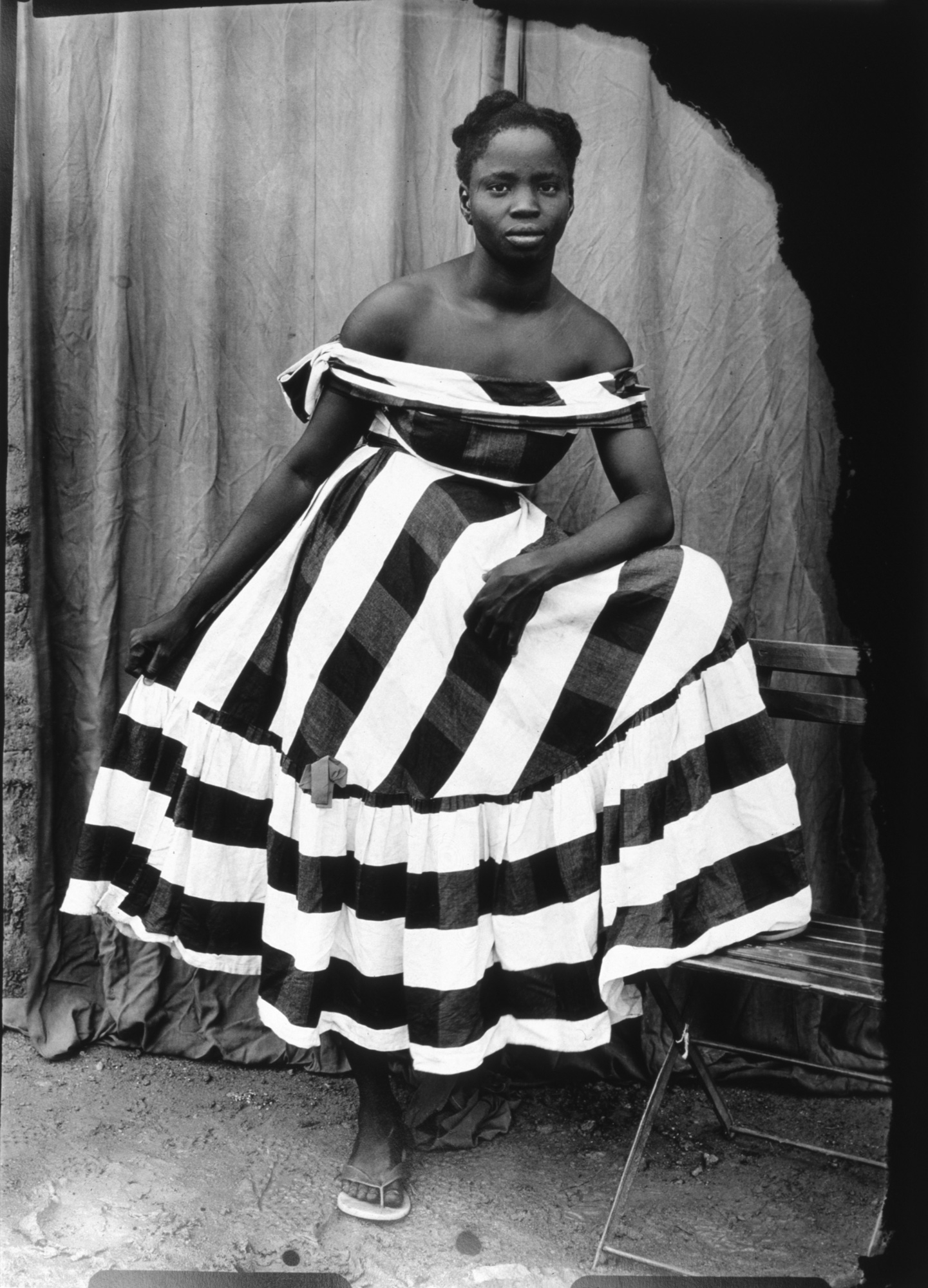
Untitled - 1952/55
60 x 50 cm
Gelatin silver print
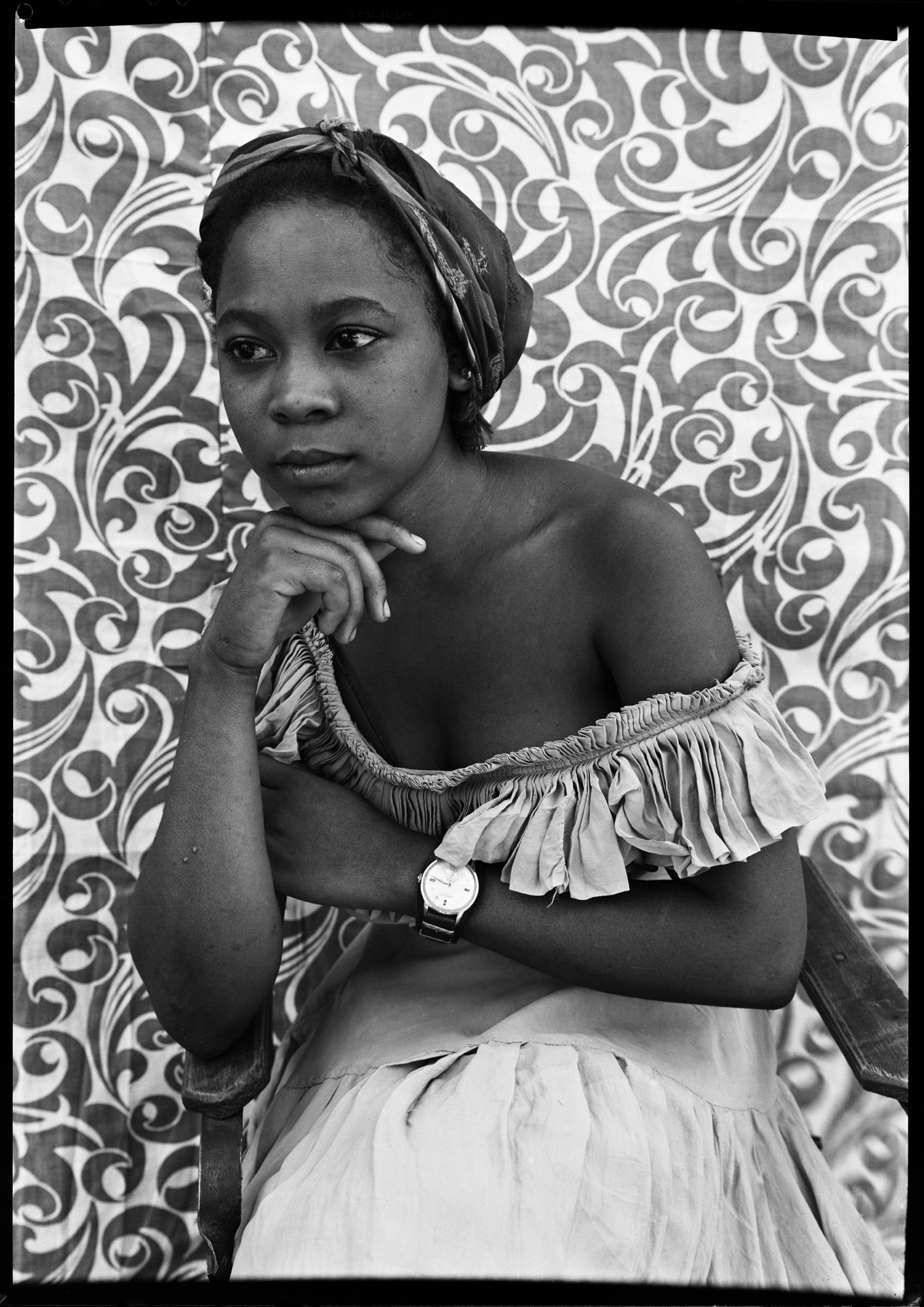
Untitled - 1956/57
60 x 50 cm
Gelatin silver print
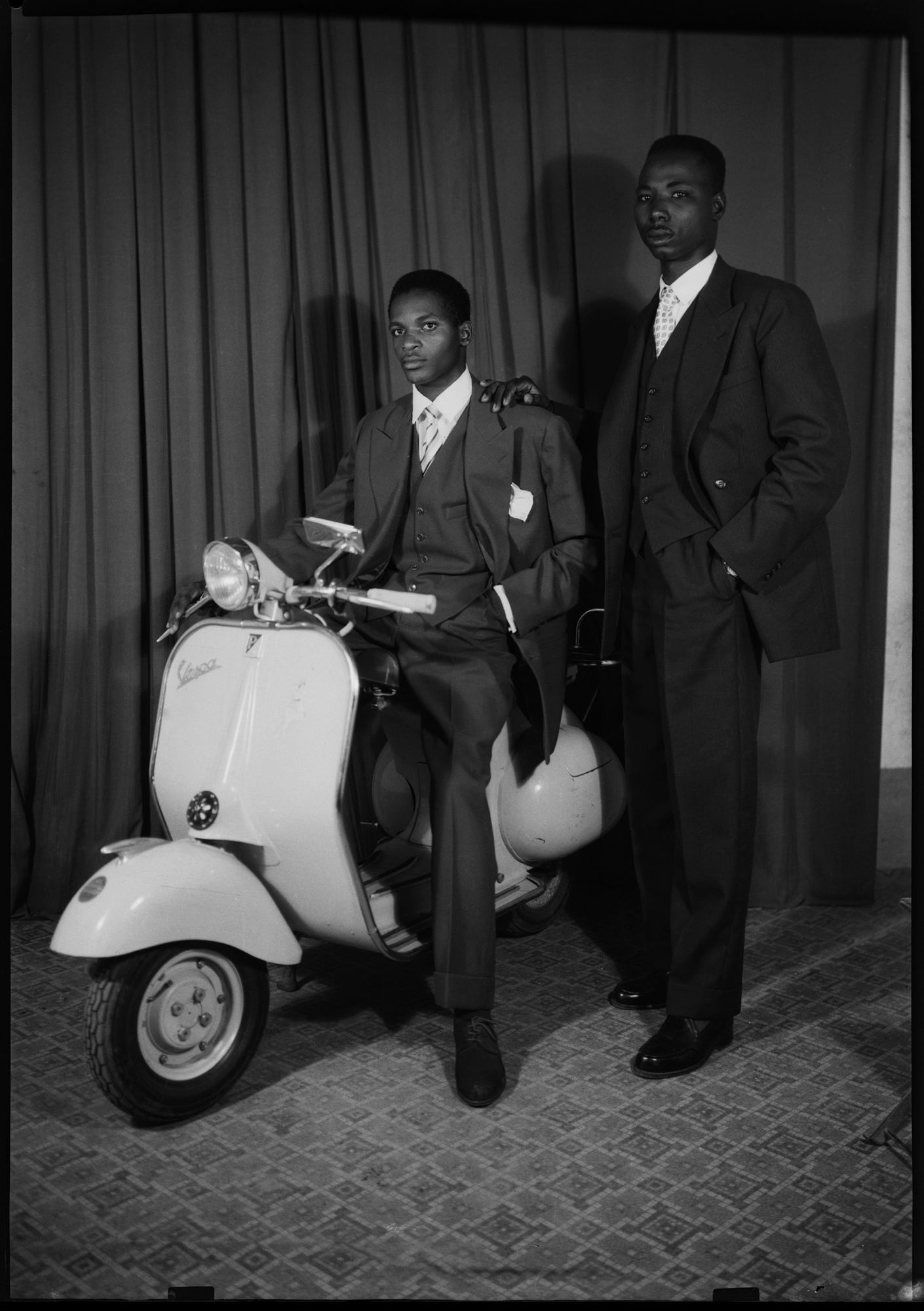
Untitled - 1959/60
60 x 50 cm
Gelatin silver print
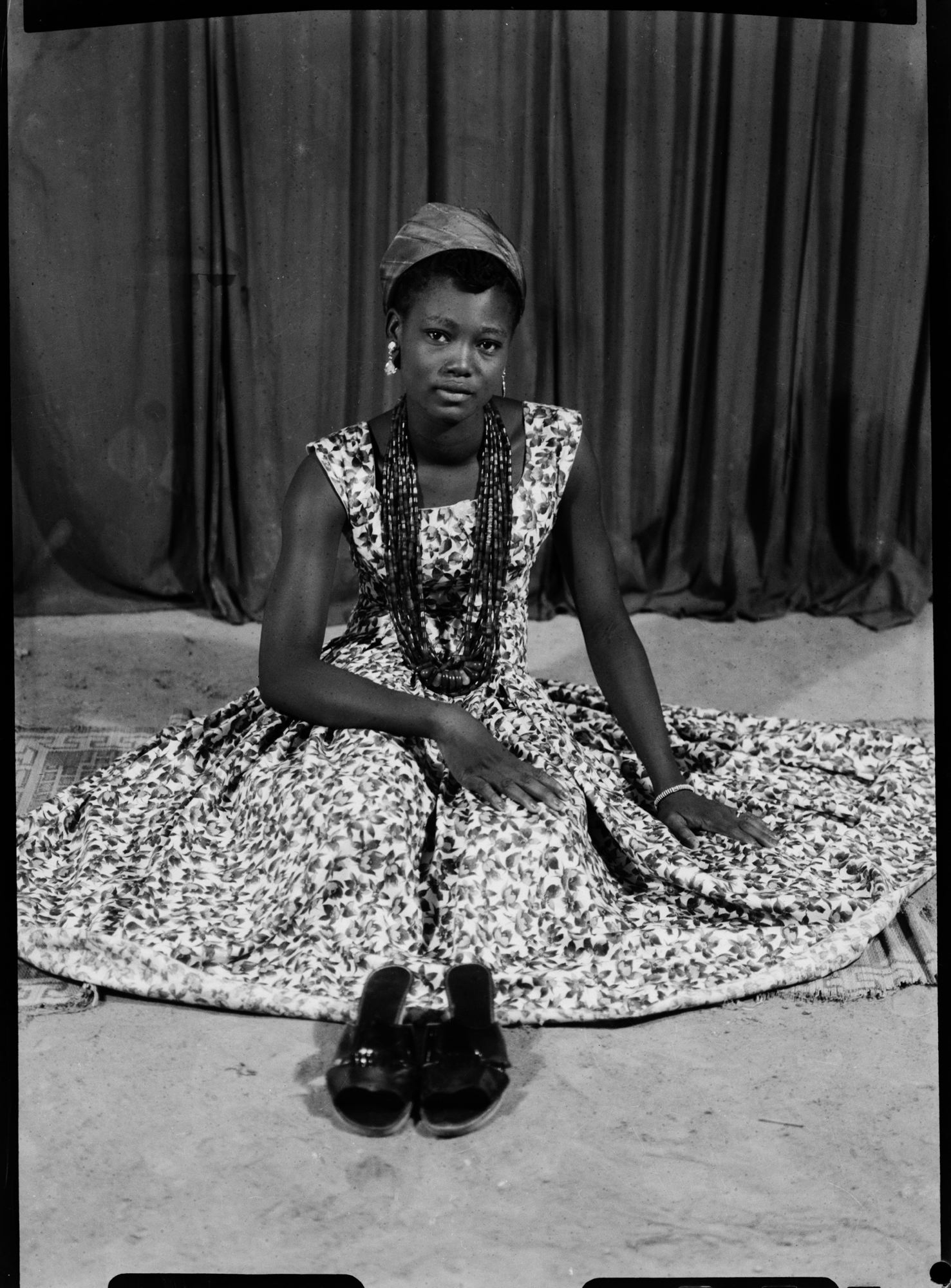
Untitled - 1952/55
60 x 50 cm
Gelatin silver print
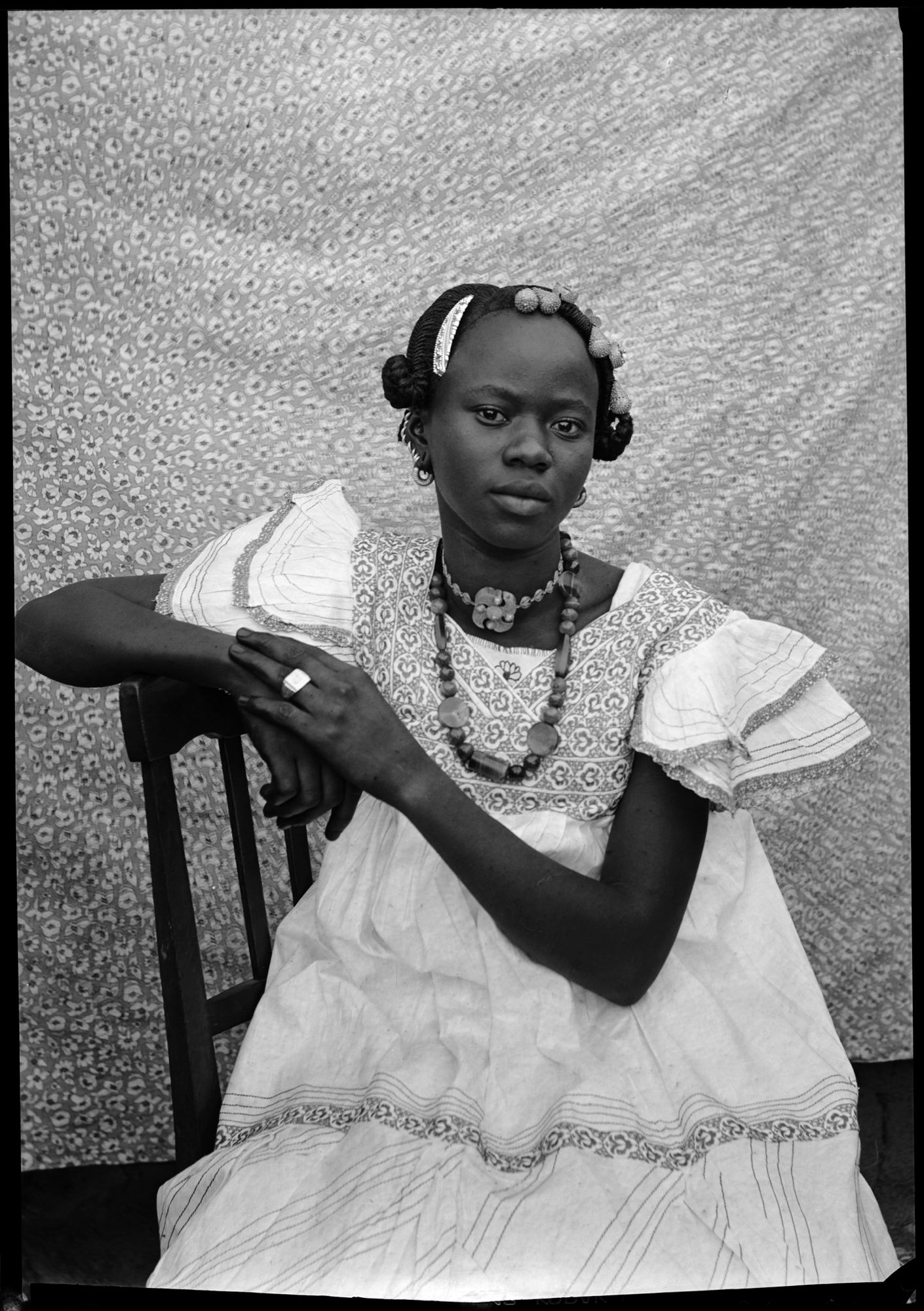
Untitled - 1959
60 x 50 cm
Gelatin silver print
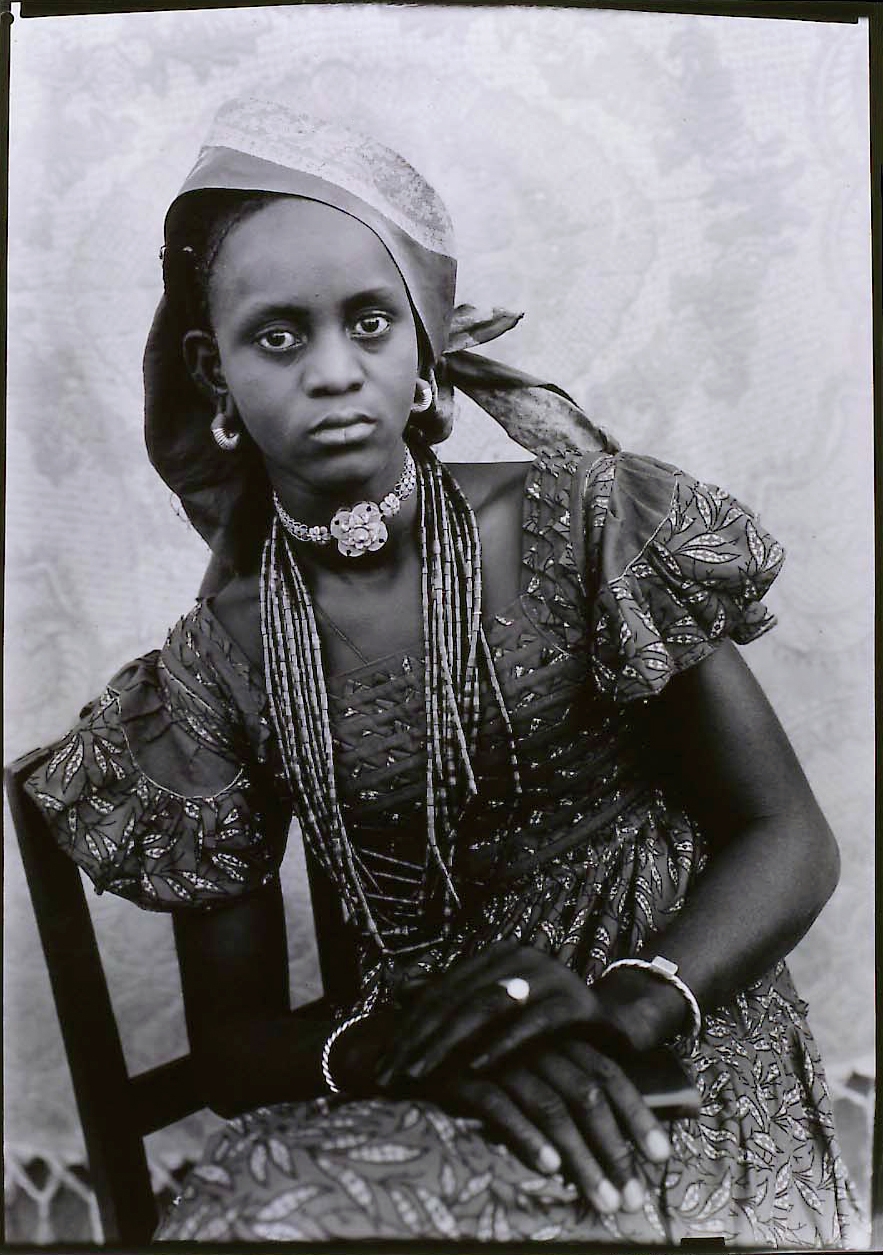
Untitled - 1949/51
60 x 50 cm
Gelatin silver print
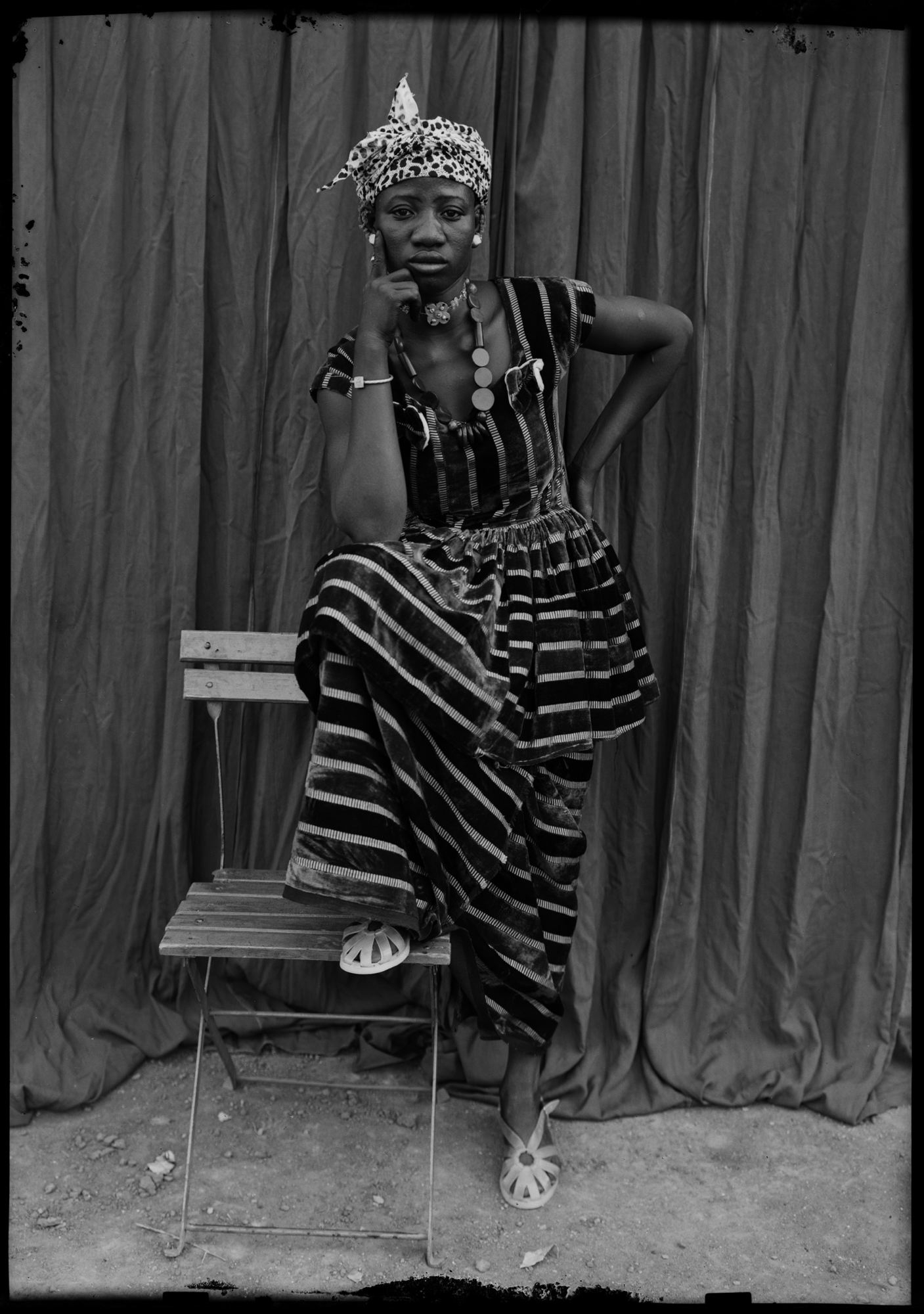
Untitled - 1958/60
60 x 50 cm
Gelatin silver print
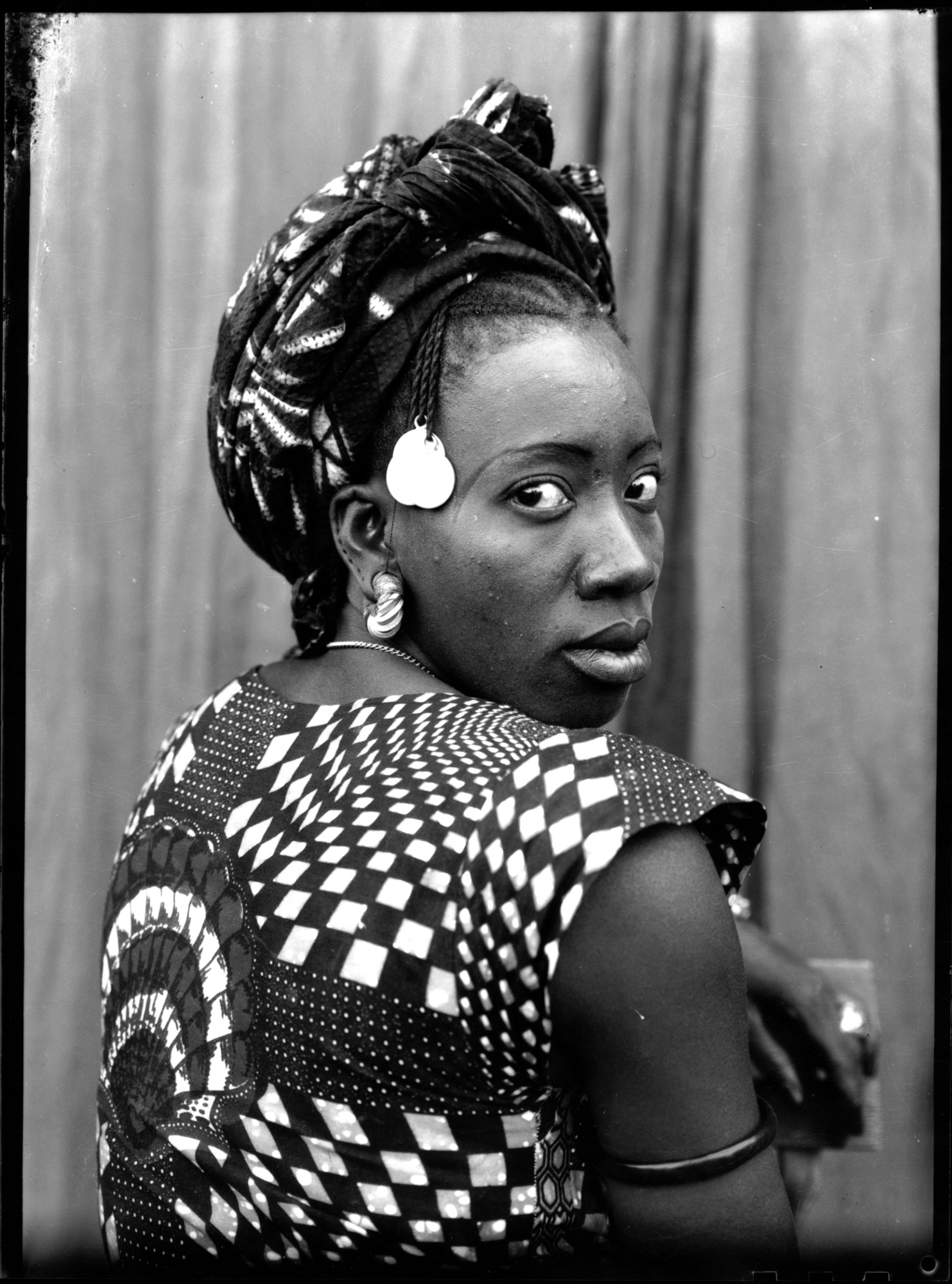
Untitled - 1952/55
60 x 50 cm
Gelatin silver print
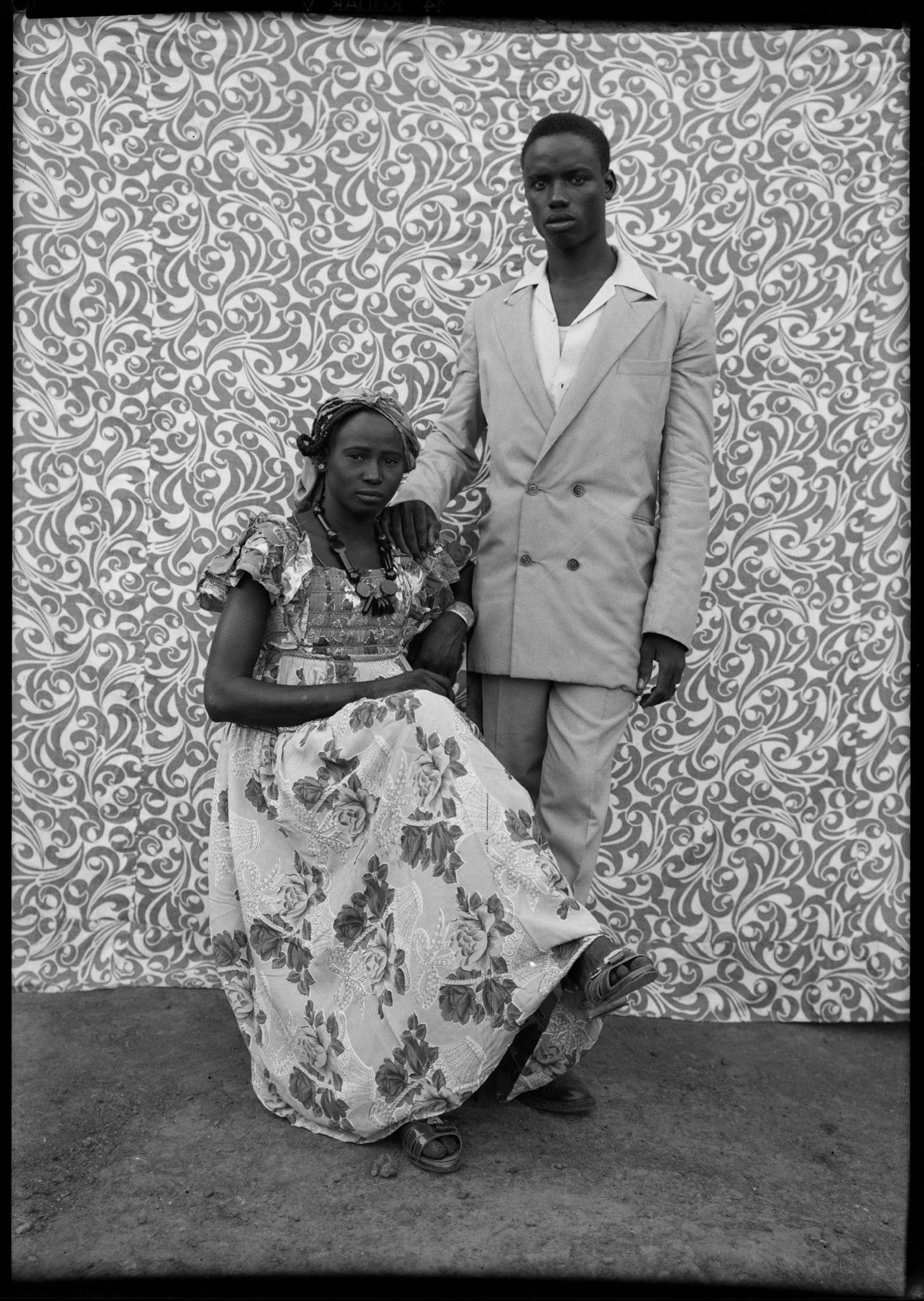
Untitled - 1956/57
60 x 50 cm
Gelatin silver print
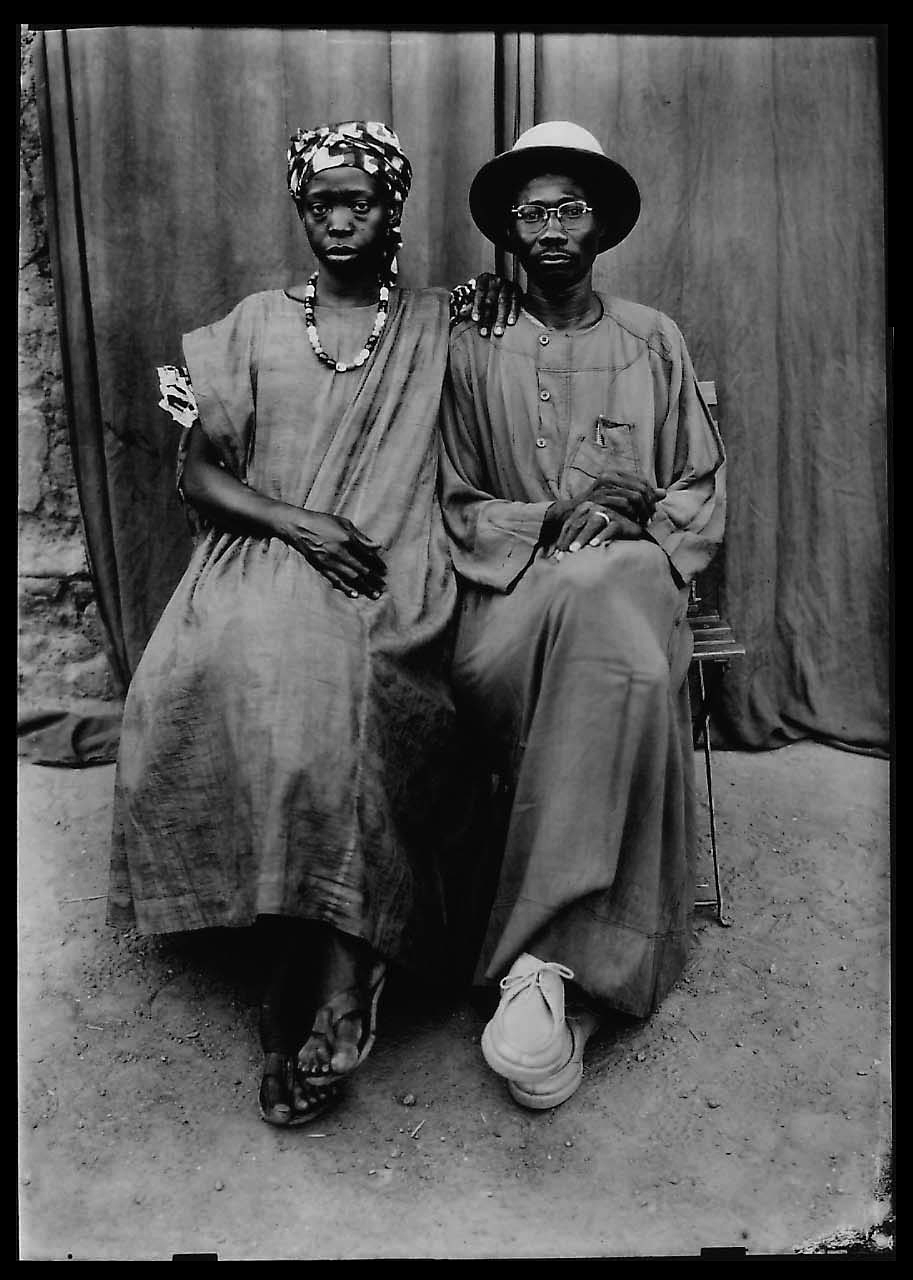
Untitled - 1952/55
60 x 50 cm
Gelatin silver print
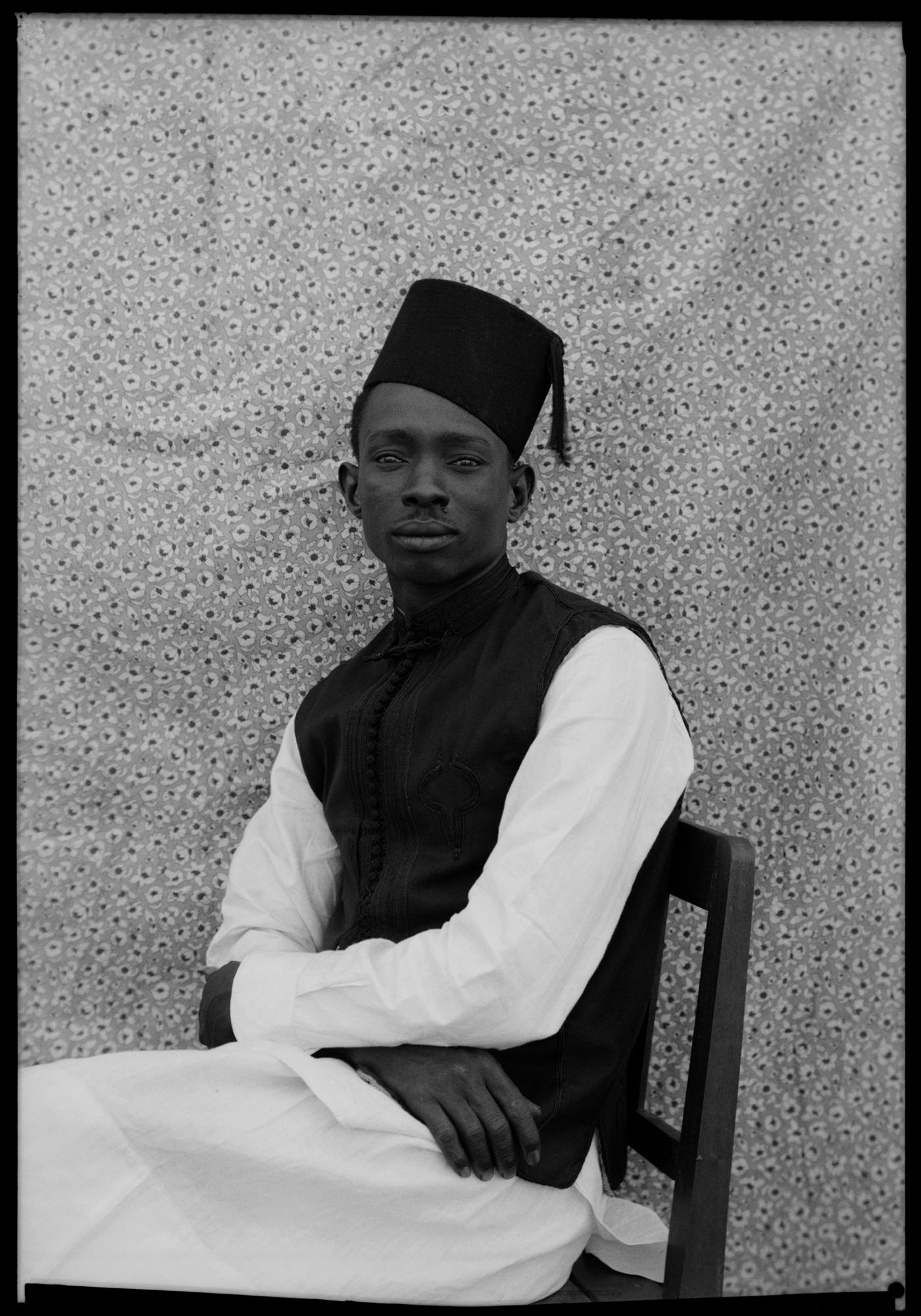
Untitled - 1959
60 x 50 cm
Gelatin silver print
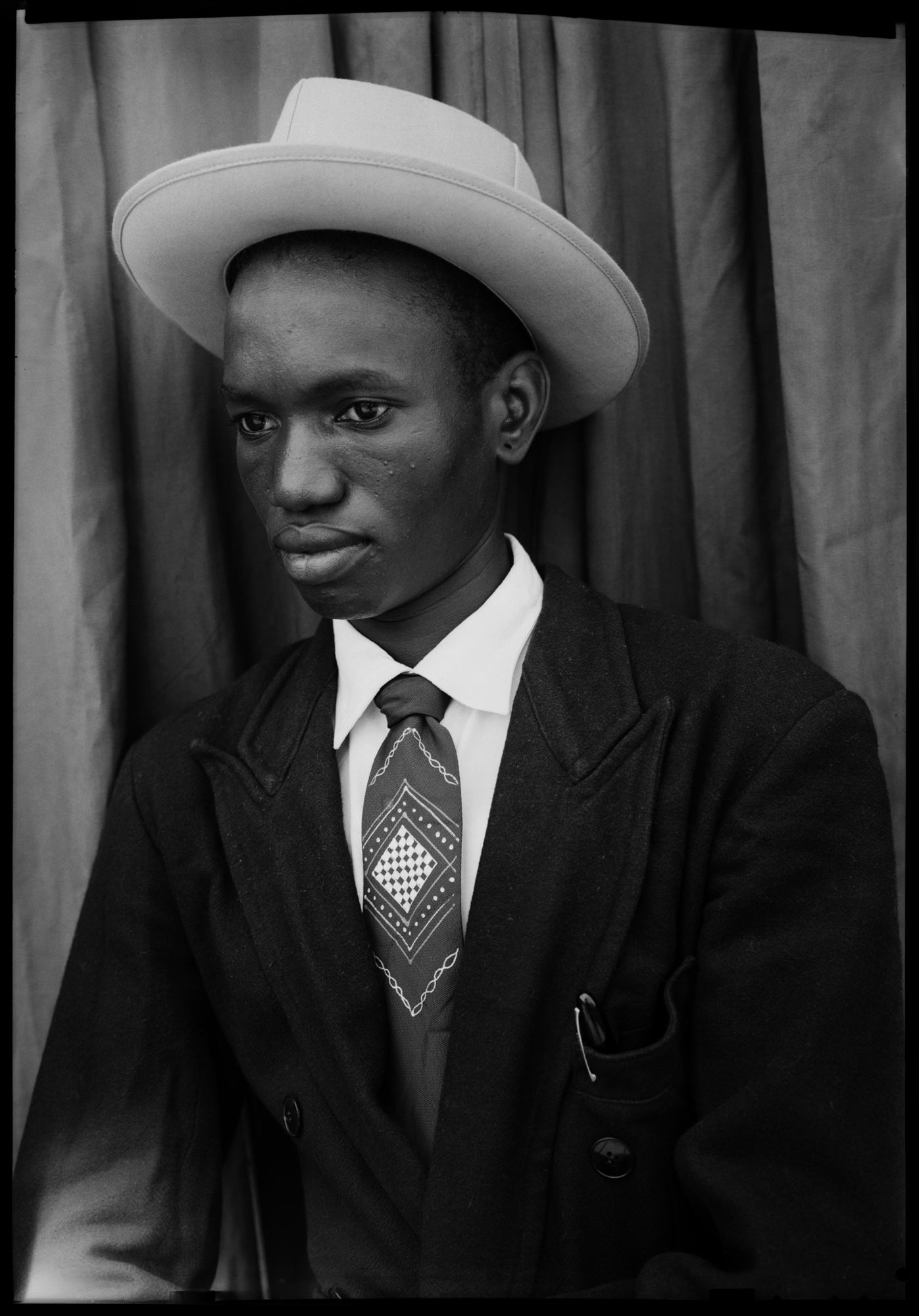
Untitled - 1958/60
60 x 50 cm
Gelatin silver print
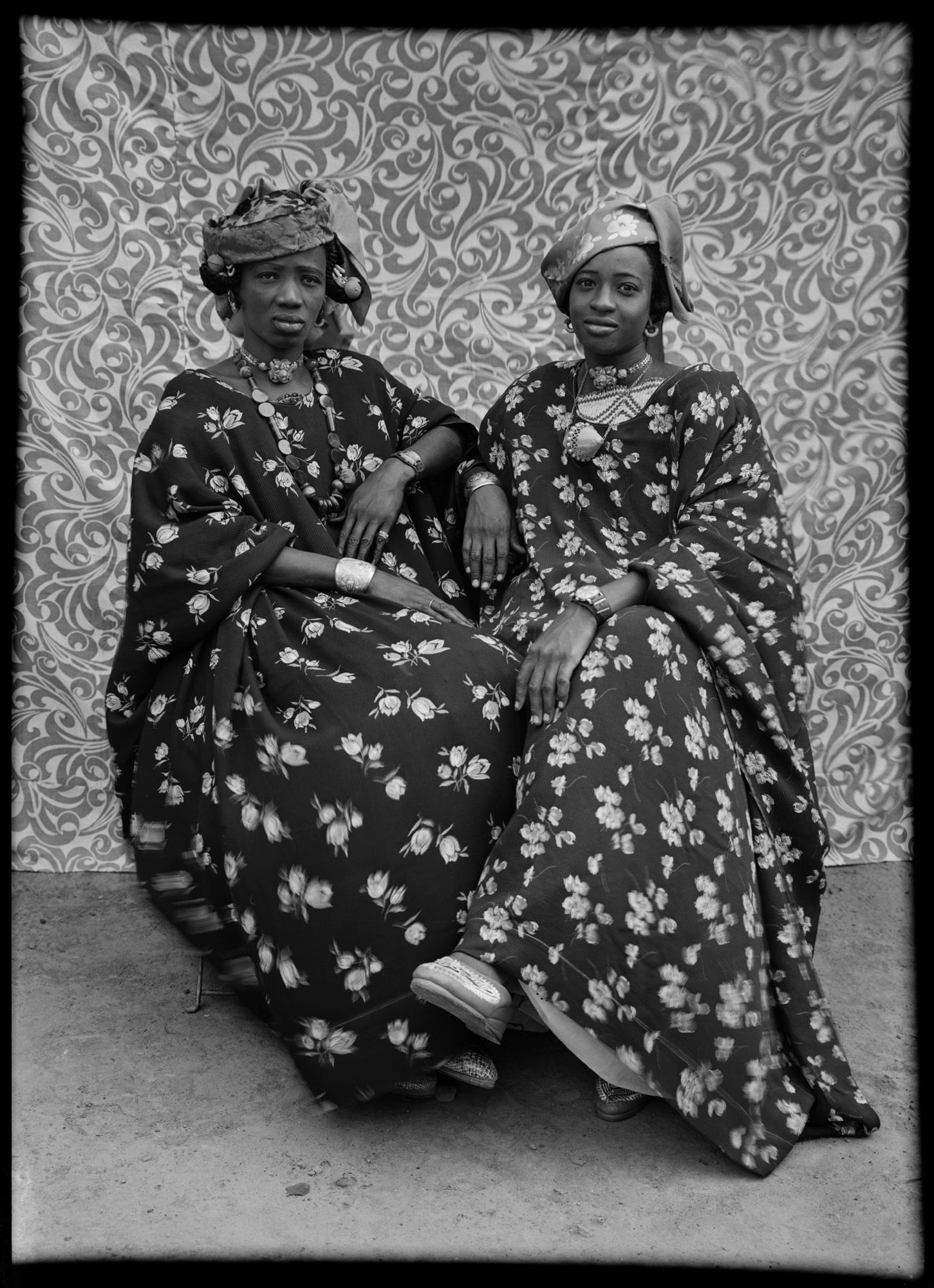
Untitled - 1956
60 x 50 cm
Gelatin silver print
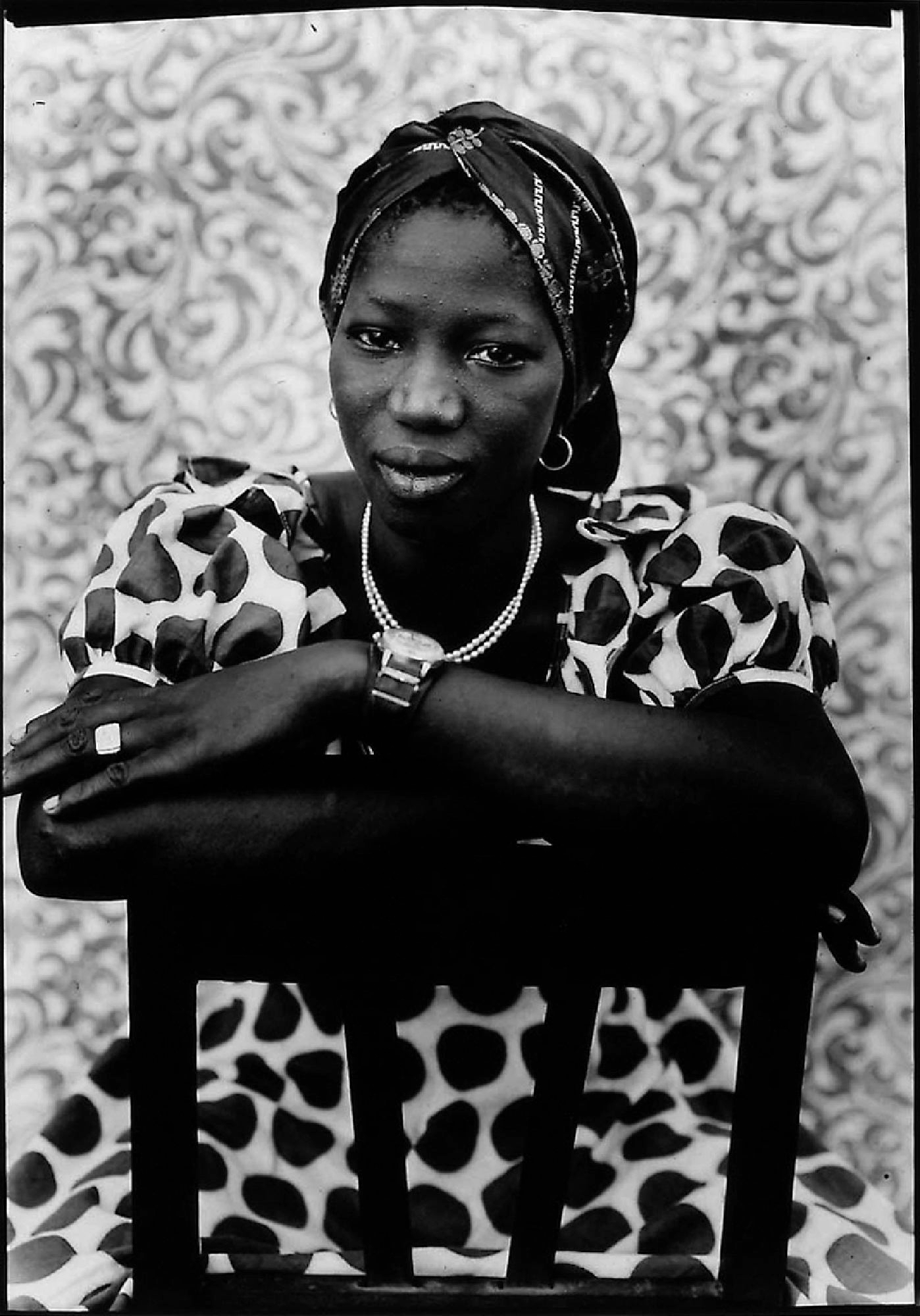
Untitled - 1956
60 x 50 cm
Gelatin silver print
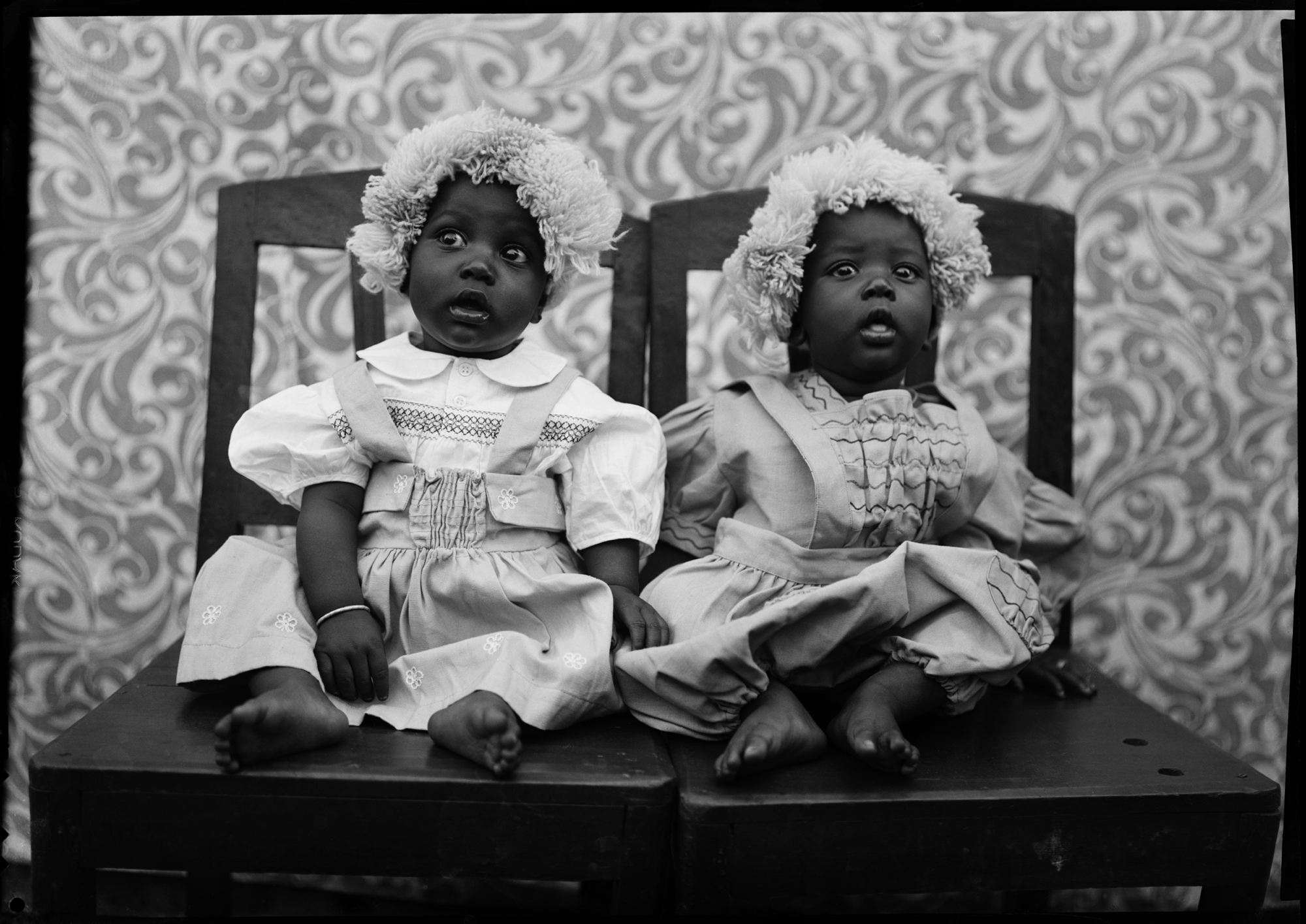
Untitled - 1952/55
50 x 60 cm
Gelatin silver print
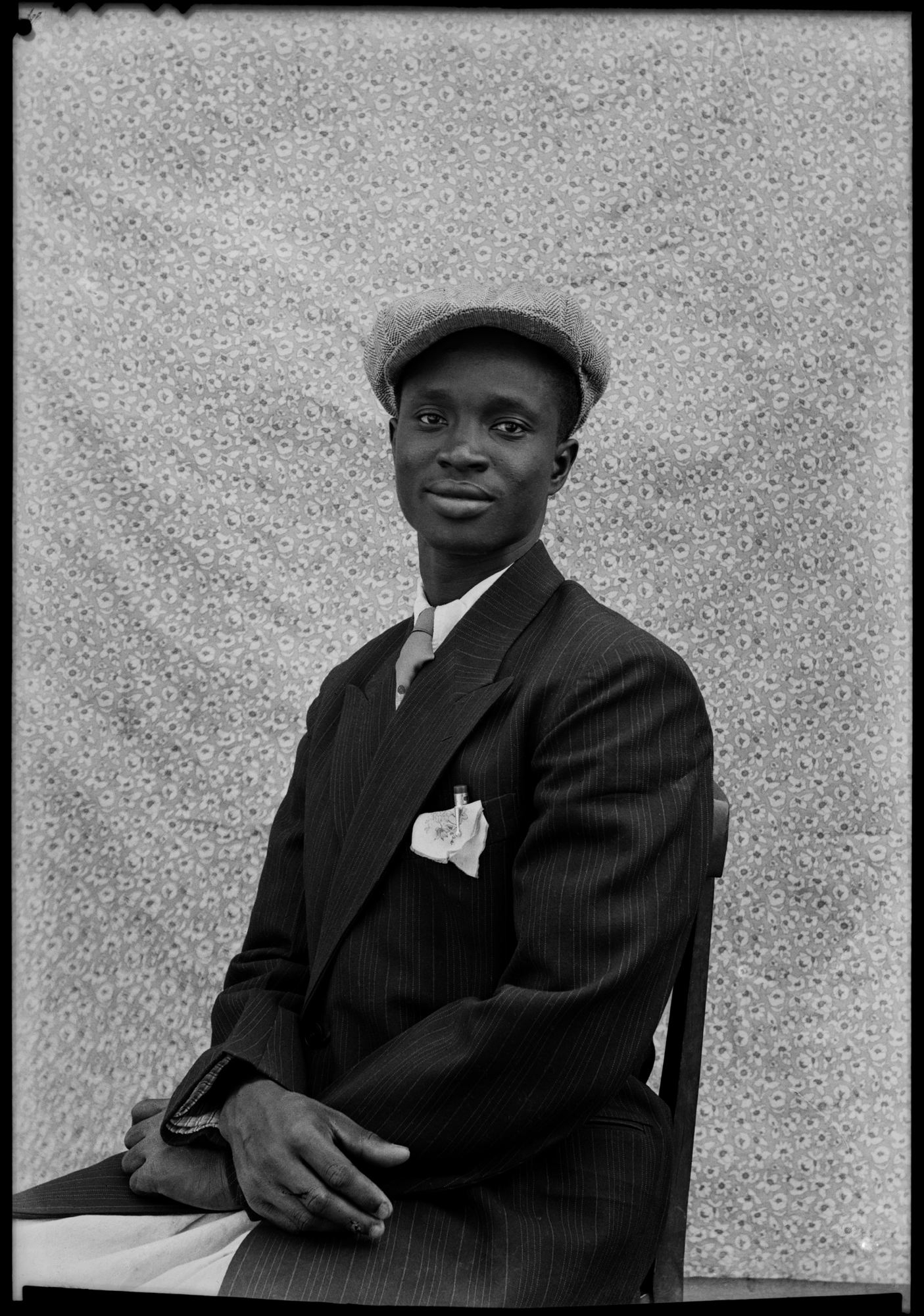
Untitled - 1959
60 x 50 cm
Gelatin silver print
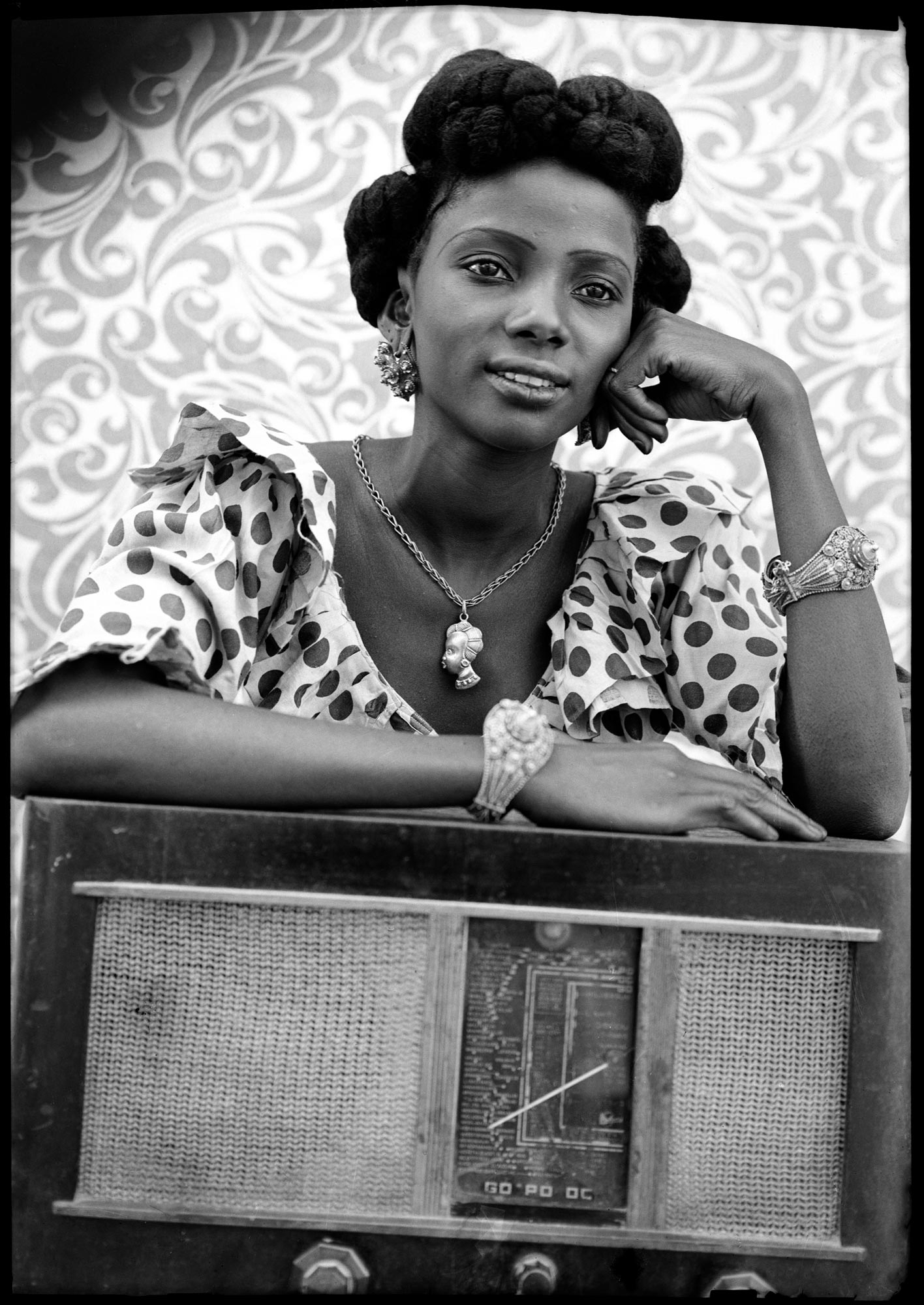
Untitled - 1956/57
60 x 50 cm
Gelatin silver print
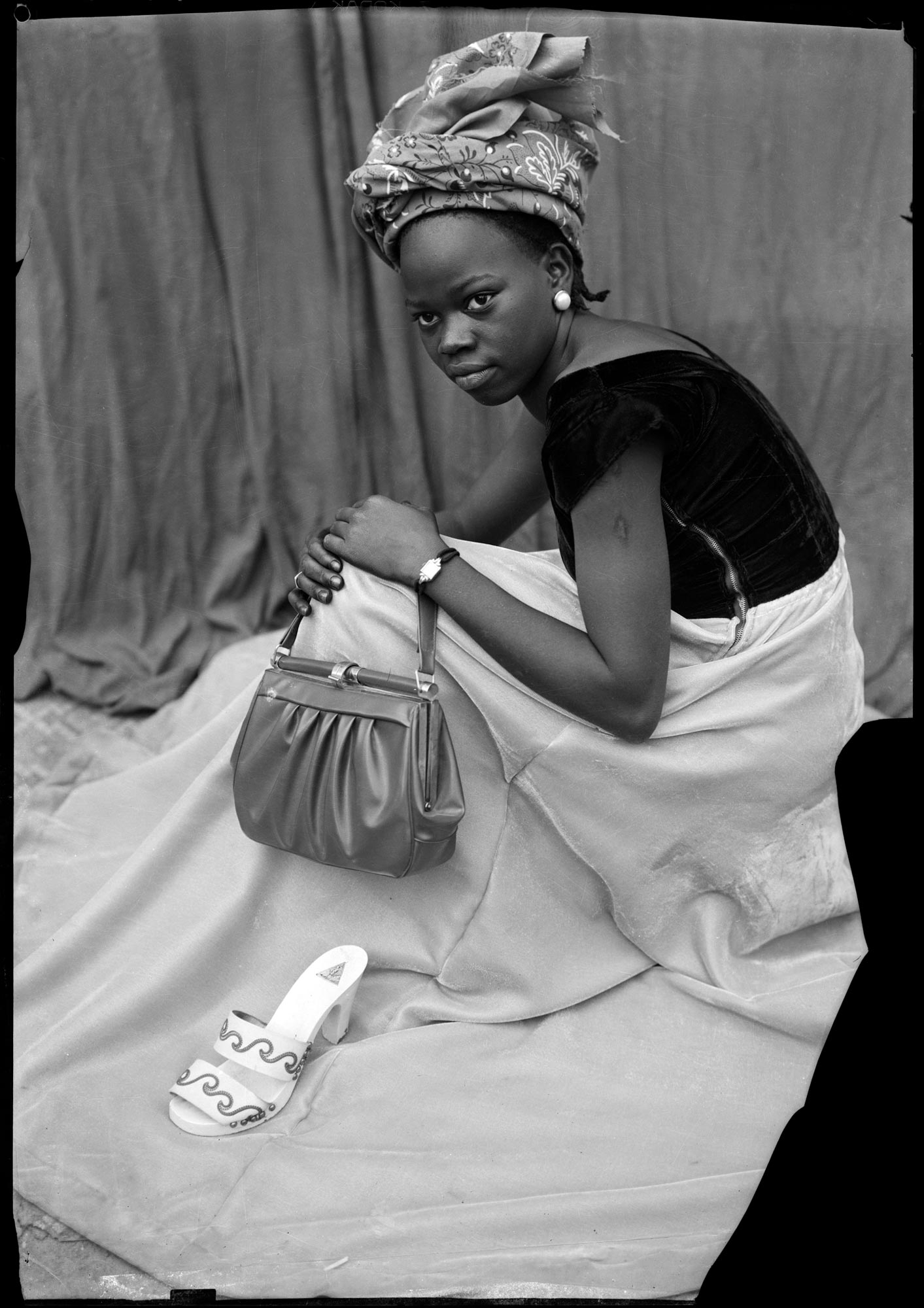
Untitled - 1952/55
60 x 50 cm
Gelatin silver print
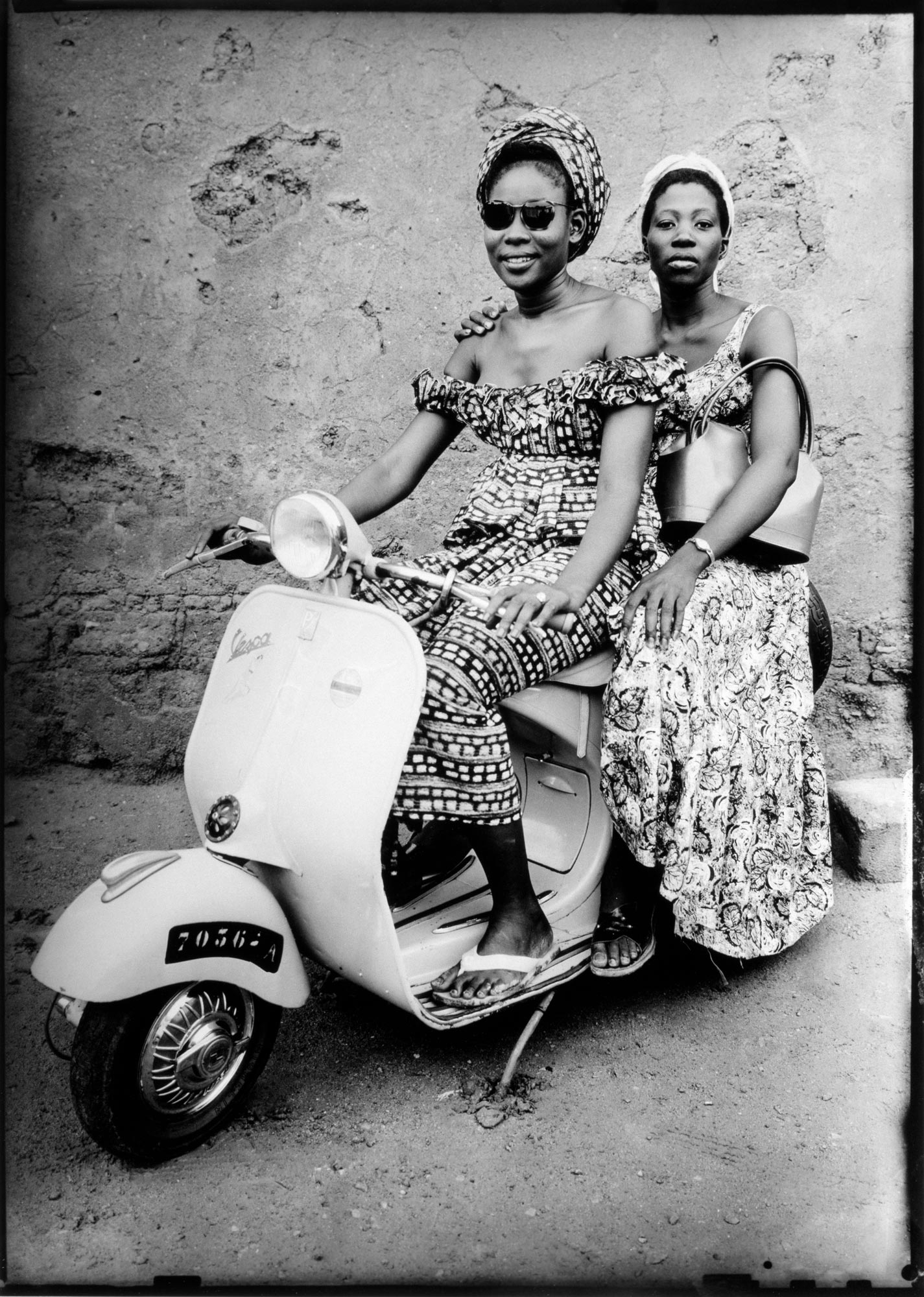
Untitled - 1953
60 x 50 cm
Gelatin silver print
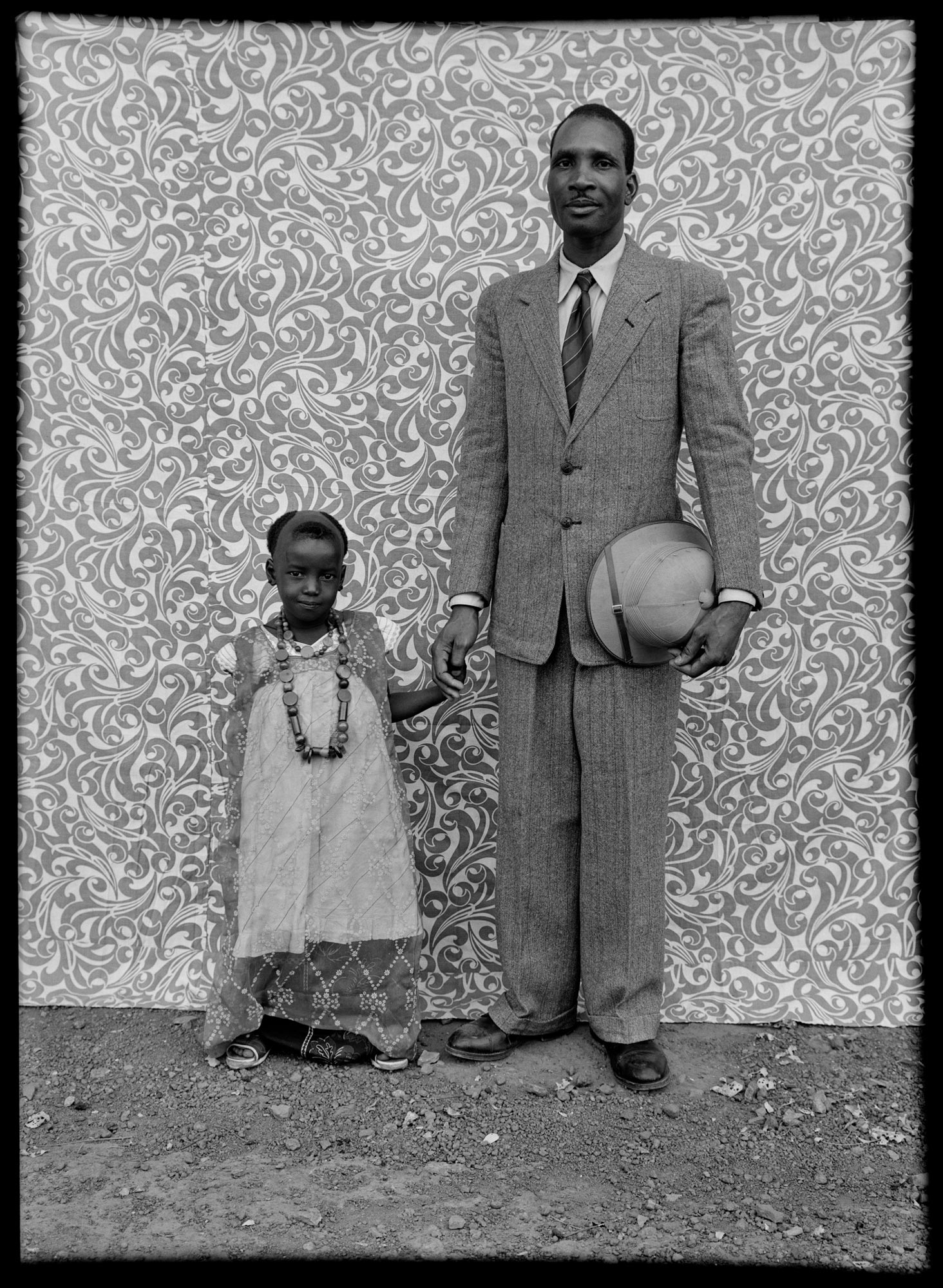
Untitled - 1956/57
60 x 50 cm
Gelatin silver print
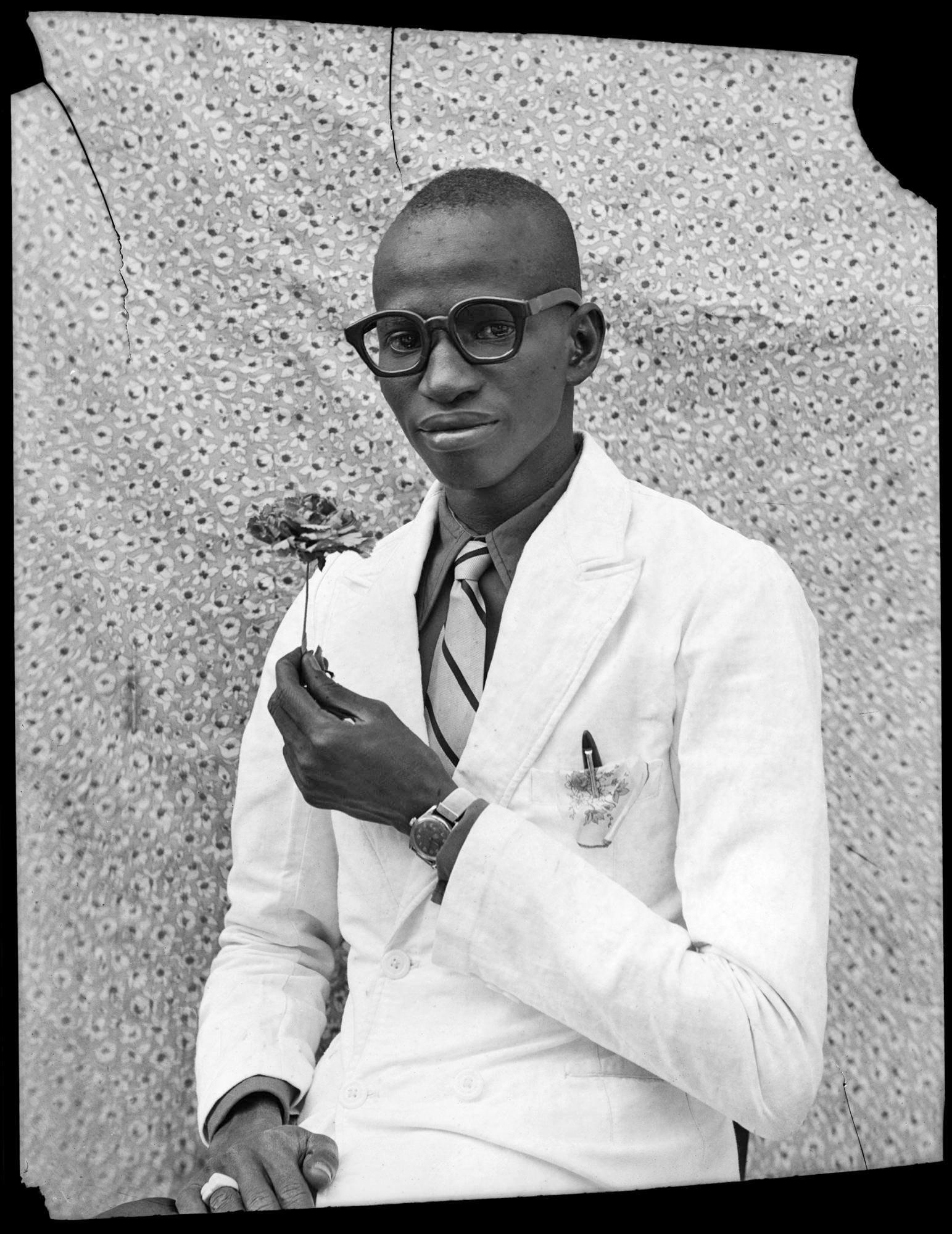
Untitled - 1952/55
60 x 50 cm
Gelatin silver print
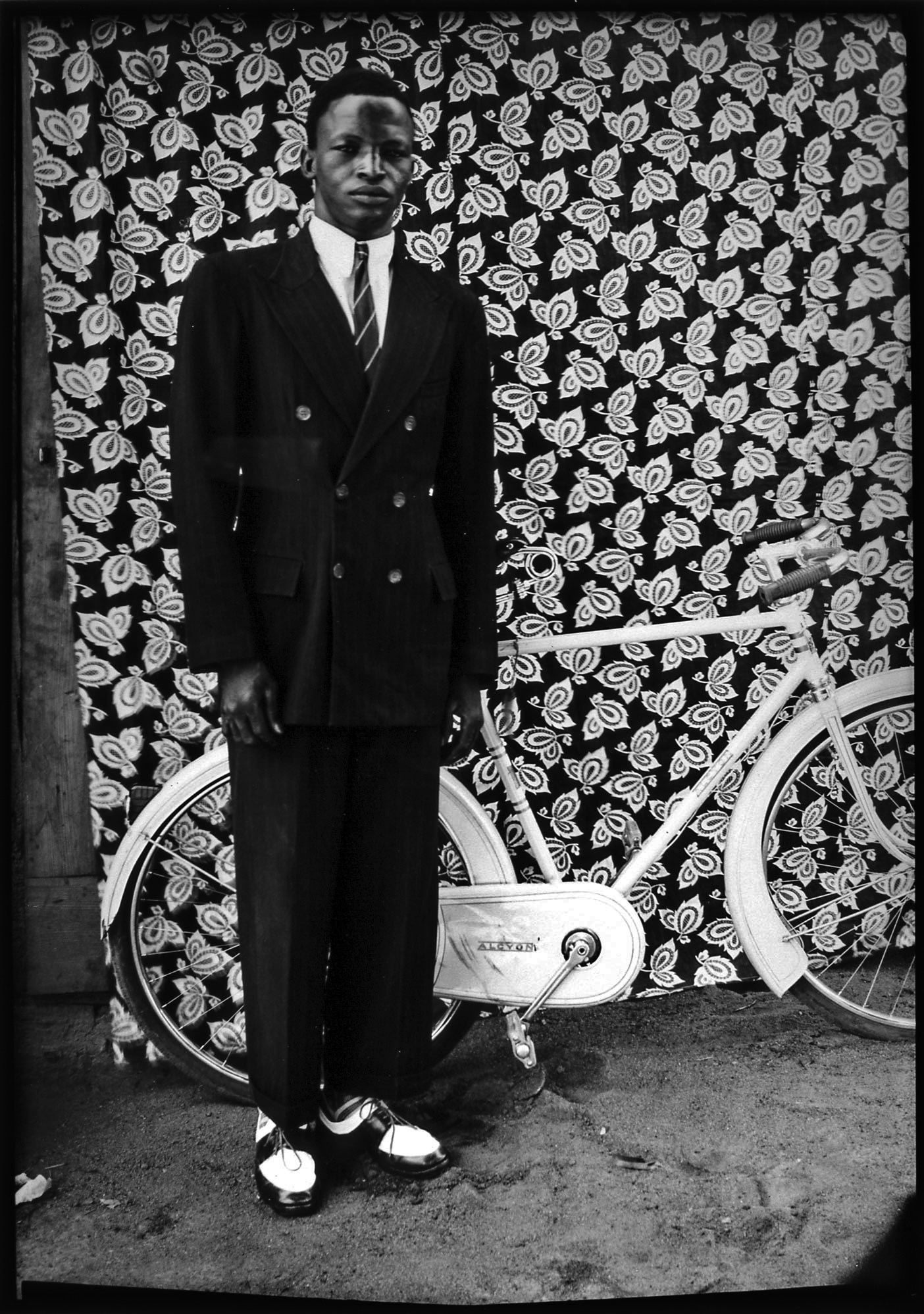
Untitled - 1958
60 x 50 cm
Gelatin silver print
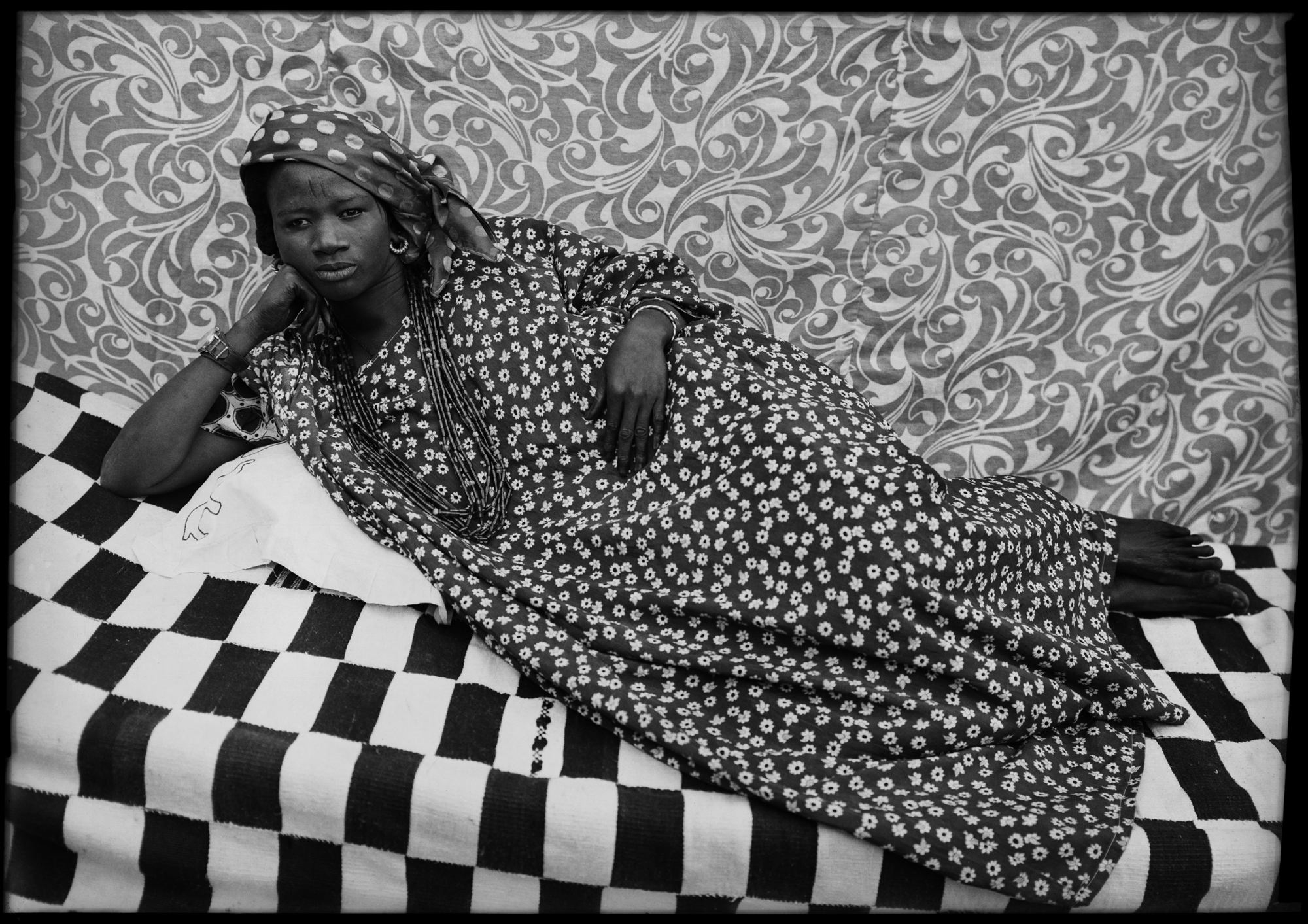
Untitled - 1956/57
50 x 60 cm
Modern gelatin silver print
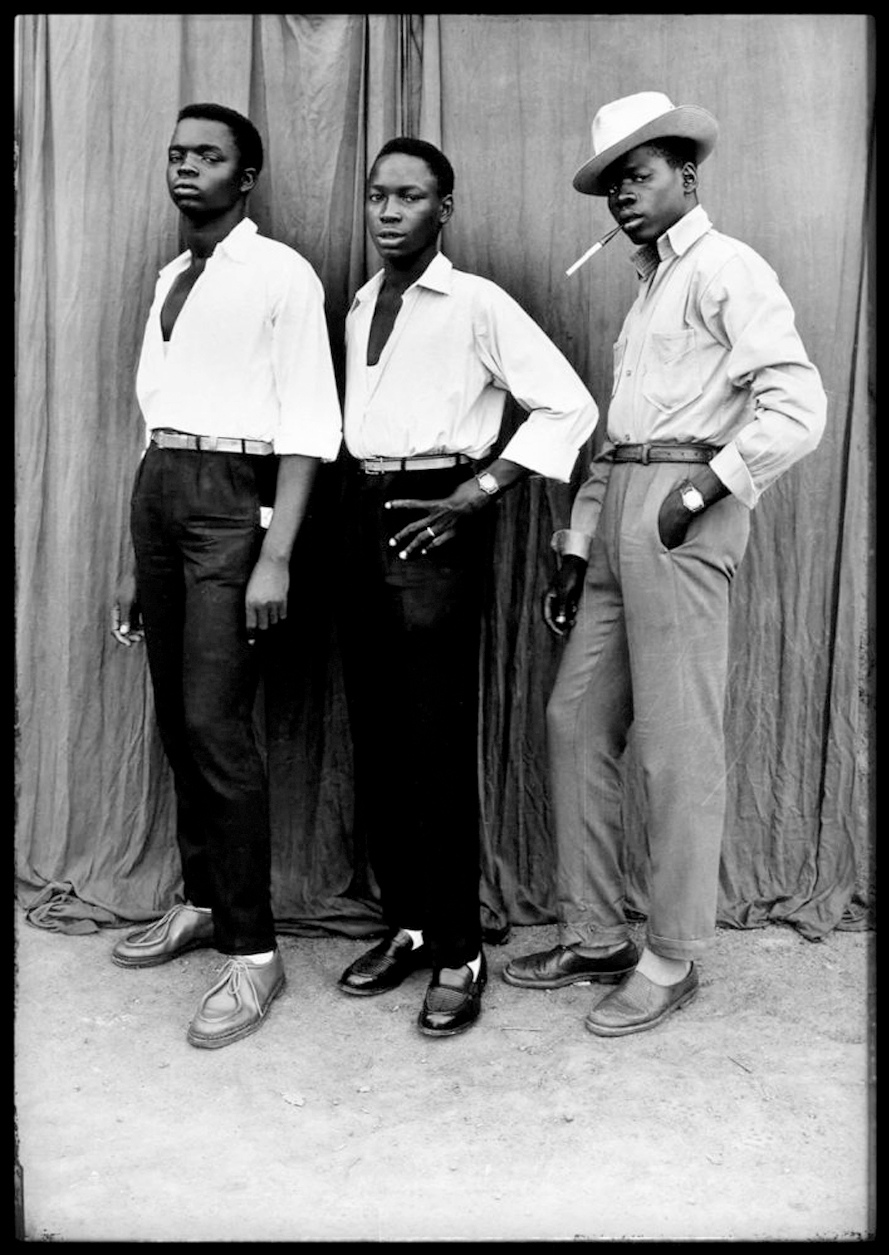
Untitled - 1952/55
60 x 50 cm
Gelatin silver print
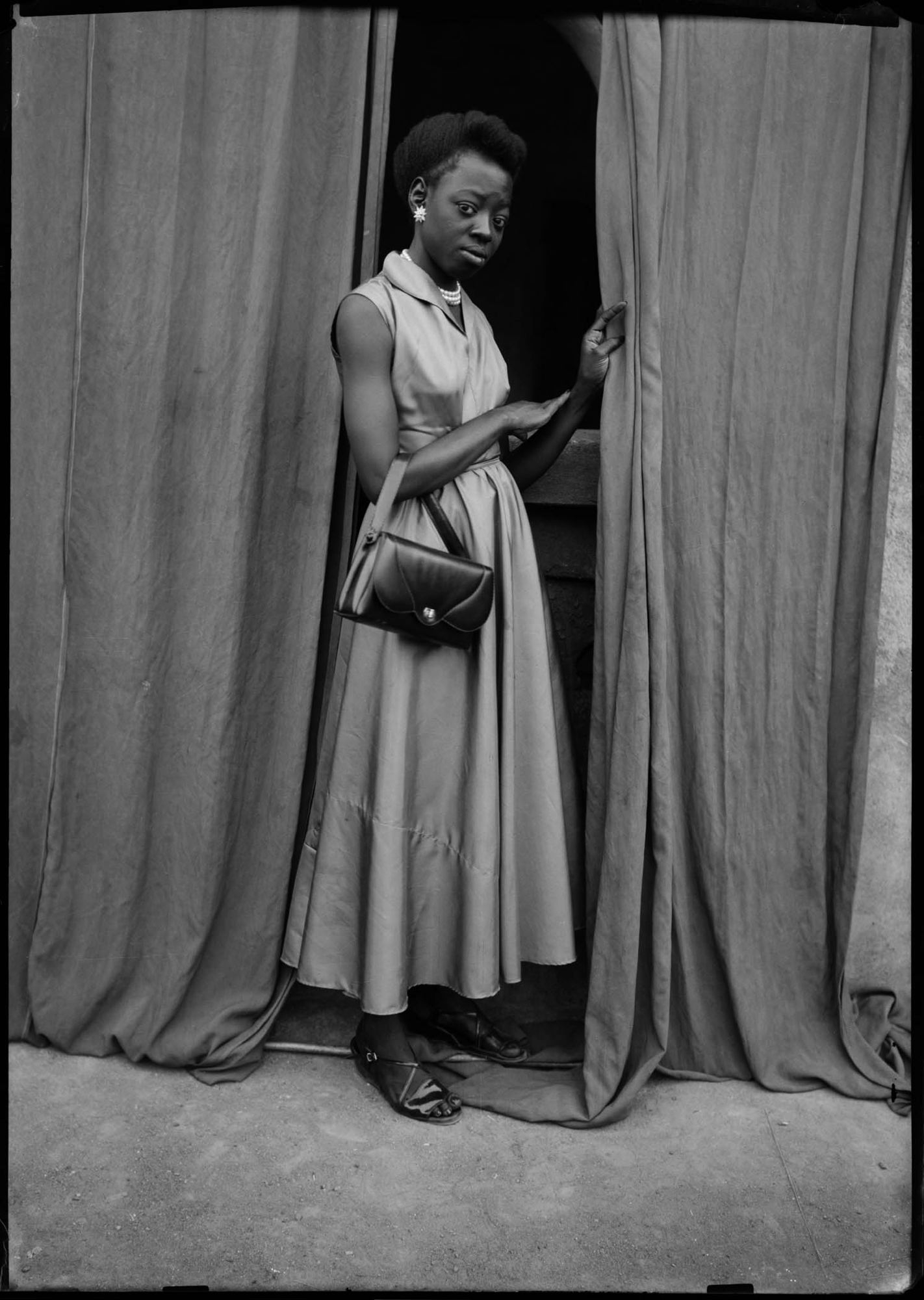
Untitled - 1952/55
60 x 50 cm
Gelatin silver print
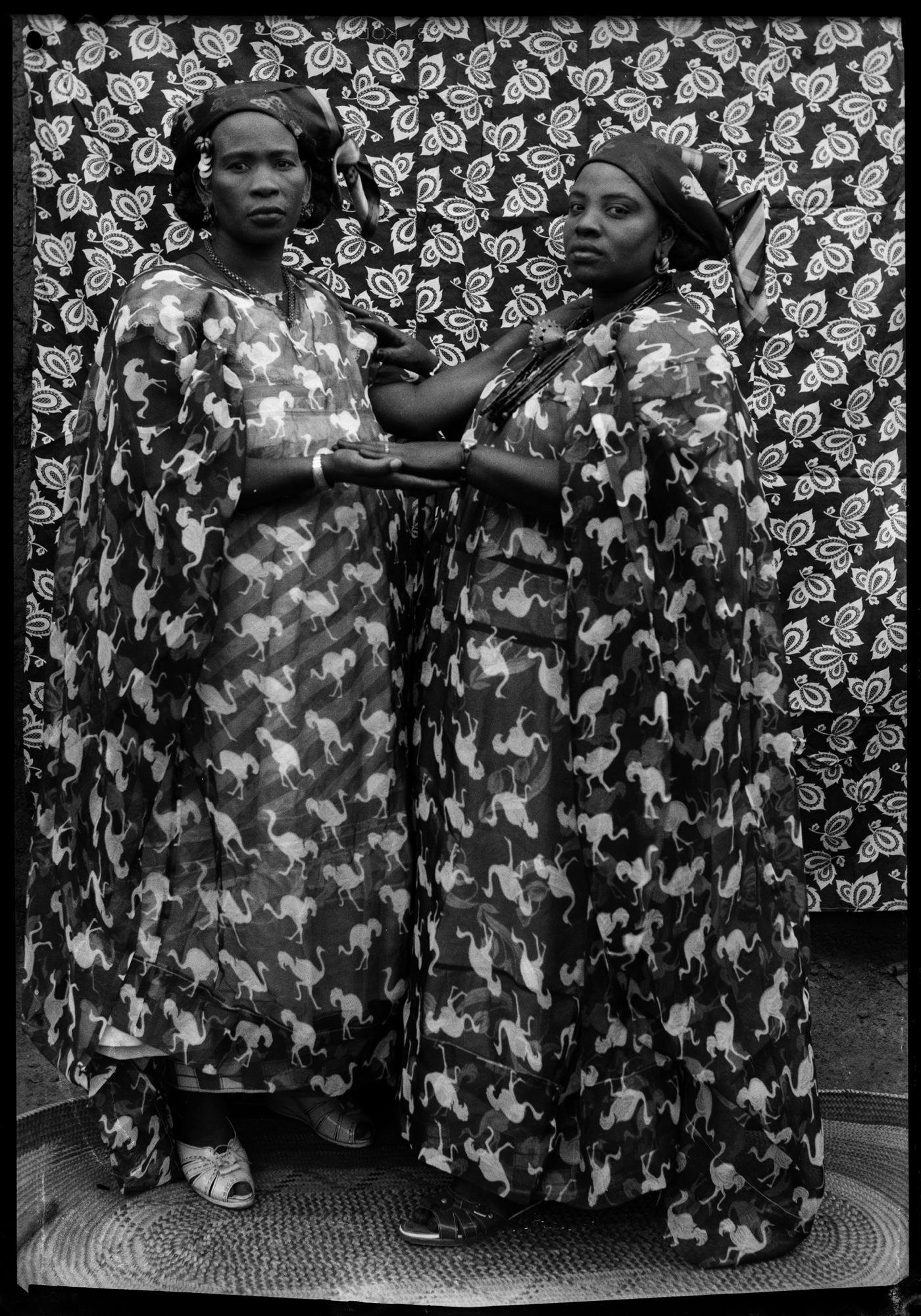
Untitled - 1959
60 x 50 cm
Gelatin silver print
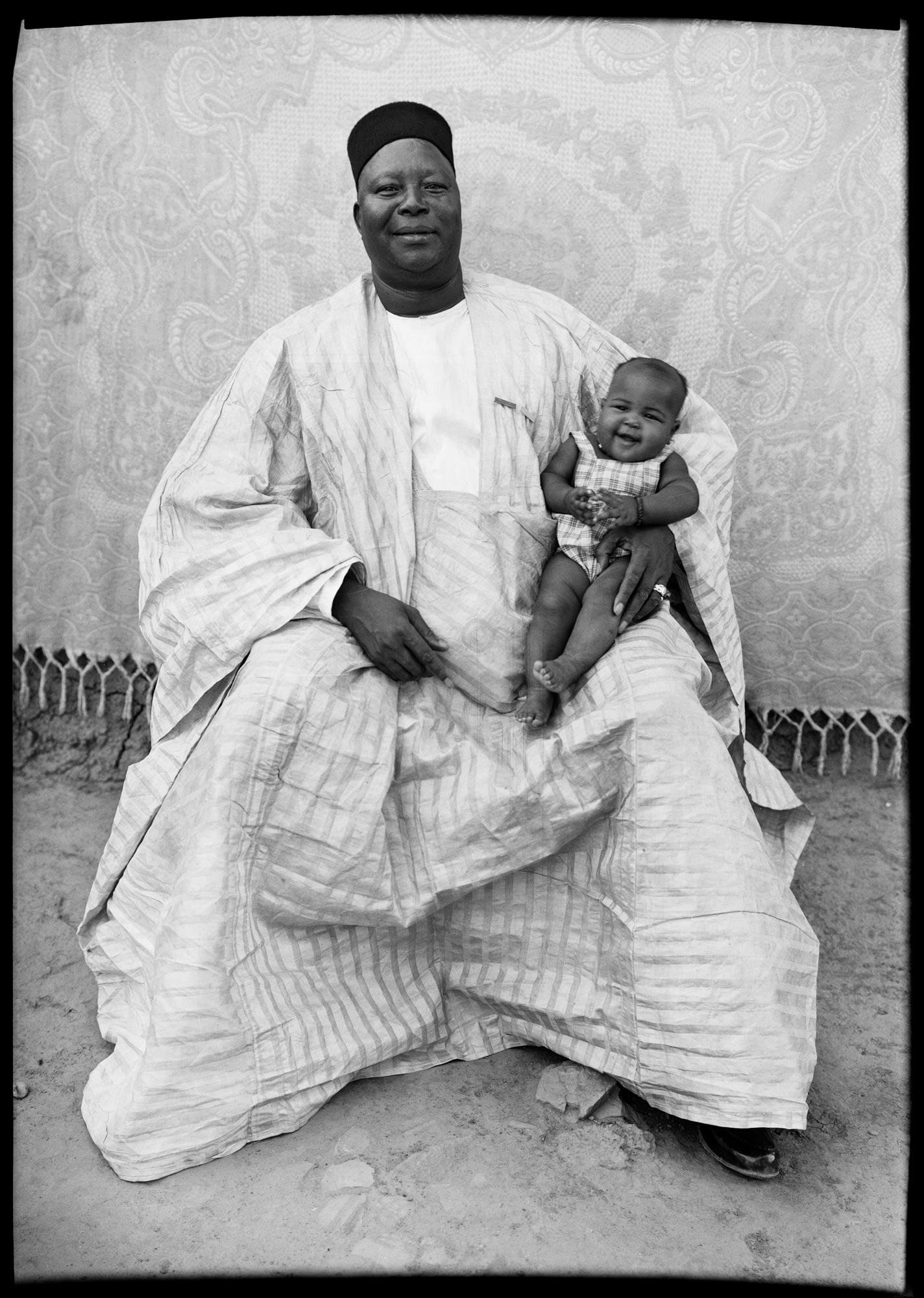
Untitled - 1949/51
60 x 50 cm
Modern gelatin silver print
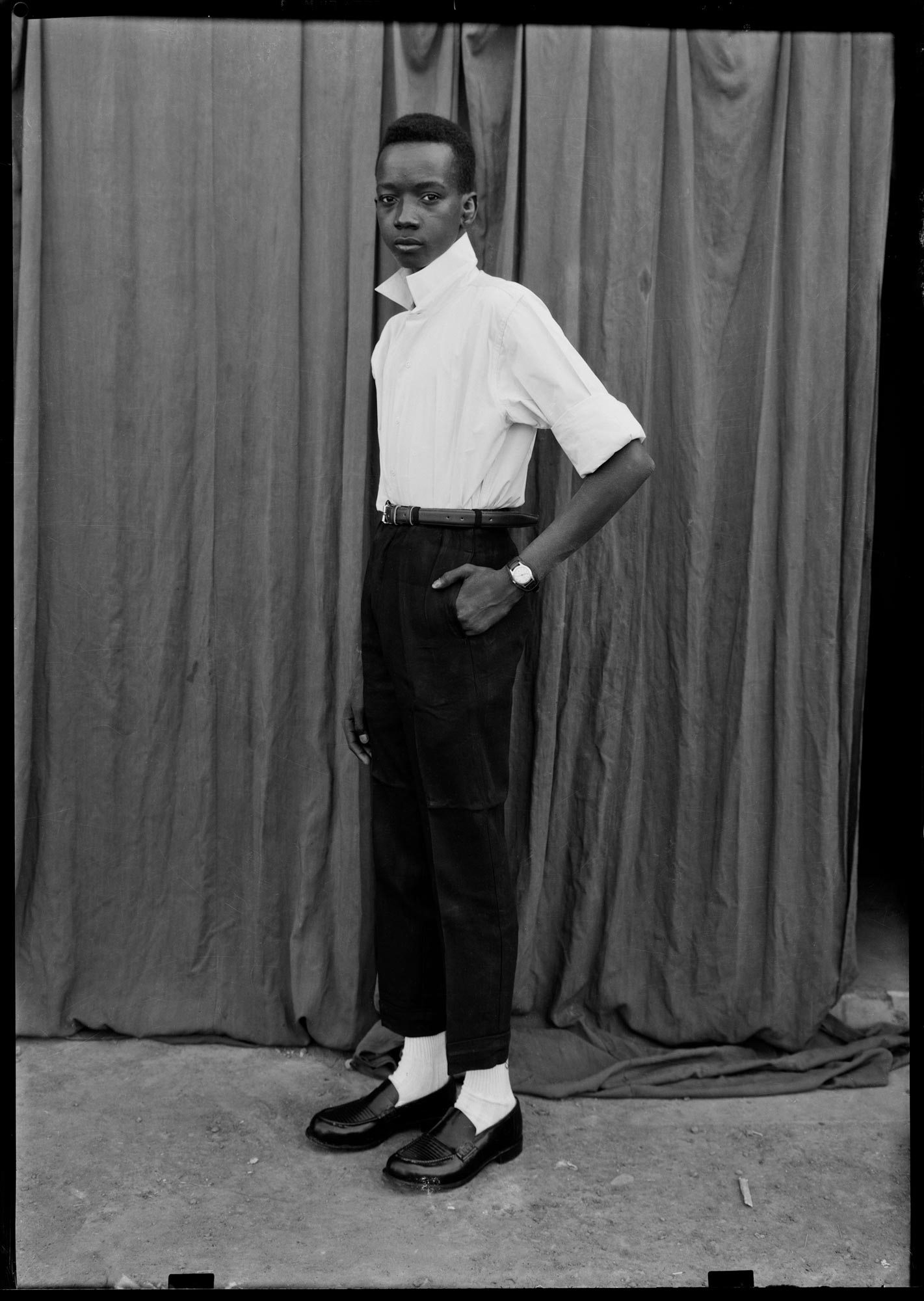
Untitled - 1952/55
60 x 50 cm
Gelatin silver print
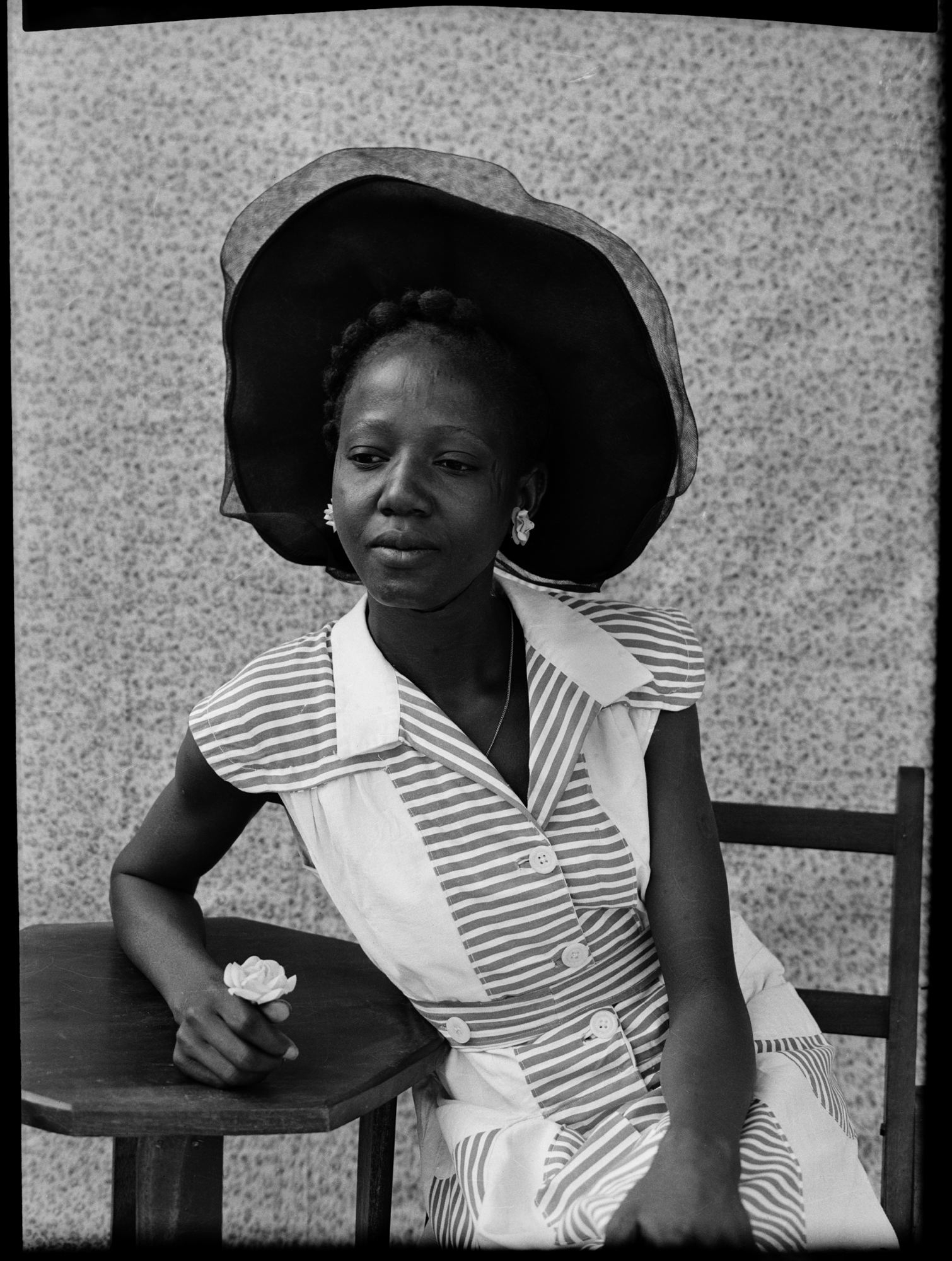
Untitled - 1959
60 x 50 cm
Gelatin silver print
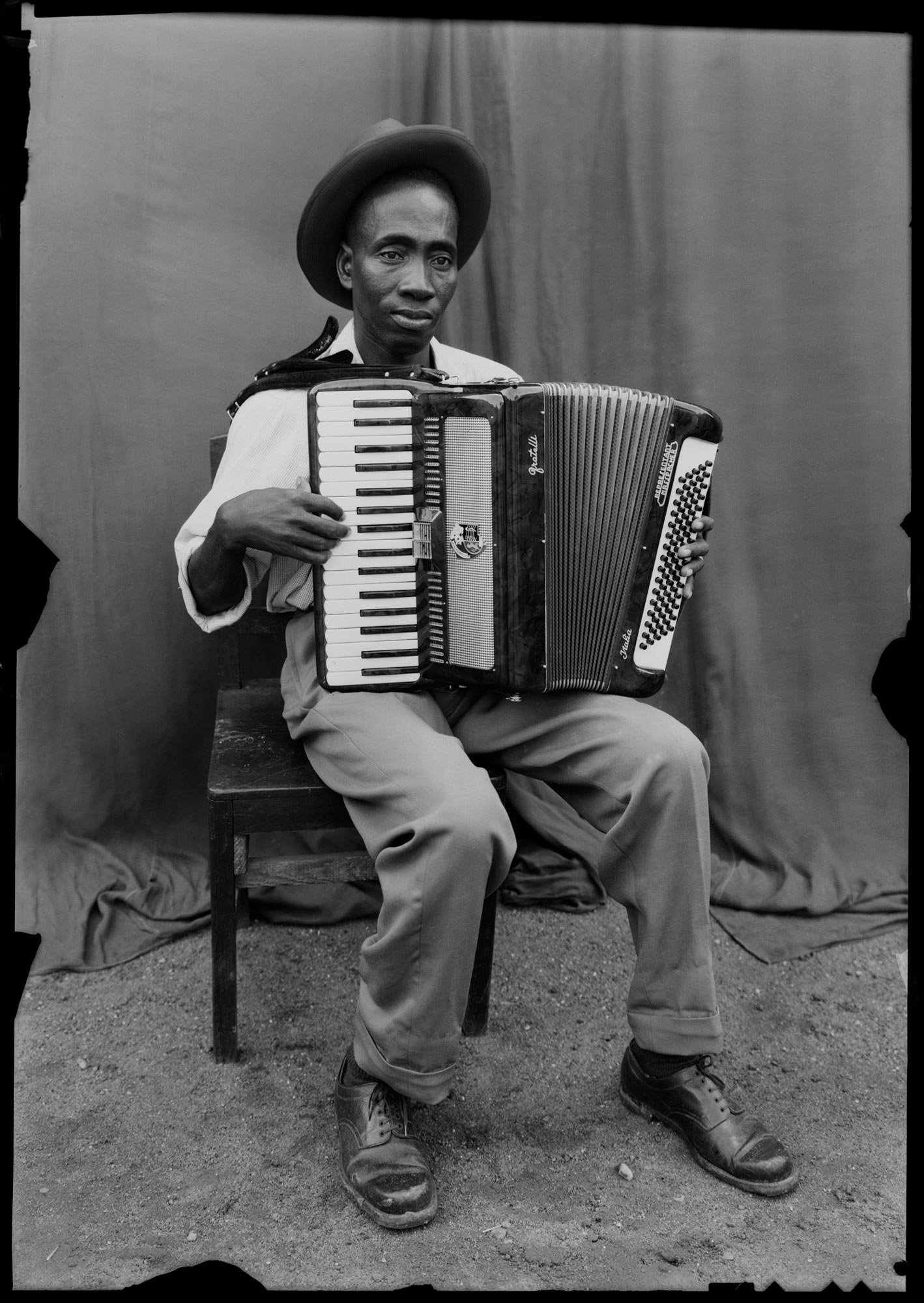
Untitled - 1952/55
60 x 50 cm
Gelatin silver print
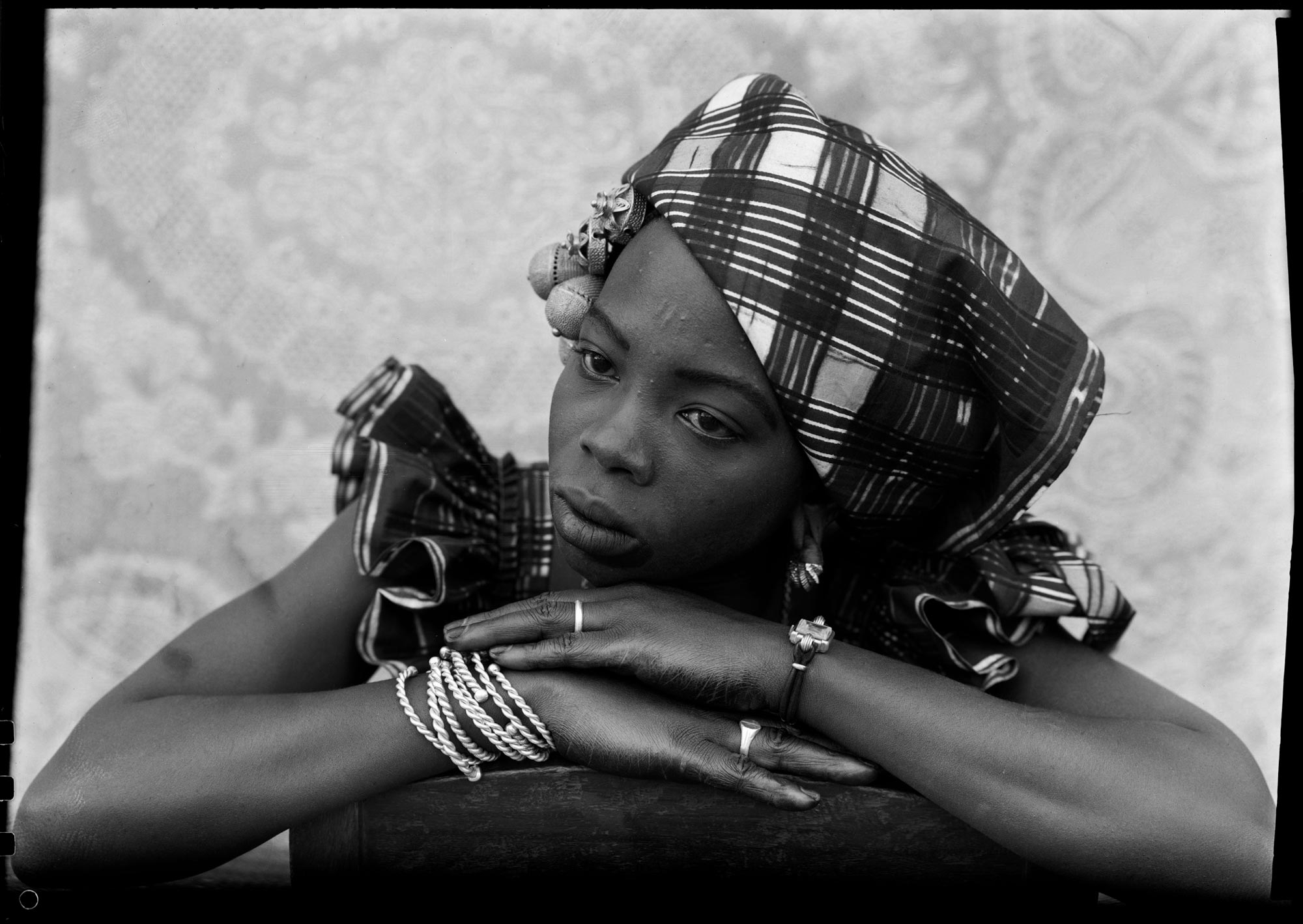
Untitled - 1949/51
50 x 60 cm
Gelatin silver print
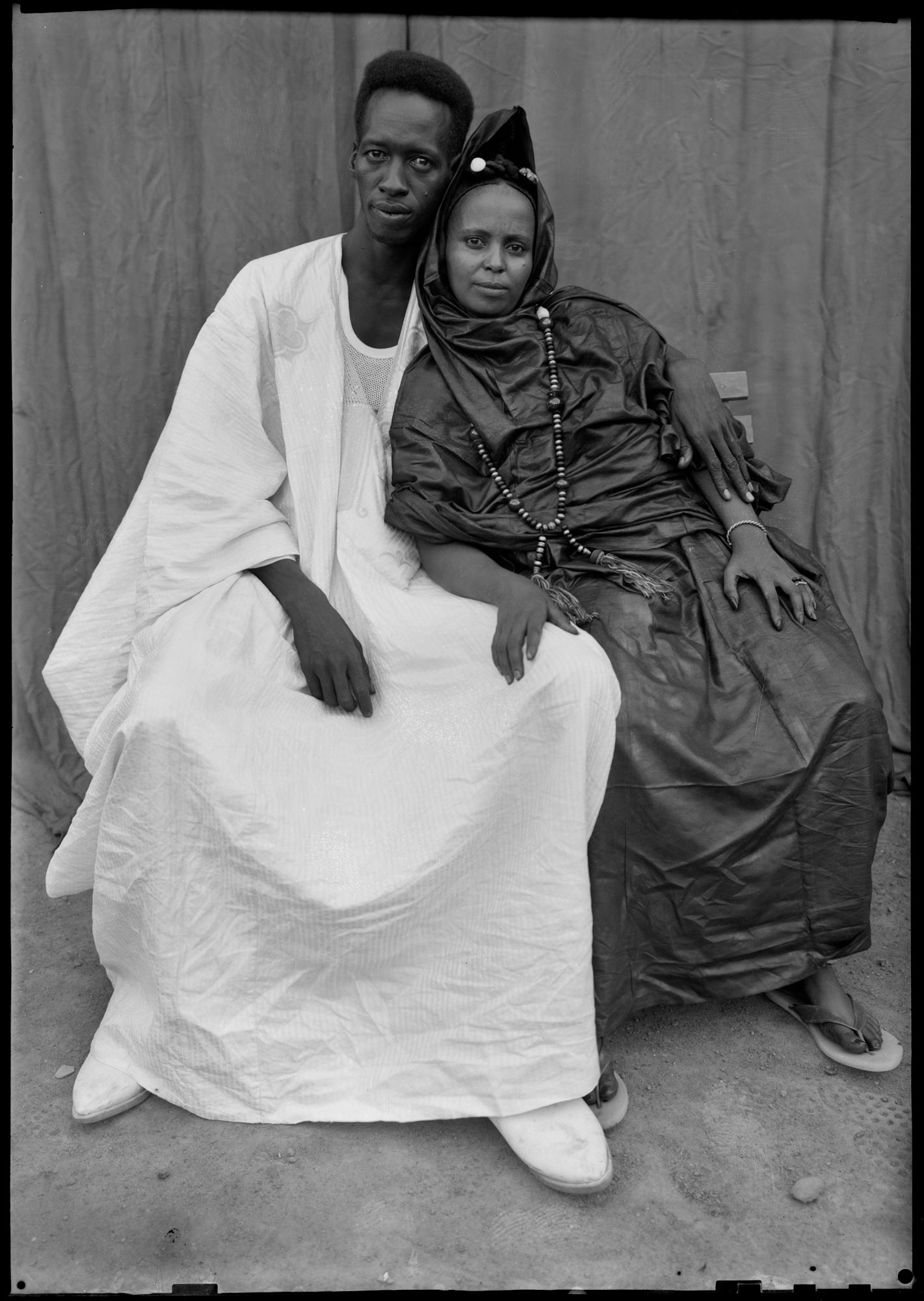
Untitled - 1952/55
60 x 50 cm
Modern gelatin silver print
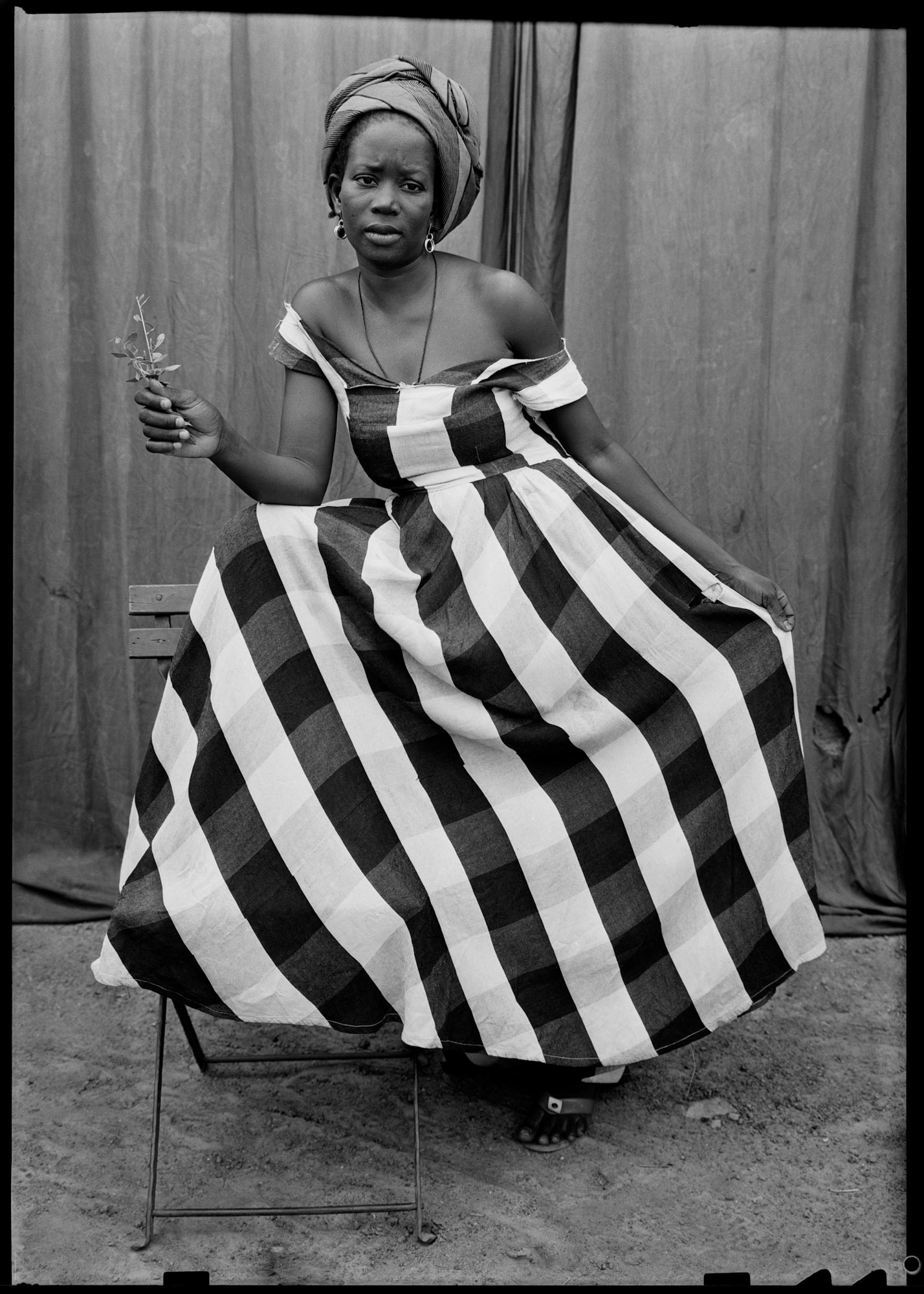
Untitled - 1952/55
60 x 50 cm
Modern gelatin silver print
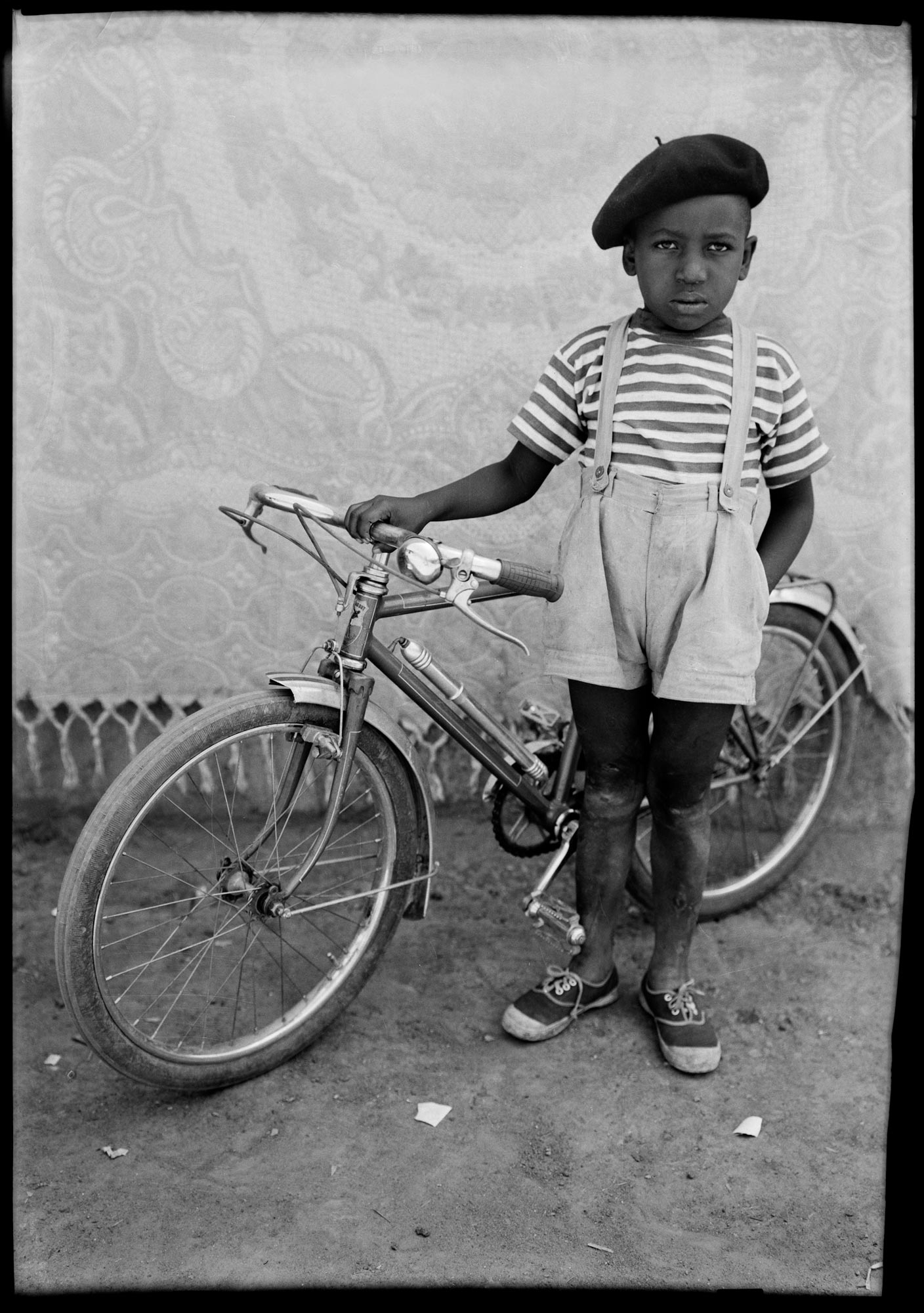
Untitled - 1952
60 x 50 cm
Modern gelatin silver print
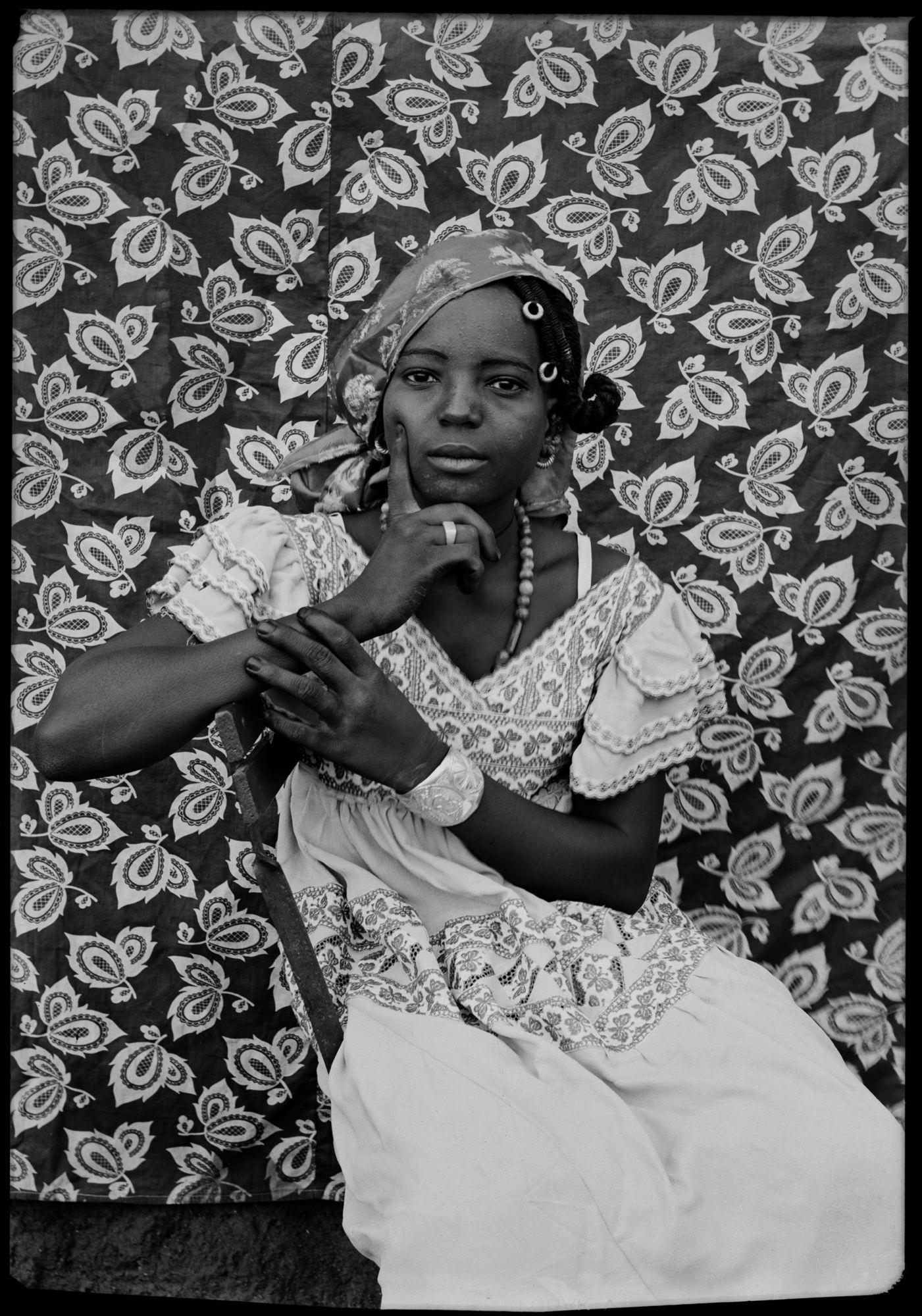
Untitled - 1959
60 x 50 cm
Modern gelatin silver print
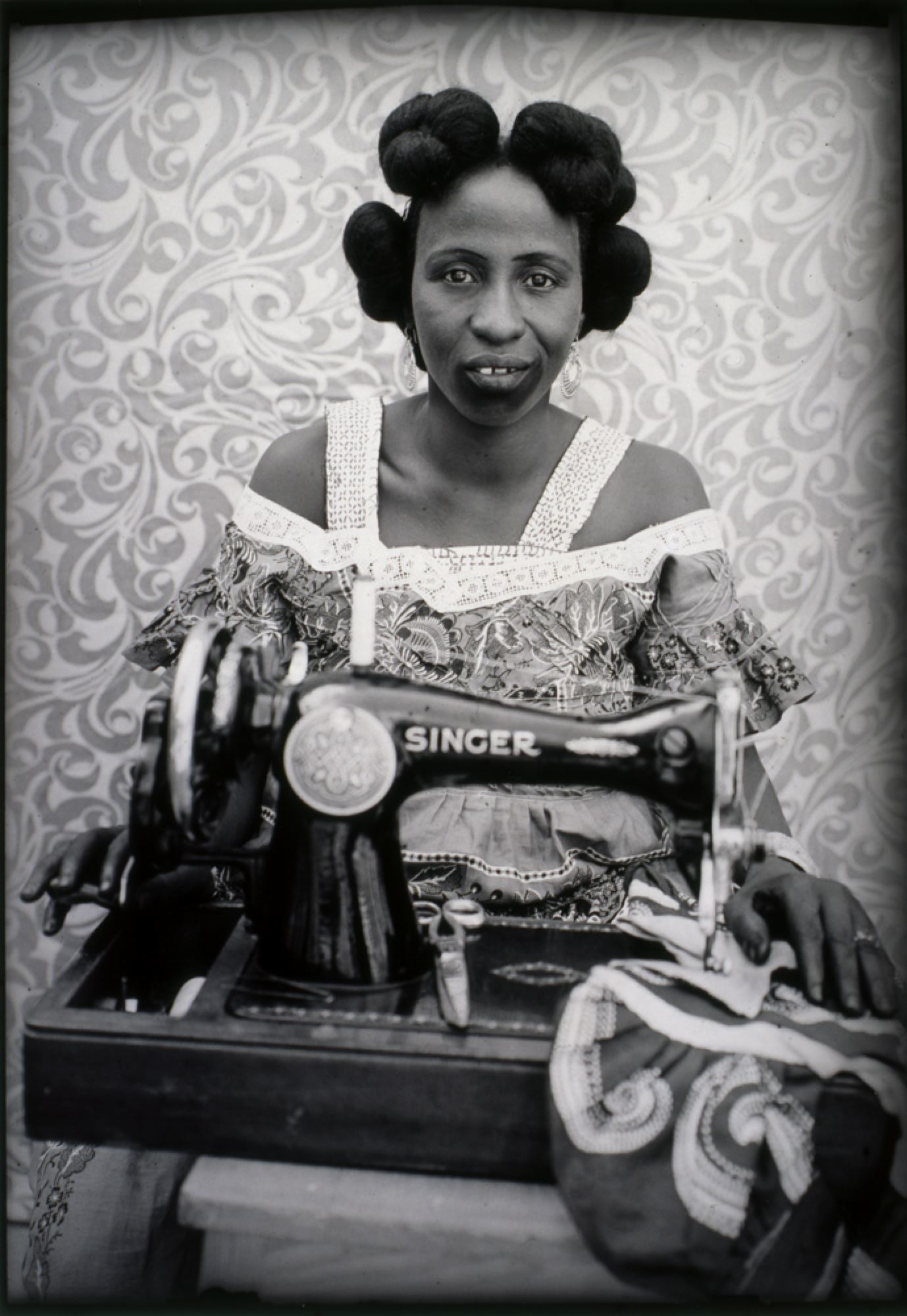
Untitled - 1953/57
60 x 50 cm
Gelatin silver print
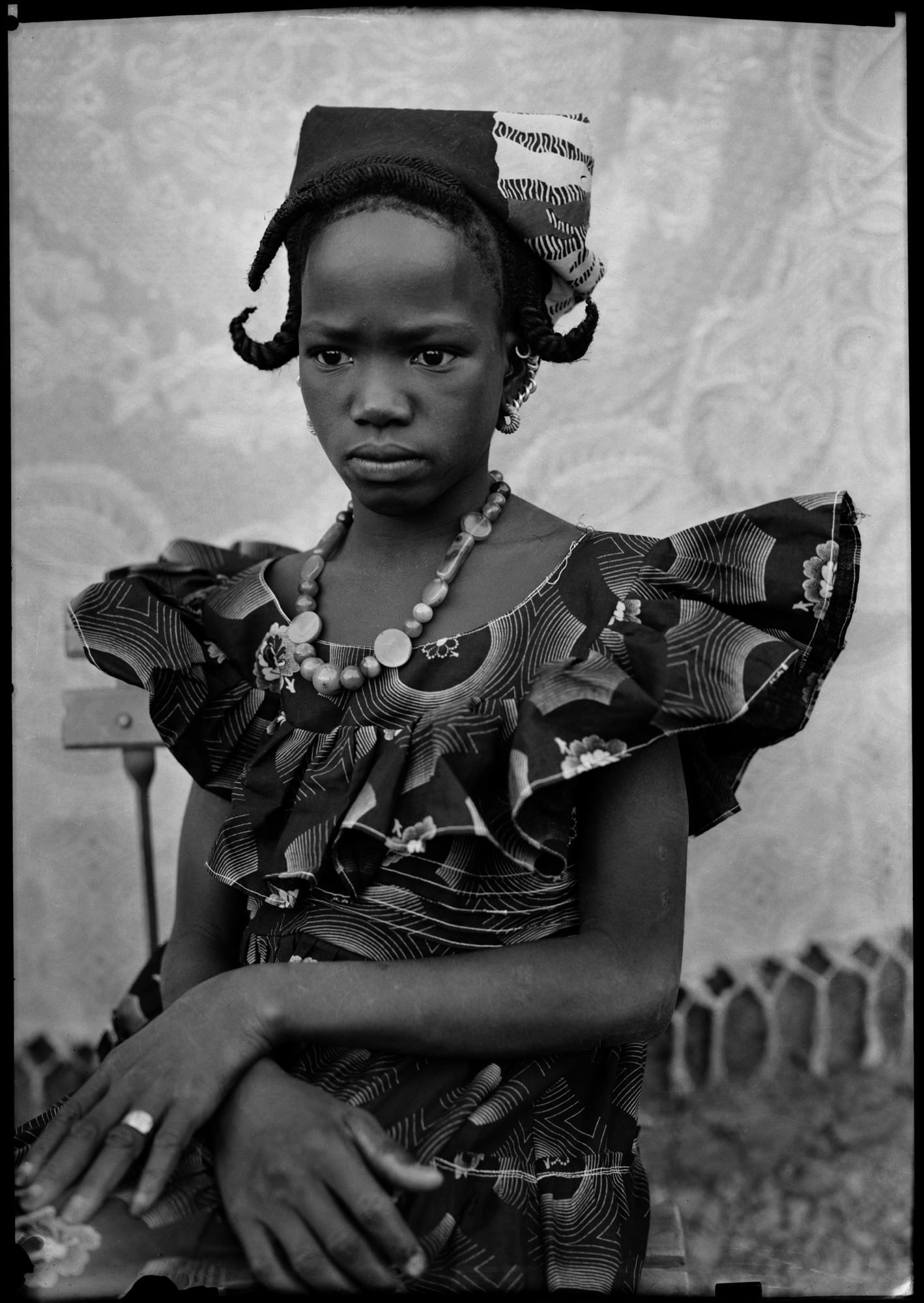
Untitled - 1949/51
60 x 50 cm
Gelatin silver print
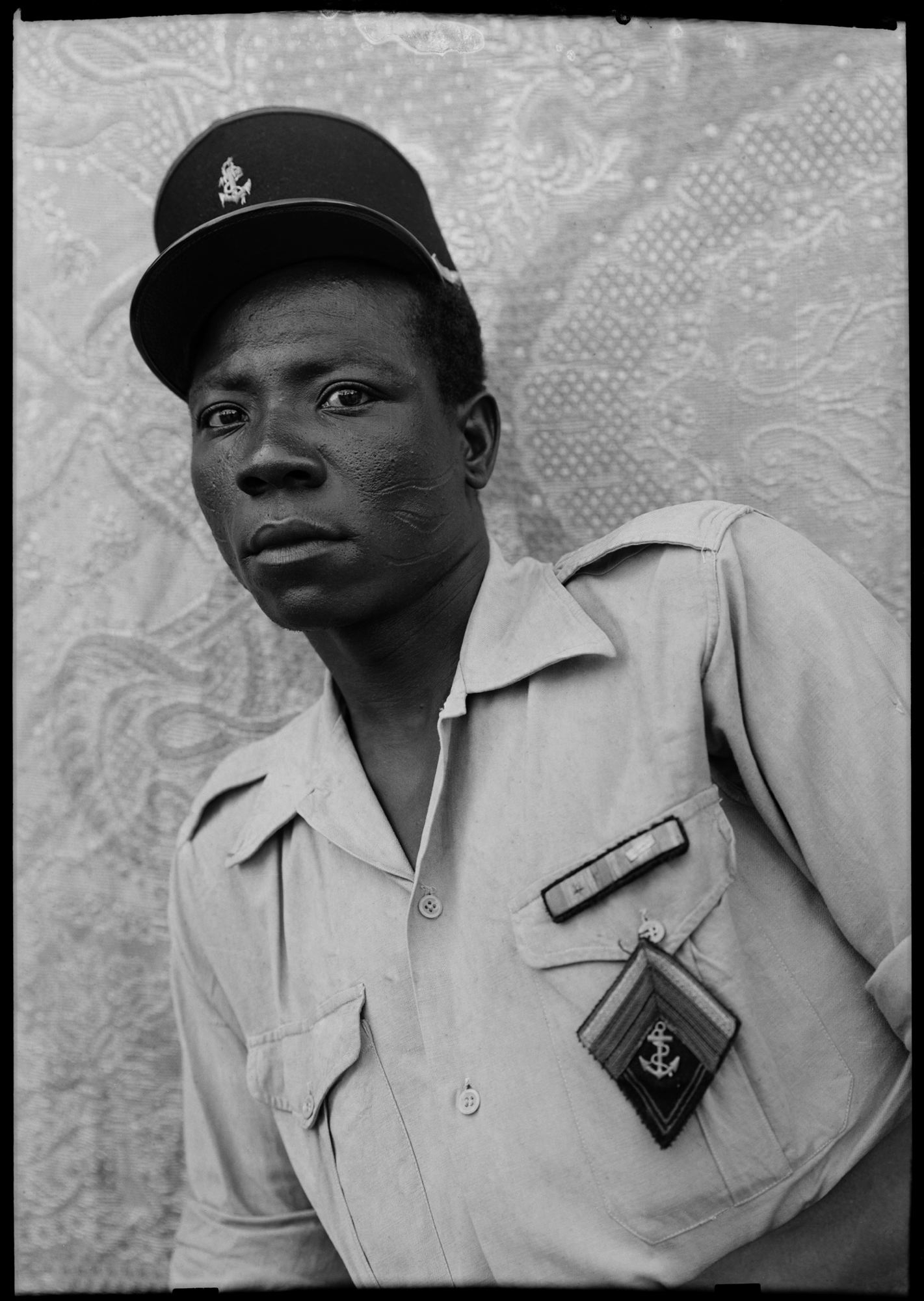
Untitled - 1949/51
60 x 50 cm
Gelatin silver print
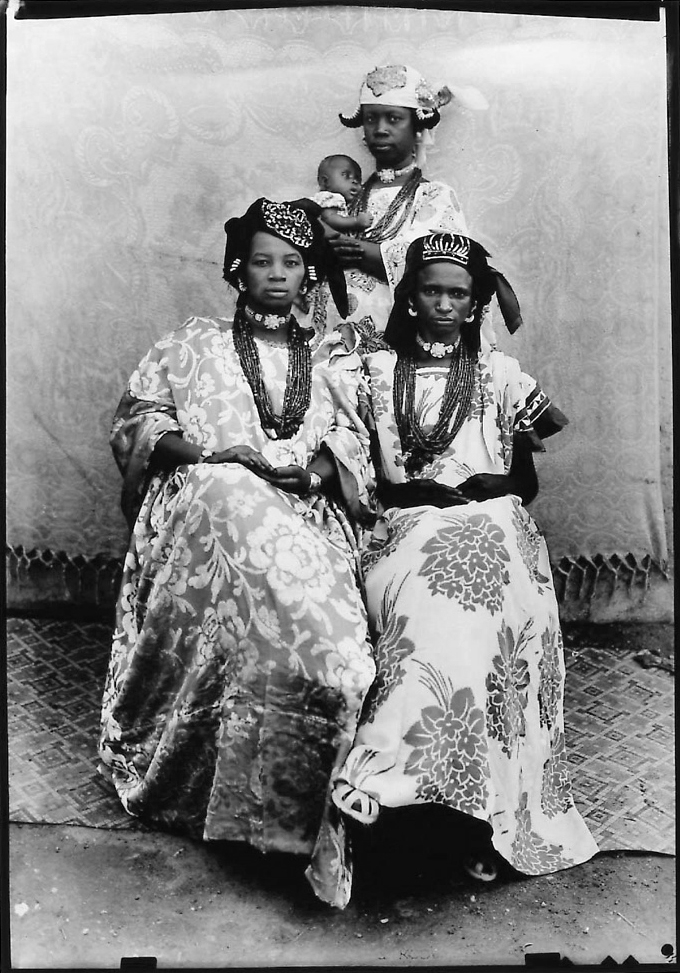
Untitled - 1949/51
60 x 50 cm
Gelatin silver print
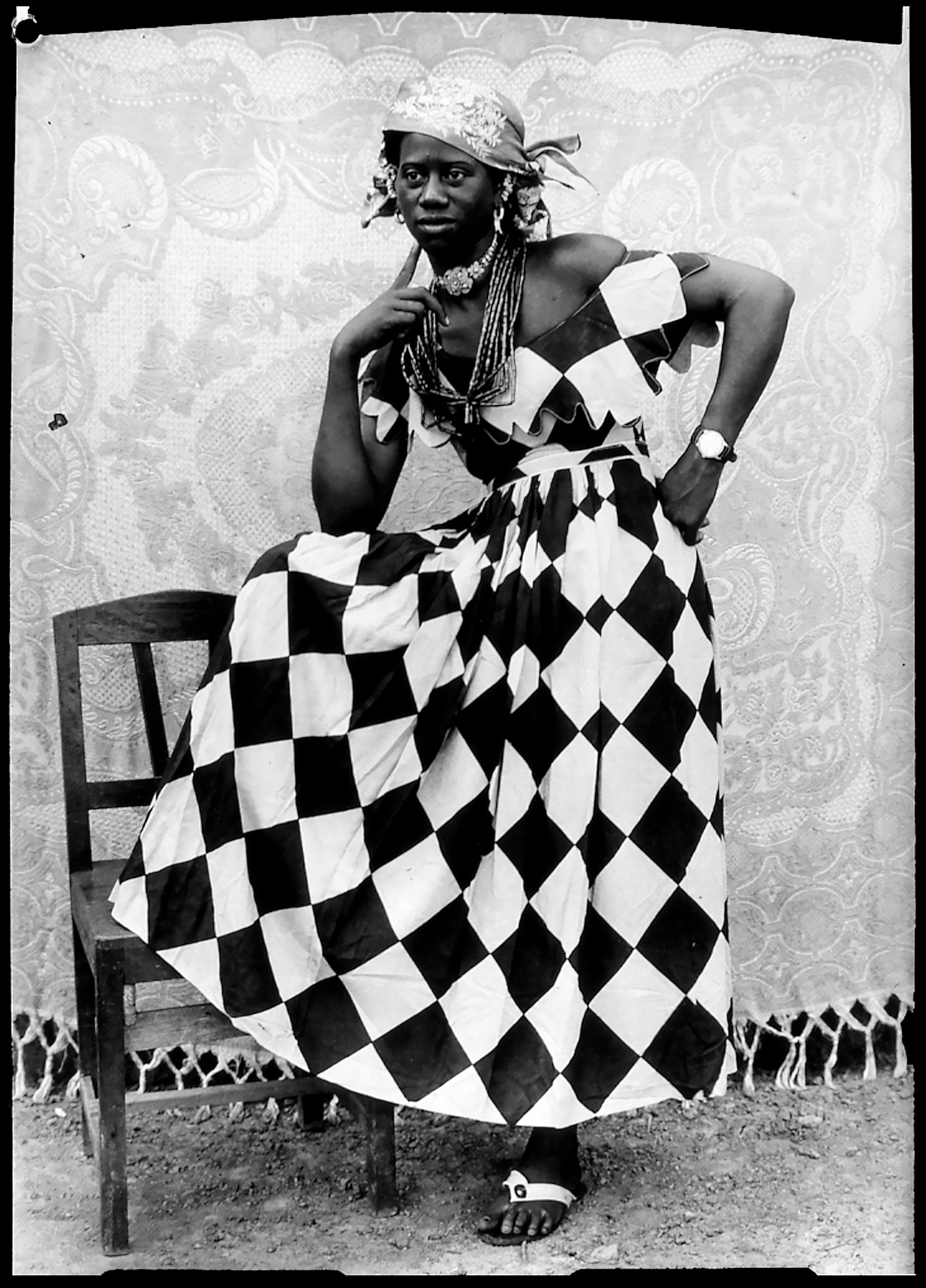
Untitled - 1949/51
60 x 50 cm
Gelatin silver print
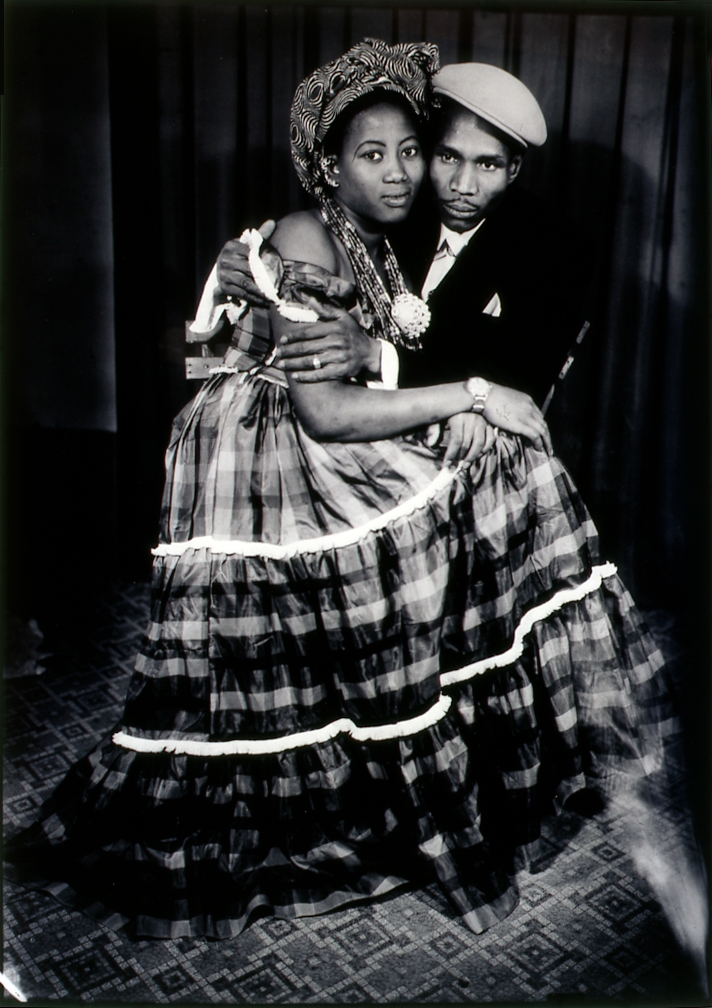
Untitled (Self-portrait) - 1959
60 x 50 cm
Gelatin silver print
Seydou Keïta
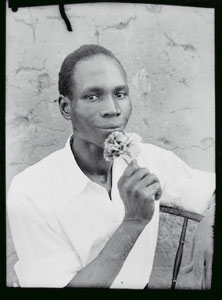
Born c. 1921, Bamako, Mali
Died in 2001, Paris, France
Seydou Keïta is unanimously regarded today as the most famous African studio photographer of the 20th century. Discovered in the West in the early 1990s, his work, composed essentially of black and white portraits made in his studio in Bamako from 1948 to 1962, has since been exhibited in major museums and written about in numerous publications. But before his talent was recognized worldwide, Keïta was initially a “studiotiste” who was very famous in Mali and throughout West Africa, thanks to his understanding of the pose, the quality of his prints and the staging of his portraits, in which the accessories bear witness to the changes in urban Malian society during the process of decolonization with independence on the horizon.
Born around 1921 in Bamako, at the time the capital of French Sudan, one of the French colonies in West Africa, Keïta was the eldest of five children. His ancestors were from the Soundyata Keïta clan, founder of the Mali Empire in the thirteenth century, and the Touré family, one of the three founding families of the city of Bamako.
Keïta did not attend school, but became at the age of seven an apprentice carpenter with his father and uncle, who were both educated.
In 1935, his uncle Tiémoko, who was very fond of Keïta, came back from a trip to Senegal with a Kodak Brownie, a 6x9 “box” camera with film that took 8 pictures. Keïta was immediately fascinated by the device, and convinced his uncle to give it to him. He began photographing his family and the people around him, particularly the apprentices in the carpentry shop. “I was 14, these were my first pictures and it was the most important moment of my life.” His first shots are often clumsy, and even blurred. “When they were developed, the subjects came out as skeletons.” But Keïta was passionate and he persevered. He had his films developed at the Sudanese Photo Hall, the first camera equipment shop in Bamako, opened by a Frenchman, Pierre Garnier, who gave him a few tips on technique.
From 1939, though entirely self-taught, Keïta began working as a professional photographer, on the street or in the homes of clients, while continuing to hold his job as a carpenter. He managed to make a good living with photography, which enabled to provide his family with regular income. Self-taught, therefore, though Keïta did acknowledge having received advice and training from Mountaga Dembele, aka Kouyaté, when it came to developing. This teacher and photographer, a Bamako personality, who joined the colonial infantry and was sent to the front, returned to Bamako to open a studio around 1945, where he would train several indigenous photographers: “(...) when Mountaga saw that I was competent, he left me his lab and every night, I was going to his place in Medina to make his prints in addition to mine. It was obligatory. At that time, I had already taken a lot of photos and I was starting to be known.” Keïta then acquired a camera with a folding view camera , which was easier to handle.
But apart from this technical training, Keïta never had a mentor in photography. He had never seen books about photography or even painting, and the only publication he consulted from time to time was the catalog of the French company Manufrance, in those days illustrated with drawings. Likewise, in the latter part of his life in the late 1990s, when he traveled to numerous exhibitions of his work in Europe and the US, he met leading contemporary photographers, who would occasionally give him their books of photographs. André Magnin found these later in Keïta’s house, their packaging intact. Keïta had never opened them.
Seeing that Keïta was beginning to assert himself as a photographer, his father offered him part of the family property, located in Bamako-Coura, new and lively neighborhood in the western part of the capital. This is where Keïta opened his studio in 1948, near the train station and many other places that attracted crowds, such as the zoo, the Rose market, the Sudan Club, Republic Square and the Cathedral. His former apprentice carpenters were the "beaters" around the station, showing travelers Seydou’s printed “cards”. Also in 1948, Keïta married for the first time. He would go on to have a total of six wives and twenty-one children.
For nearly 15 years, Keïta ran the most famous photo studio in Bamako, thanks to his talent, his mastery of poses, the quality of his prints and a certain business acumen. He sometimes received more than 40 customers a day, more or less well-to-do and sometimes from other West African countries, particularly Senegal. Notables, colonial administration employees, merchants, military officers, teachers, housewives, mothers and youths posed in Western outfits or traditional robes, wearing the various clothes and accessories Keïta made available to them: suits, ties , hats, glasses, watches, radios, Vespas, etc. Women mainly chose traditional costumes that Keïta carefully adjusted, adding pieces of jewelry. Some ladies would bring several ensembles for the same photo shoot. Keïta also used various fabrics for backgrounds, starting with his own bedspread; since he would change it every two to three years, this later enabled him to give his photos an approximate date. And in many of his photographs, often the ones that are the most popular, the play between the patterns of the dresses and the backgrounds creates very graphic compositions. Keïta always preferred natural light, and many of his shoots took place in the courtyard outside his studio. But he also used artificial light, often at night, with curtains as a plain background. From 1949 on, he did most of his portraits using a view camera in the 13x18 format, which he developed from contacts without an enlarger, and with only one shoot per customer. This format was very successful at the time, because it could easily be sent by mail. He filed the negatives carefully, in case customers came back for more prints, and cleaned them once a year. Some customers, however, chose to keep their negatives. During his rare moments of leisure, Keïta liked to go fishing and to the cinema. Keïta always said he lived very well from his photography. He bought himself a Peugeot 203 and a Simca Versailles, two luxury cars at the time in Bamako.
Mali gained its independence in 1960 and elected President Modibo Keïta to head a socialist government. The president was related to the Keïta family, and had come several times to the photographer’s studio to have his portrait done. In 1963, the director of the security services recruited Keïta as official photographer. Keïta had little choice but to accept. Soon after, Keïta stopped working in his studio entirely and spent the next 14 years as a government photographer. He covered formal events, visits by heads of state, etc. while working for the security services. The archives of this period are not accessible, and may have been destroyed.
In 1977, Seydou Keïta retired. He devoted his time to another passion, mechanics: he repaired moped engines and photographic equipment.
We have no further information about Keïta’s life until he was discovered by various Westerners in the early 1990s.
In May 1991, the exhibition “Africa Explores: Twentieth Century African Arts” opened at the Center for African Arts in New York. In this exhibition, which mixed traditional, folk and contemporary African art, the art historian Susan Vogel, curator of the exhibition, presented some contact prints made from negatives she’d brought back from her travels in West Africa in the 1970s. These images included seven photographs by Seydou Keïta, credited to “Anonymous photographer, Bamako”. Jean Pigozzi – collector of contemporary African art, and photographer – visited the exhibition and was struck by the beauty of these photos. He asked André Magnin, the curator of his collection, to track down this photographer. Magnin went to Bamako few months later and met Keïta, who showed him his negatives, mostly well preserved. This launched a long collaboration. Magnin selected 921 negatives, brought them to France and started making prints in 50x60 format. He then showed them to Keïta in Bamako to get his approval and signature. Keïta was thrilled to discover the quality of his photos in large formats, which he had not had the means to produce in his studio.
Sometime before that, during one of her many trips to Africa, the photographer Françoise Huguier also met Keïta in Bamako and discovered his work. With photographer Bernard Descamps, she began to develop a project to promote African photography. Their efforts eventually led in 1994 to the first Rencontres de la Photographie de Bamako, the now famous Bamako photo festival, at which was presented the work of Seydou Keïta and Malick Sidibé, among others. Furthering this burgeoning interest in African photography, the Revue Noire, publication dedicated to contemporary African creation, was founded in 1991 in Paris.
In 1994 André Magnin organized the first solo exhibition of Seydou Keïta’s modern 50x60 prints at the Cartier Foundation in Paris, for which the photographer was present. The exhibition met with major success and travelled around the world, to the United States, Great Britain, Finland, Brazil, etc. This exhibition marked the beginning of the global "discovery" of Keïta’s work, and his entry into the history of photography as one of the greatest portraitists of his time. In 1996, André Magnin did some experimental prints in Paris in 120x180 format. Keïta was amazed to “rediscover” his photos: "You can’t imagine what it was like for me the first time I saw prints of my negatives in large-scale, no spots, clean and perfect. I knew then that my work was really, really good. The people in my pictures look so alive, almost as if they were standing in front of me.”
In 1997, thanks to the great photography publisher Walter Keller, Magnin published the first monograph dedicated to Keïta’s work with Scalo editions in Zurich; it is today the definitive work. The same year, a number of galleries in Europe were beginning to show and sell the work of Keïta: Agnes B’s Galerie du Jour, Paris; 51 Gallery, Antwerp; DV-Galeria, San Sebastian; Hackelbury Fine Art in London; Brancolini Grimaldi in Italy. A major exhibition was organized at the Gagosian Gallery in NY, with many large format prints. Magnin recalled: “Seydou Keïta made the trip to New York. We were in the heart of Manhattan, there was a big crowd, waiting to get their book signed. The Malian community living in New York came to pay homage, but so did the intellectual Manthia Diawara, accompanied by Wole Soyinka, Nobel Prize for Literature, the Malian singer Rokia Traoré, the founder of the Real World Music label Peter Gabriel, founder of Atlantic Records Ahmet Ertegun, Walter Keller, of course, the American photographer Roy DeCarava, Nan Goldin, David Hammons, Alfredo Jaar, and naturally Jean Pigozzi. The Maysles brothers, Albert and David, followed Seydou, filming everything, all the way to a big photo store where he was presented with a Hasselblad. The evening of our departure, Keïta told me, very moved, that he could not even have dreamed such unforgettable moments….”
In 1998, the magazine Harper’s Bazaar organized a photo shoot in Bamako with Keïta. In an open-air studio, with colorful African fabrics draped in the background, the photographer carefully adjusted the poses of his models and their dresses, just as he had done in his studio 40 years earlier.
Keïta died three years later in Paris.
A biography by Elisabeth Whitelaw, CAAC – The Pigozzi Collection, Paris 2015
1. Magnin, André, Youssouf Tata, Seydou Keïta. Zurich. Scalo, 1997
2. Lamunière, Michelle, (ed.) You Look Beautiful Like That: The Portrait Photographs of Seydou Keïta and Malick Sidibé. Cambridge, MA, Harvard University Art Museums, 2001.
A special website is dedicated to the work of Seydou Keïta: Seydou Keïta Photographer
SOLO EXHIBITIONS
2020
Feb. 22 2020 – March 31th, 2020
“Untitled: Seydou Keïta” | in collaboration with MACAAL, Throughout the Medina, Marrakech, Morocco
2018 – 2019
“Seydou Keïta” | Instituto Moreira Salles, Brazil (11/08/ 2018 – 01/27/ 2019)
Rio do Janeiro, Brazil (April 14th, 2018 – July 29th, 2018)
Sao Paulo, Brazil (April 6th, 2018 – June 20th, 2018)
2018
Art Genève – Galerie Nathalie Obadia, Switzerland
“Seydou Keïta” FOAM - Photography Museum Amsterdam, The Netherlands (06/04 - 06/20)
“Beyond Borders: Global Africa” - University of Michigan Museum of Art, USA (08/11/18 - 11/25/18)
2017
“Seydou Keïta”, Galerie Nathalie Obadia, Paris, France
2016
« Seydou Keïta », Grand Palais, Paris, France
2013
“Seydou Keïta” : From Jean Pigozzi's Collection, Moscow House of Photography, Moscow, Russia
2010
“Seydou Keïta”, Beautiful Like That, Jack Bell Gallery, London, UK
2008/2009
“Seydou Keïta”, Tate Modern, Level 5, April 2008 - April 2009, London, UK
2006
“Seydou Keïta”, John Berggruen Gallery, San Francisco, USA
“Seydou Keïta”, Douglas Hyde Gallery, Dublin, Ireland
“Seydou Keïta” - The Image King of Africa", Sean Kelly Gallery, New York, USA
2003
"Mali Portraits by Seydou Keïta", The William Bennington Museum of Art, The University of Connecticut, Storrs, Connecticut, USA
2002
"Seydou Keïta: Portraits", Grany Selwyne Fine Art, Beverly Hills, California, USA
2001
“Flash Afrique”, Kunsthalle Wien, Vienna, Austria
Düsseldorf Cultural Forum, Düsseldorf, Germany
“Seydou Keïta”, Sean Kelly Gallery, New York, USA
“Seydou Keïta: Portraits from Mali”, Presentation House Gallery, North Vancouver, British Columbia, Canada
1999
PhotoEspana 99, Madrid, Spain
1998-1999
“Seydou Keïta”, Saint Louis Museum of Art, Saint Louis, Missouri, USA
1st Lebanese Biennale of Photography, Digital Pictures and Film: Seydou Keïta presented by the Fondation Cartier, Lebanon
1997
“Seydou Keïta, Gagosian Gallery, New York, NY, travelling to Gagosian Gallery, Beverly Hills, California, USA
“Seydou Keïta”, Museum of Modern Art, San Francisco, CA, USA
1996
“Seydou Keïta”, Minneapolis Institute of Art Minneapolis, USA
Seydou Keita, Photographer: Portraits from Bamako, Mali (1950-1960)
National Museum for African Art, Smithsonian Institute, Washington D.C, USA
March 27, 1996 – July 28,
1995
“Seydou Keïta”, Fruit Market Gallery, Edinburgh, UK
“Self Evident”, The Ikon Gallery, Birmingham, UK
1994
“Seydou Keïta”, travelling exhibition :
Fondation Cartier pour l’Art Contemporain, Paris, France
Ginza art's space – Shiseido, Tokyo, Japan
GROUP EXHIBITIONS
2023-2024
2022-2026
Africa Fashion , travelling exhibition:
Victoria & Albert Museum South-Kensington, London, UK (02/07/2022-16/04/2023)
Brooklyn Museum, New York, USA (23 June - 22 Octobre 2023)
Portland Art Museum, Portland, USA (November 2023 - March 2024)
National Gallery of Victoria, Melbourne, Australia (31 May to 6 October 2024),
Field Museum, Chicago, (28 February to 29 June 2025)
Musée du Quai Branly, Paris, France (31 March to 12 July 2026)
2022
2022
Bande-Annonce, la Collection Pigozzi à Cannes, Gare Maritime, Cannes, France (12/07 -23/08/2022)
2021
Art-Dubai (March.29th-Apr.3rd), Galerie Nathalie Obadia
HERITAGE
Carte Blanche à Omar Victor Diop, Galerie Magnin-A, Paris, France
2020
Le tour du jour en quatre-vingts mondes - CAPC - Musée d'Art Contemporain - Bordeaux - France
2020
Through an African Lens: Sub-Saharan Photography explores a variety of artistic styles and expression from the 1950s to the present.
MFA Houston, February 27–November 8, 2020
2020
1-54 Contemporary African Art Fair, Marrakech - Galerie Nathalie Obadia – 02/20-23/2020
LA Photo, Danziger Galery, LA, USA (01/30 – 02/02)
2019
« Trésors de l’islam en Afrique », Musée Mohamed VI d’art moderne et contemporain, Rabat, Morocco (10/17/2019-30/03/2020)
Photo London, UK, Galerie Nathalie Obadia – 16-19/05/2019
1-54 Contemporary African Art Fair, NY - Danziger Gallery – 21-24/02/2019
1-54 Contemporary African Art Fair, Marrakech - Galerie Nathalie Obadia – 3-5/05/2019
2018
“Studio Africa - Photographic archives from West Africa and Central Africa” - Photographies de la Collection Jean Pigozzi - Salle d’exposition du quai Antoine- Ier Monaco (10/18/18 - 11/20/18)
Festival Photo La Gacilly-Baden, Baden, Austria (06/08/18 to 09/30/18)
2017
« On aime l'art...!! agnès b. », Grand Arles Express, Collection Lambert en Avignon, France
(07/06/17 to 11/05/17)
« I love Africa », Festival Photo La Gacilly, Morbihan, Bretagne, France (06/03/17 to 09/30/17)
« Art/Afrique, le nouvel atelier. Les Initiés, un choix d’œuvres (1989 – 2009) dans la collection d’art africain contemporain de Jean Pigozzi ». Fondation Louis Vuitton, Paris, France (04/26/17 to 09/04/17)
« Autophoto: de 1900 à nos jours », Fondation Cartier Paris, France (04/20/17 to 09/24/17)
« Trésors de l’Islam en Afrique, De Tombouctou à Zanzibar », Institut du Monde Arabe, Paris France (04/13/17 to 07/30/17)
2016
“African Portraits: Omar Victor Diop, Seydou Keïta, Aida Muluneh, Malick Sidibé & J.D. 'Okhaï Ojeikere”. HackelBury Gallery, London, UK (10/06/16 to 11/19/16)
“Making Africa - A Continent of Contemporary Design”, CCCB, Barcelona, Spain
2015/206
“In and Out of the Studio: Photographic. Portraits from West Africa”, Metropolitan Museum of Art, New York, USA
Après Eden- La collection Walther, La Maison Rouge, Paris, France. (10/17 /2017 – 01/17/2016)
2014/2015
“Look at Me!”, Tropenmuseum, Amsterdam, The Netherlands
“Luminós/C/ity.Ordinary Joy”: From the Pigozzi Contemporary African Art Collection, Ethelbert Cooper Gallery of African & African American Art, Harvard University, Cambridge, MA, USA
2013
“WHITE : Photography, Art, Design, Fashion, Film”, Nederlands Fotomuseum, Rotterdam, The Netherlands
“Malian Portrait Photography”, Samuel Dorsky Museum of Art, The Dorsky Alice and Horace Chandler Gallery and North Gallery, New Paltz, NY, USA
“Keïta, Ojeikere, Sidibé”, 11 Columbia, Monaco
« Bamako Photo in Paris », Pavillon Carré de Baudouin, Paris, France
2012
“Six Yards Guaranteed Dutch Design”, Museum voor Moderne Kunst Arnhem, The Netherlands
“Who, What, Wear. Selections from the Permanent Collection” - Studio Museum Harlem - New York, USA
“Africa/Africa”, Centre d’art contemporain, Meymac, France
2011
"Seydou Keïta, Frédéric Bruly Bouabré", Galeria Kewenig, Palma de Mallorca, Spain
« Artur Walther Collection », Paris Photo, Grand Palais, Paris, France
"August Sander und Seydou Keita: Portraiture and Social Identity", Walther Collection Project Space, New York, USA
2010
“Contemporary African Photography from the Walther Collection - Events of the Self: Portraiture and Social Identity”, Neu-Ulm, Germany
“African Stories”, Marrakech Art Fair, Marrakech, Morocco
“África. Objetos y Sujetos”, El Centro Cultural Cajastur Palacio Revillagigedo, Gijon, Spain
Africa Rising, 1 rue du Pont Neuf Louis Vuitton - Edun, Paris, France
2008
"Sander's Children Figurative Photography In the Tradition of August Sander", Danziger Gallery, New York
"Mujeres en plural", Fundación Canal, Madrid
"head room", Museum of Contemporary Art, Toronto, Canada
"Becoming: Photographs From The Wedge Collection", Museum of Contemporary Art Detroit, MI, USA
"People, Spirits & Ghosts: Portrait", Galerie Nouvelles Images, The Hague, The Netherlands
"REAL. Fotografien aus der Sammlung der DZ-Bahnk", Stäfel Museum, Frankfurt, Germany
"Last Implicaciones de la Imagem (The implications of image)", Museo Universitario de Ciencias y Arte (MUCA Roma), Mexico City, Mexico
"Far from Home", North Carolina Museum of Art, Raleigh, NC, USA
2007
“Why Africa? – La Collezione Pigozzi”, Pinacoteca Giovanni e Marella Agnelli, Turin, Italy
2006
“100% Africa”, Guggenheim Bilbao, Spain - 12 Oct - 18 fév. 2007
« Vive l’Afrique », Galérie du Jour – Agnès b. Tokyo – Japan
“About Africa, part one”. Fifty One Fine Art Photography, Antwerp, Belgium
2005/2006
“Arts of Africa”, travelling exhibition:
Grimaldi Forum, Monaco, France
Smithsonian Institution, National Museum of African Art, Washington DC, USA
2005
“African Art Now”: Masterpieces from the Jean Pigozzi Collection, Museum of Fine Art Houston, Houston, USA
“A hundred years of children”, (travelling exhibition)
* The Bunkamura Museum of Art, Tokyo, Japan
* Granship, Shizuoka, Japan
* The Niigata Bandaijima Art Museum, Niigata, Japan
“Collection Remixed”. Bronx Museum of Arts, Bronx, NY, USA
“Contact: 9th Annual Toronto Photography Festival”. Alliance Française, Toronto, Toronto, Canada
“Corporate Culture”. The Fleming Collection, London, UK
2004
“Fifty One celebrates four years”. Fifty One Fine Art Photography, Antwerp, Belgium
« Je m’installe aux abattoirs », La collection d’art contemporain d’agnès b. Les Abattoirs, Toulouse, France
“AIM 24: Portraits and Places”. Bronx Museum of Art, Bronx, New York, USA
“Image and Identity: Portraits by Philip Kwame Apagya, Samuel Fosso, Seydou Keïta and Malick Sidibé”. The Sheldon Art Galleries, Saint Louis, Missouri, USA
“Faces in the Crowd: Images of Modern Life from Manet to Today”. Whitechapel Art Gallery, London, UK
“Contemporary Photography from the Harn Museum Collection” (Part II). Samuel P. Harn Museum of Art, Gainesville, Florida, USA
2003 - 2004
« Village Global : Années 60 » - travelling exhibition:
* 2nd October 2003 – 18th January 2004 : Musée des Beaux-Arts de Montréal, Montreal - Canada
* 19th February 2004 – 23rd May 2004 : Dallas Museum of Art, Dallas, USA
« Go Johnny Go » ! Kunsthallewien, Vienna, Austria
2003
« Les Ateliers des désirs ». Centre culturel français de Fribourg, Fribourg-en-Brisgau, Swizterland
« Patchworking ». Produzentengalerie, Hambourg, Germany
« Fables de l’identité » : Œuvres de la collection NSM Vie / ABN AMRO. Centre national de la photographie, Paris, France
« Portraits of Pride: Seydou Keïta, Malick Sidibé and Samuel Fosso ». Moderna Museet c/o Enkehuset, Stockholm, Sweden. Norskt Fotomuseum, Oslo, Norway
2002 - 2003
« Alter Ego » , (travelling exhibition)
* 20th June – 31 October 2002, Mundaneum Museum, Mons, Belgium
* 17 January – 23rd March 2003, Hotel de Sully, Paris, France
2002
“Face Time”. Atlanta Contemporary Art Center, Atlanta. USA
“Childhood – Collection of the National Fund of Modern Art”, Paris. Maison moscovite de la photographie, Moscow, Russia
2001 - 2003
« You look beautiful like that: The Portrait of Photographs of Seydou Keïta and Malick Sidibé ». Travelling exhibition :
* Williams College Museum of Art, Williamstown, Massachusetts, MA, USA
* National Portrait Gallery, London, UK
* Norton Museum of Art, West Palm Beach, FL, USA
* UCLA Hammer Museum, University of California, Los Angeles, CA, USA
* Fogg Art Museum, Harvard University Art Museums, Cambridge, MA, USA
2001
“The Short Century: Independence and Liberation Movements in Africa”. Travelling exhibition:
* Museum Villa Stuck. Munich, Germany
* Haus der Kulturen der Welt, Martin-Gropius-Bau, Berlin, Germany
*MCA, Museum of Contemporary Art, Chicago, USA
*PS1, Contemporary Art Center, New York, NY, USA
"XVI International Video and Multimedia Arts Festival" Musée d'art Moderne de la Ville de Paris, Paris
2000
« Voilà – Le monde dans la tête », Musée d'Art Moderne de la Ville de Paris – MAM/ ARC, Paris, France
Biennale of Sydney, Sydney, Australia
"Portrait Afrika": (travelling exhibition) :
*Fotogalerie in der Alten Feuerwache, Mannheim, Germany
*Fotografische Positionen eines Jahrhunderts", Haus der Kulturen der Welt, Berlin, Germany
1998
„Kunstwelten im Dialog“, Ludwig Museum, Cologne, Germany
Sao Paulo Biennal, Sao Paulo, Brazil
Moscou 2nd Biennal for photography, Moscow, Russia
"Eye Africa/African Photography 1840-1998", South African National Art Gallery, Cape Town, South Africa
"Photographie aus Mali, 50er/60er Jahre", Dany Keller Galerie, Munich, Germany
"Portraits" Yan Pei-Ming & Seydou Keïta, Galerie Jule Kewenig, Frechen, Germany
"2nd Biennale of Photography", Moscow: Seydou Keïta and Ouka Lele presented by the Fondation Cartier pour l’Art Contemporain, Paris, France
1997
Galerie Jule Kewenig, Art Cologne 1997, Cologne, Germany
"Amours", Fondation Cartier pour l’Art Contemporain, Paris
"Big City Artists from Africa", Serpentine Gallery, London
1996
African Photographers, Guggenheim Museum. New York, USA
"Africaines - 1er Festival de la photographie des 3 continents", Nantes, France
"Double Vie - Double Vue", Fondation Cartier pour l’Art Contemporain, Mois de la Photo, Paris, France
1995
« Multiple Exposure: the Group Portrait in Photography », travelling exhibition:
*Serpentine Gallery. London, UK
*The Bruce Museum, Greenwich, Connecticut, USA
* Bayly Art Museum, Charlottesville, Virginia - USA
* Oakville Galleries Oakville, Ontario, Canada
"Rimes et Regards", Espace Alain Afflelou, Paris, France
"Counter Cultures", Nederlands Foto Instituut, Rotterdam, The Netherlands
1994
Premières Rencontres Photographiques de Bamako - Bamako, Mali
1993
"Troisièmes Rencontres Photographiques de Normandie", Rouen, France Festival "Images of Africa", Copenhagen, Denmark
“Africa Explores: 20th Century African Art”. Espace lyonnais d’art contemporain, Lyon, France
“Images of Africa” | Festival, Copenhagen, Denmark
“Rencontres Internationales de la photographie – Seydou Keïta (projection)” | Théâtre Antique
Arles, France
1991
Africa Explores: 20th Century African Art. The Center for African Art and the New Museum for Contemporary Art, New York, USA
BIBLIOGRAPHY
2021
Finestre sull' Arte, N°10 - Arte Antica E Contemporanea Giugno Luglio Agosto - Italy. pp.146-159
2021
Février/Mars/Avril : Exit Imagen Y Culutura, N° 81 - Negritud/Blackness - Author: Rosa Olivares - Published by Producciones de Arte Y Pensamiento, Madrid, Spain. Pp. 78-87
2020
Embodying relation - Art Photography in Mali - Moore, Allsion - Duke University Press, Durham, North Carolina
2020
Black & White - Issue 141 - October 2020 - Author: Larry Lytle - Roos Periodicals Inc. Novato, California.
2020
Contemporary African Art
Sidney Littlefield Kasfir
Collection World of Art (2nd Edition), Thames&Hudson, London
2018
Seydou Keïta, Instituto Moreira Salles, Sao Paulo. Exhibition catalogue
2017
Les Initiés, un choix d’œuvres (1989 – 2009) dans la collection d’art africain contemporain de Jean Pigozzi. Editions Dilecta, Fondation Louis Vuitton, Paris, France. Exhibition catalogue.
Autophoto: de 1900 à nos jours. Fondation Cartier pour l’Art Contemporain Paris - Editions Xavier Barral, Paris. p. 66, 67. Exhibition catalogue
Trésors de l’Islam en Afrique. De Tombouctou à Zanzibar. SilvanaEditoriale – Institut du Monde Arabe, Paris. Exhibition catalogue.
I love Africa, Festival Photo La Gacilly. Exhibition catalogue
2016
Blanco, José, A., Imaginez, Le Français Sans Frontières, Vista Higher Learning, Inc. p.171.
Bloch, Judy, Stein Suzanne, Views on the Collection, exhibition catalogue, San Francisco Museum of Modern Art
2015
Angier, Roswell, Train Your Gaze: A practical and theoretical introduction to portrait photography, Second Edition, Bloomsbury Publishing, p. 155
2015
Côté Paris, N°37, February-March, 2015, p. 38-40.
2015
Amelie Klein, Making Africa - A Continent of Contemporary Design, Vitra Design Museum. Exhibition catalogue, p. 136-137
2015
Irwin, Kimberly, Surface Design for Fabric, Bloomsbury p. 69.
2014
Kirkham, Pat and Weber Susan, History of Design: Decorative Arts and Material Culture, 1400-2000, New York: Bard Graduate Center, Yale University Press, 2014 p. 548.
2014
Durden, Mark, Photography Today, London: Phaïdon Press, Ltd., 2014, p. 89.
2014
Thomas, Nicholas, Body Art, London: Thames & Hudson, Ltd., 2014, p. 135.
2014
Bindman, David and Gates, Jr., Henry Louis, Dalton, Karen, The Image of the Black in Western Art - The Twentieth Century: The Rise of Black Artists, Londo : Belknap Harvard, 2014, p. 248.
2014
Apostrophe, Français 5é, Hachette Livre International, p. 26.
2014
Mémoires Vives, 30 ans. Fondation Cartier pour l'art contemporain, Fondation Cartier, Paris
2014
Photography Today, Mark Durden, Phaidon Press, London
2014
Art History in the Wake of the Global Turn, edited by Jill H. Casid and Aruna D'Souza, Sterling and Francine Clark Art Institute, Yale University Press, p.65.
2014
The History of Photograpy: Volume 4, The Contemporary Era, Walter Guadagnini, Skira, Milan
2014
Body Art, Nicholas Thomas, Thames & Hudson, London
2014
How to Write about Contemporary Art, Gilda Williams, Thames & Hudson, London
2014
Travel & See: Black Diaspora Art Practices since the 1980s, Kobena Mercer, Duke University Press
2014
African Arts, Winter 2014, Volume 47, Number 4, p. 37-39, 41
2013
The African Diaspora: A history through Culture, Patrick Manning, Columbia University Press.
2013
Peffer, John and Cameron, Elisabeth L., Portaiture & Photograpy in Africa, John Peffer and Elisabeth L. Cameron, Indiana University Press.
2011
Seydou Keïta
Photographs, Bamako, Mali 1948 – 1963, Edited by Steidldangin
2010
Contemporary African Photography from the Walther Collection. Events of the Self: Portraiture and Social Identity, Edited by Okwui Enwezor.
2007
Why Africa? Published by Electa & Pinacoteca Giovanni e Marella Agnelli. Exhibition catalogue.
2006
100% Africa
Exhibition catalogue. Published by TF Editores & FMGB Guggenheim Bilbao.
2005
Living with Art. Seventh Edition by Mark Getlein. Published by McGraw Hill.
Arts of Africa: The Contemporary Collection of Jean Pigozzi. Exhibition catalogue. Published by Skira Edition & Grimaldi Forum Monaco
African Art Now: Masterpieces from the Jean Pigozzi Collection. Exhibition catalogue. Published by Merrell.
2003
Go Johnny Go! Exhibition catalogue published by Steidl, Kunsthallwien.
2002
Carnets de Voyage T2, by Titouan Lamazou. Gallimard Editions.
2001
"I ka nyi tan". Seydou Keïta fotografi a Bamako. Castelvecchi Arte. Museo Hendrik Christian Andersen.
YOU LOOK BEAUTIFUL LIKE THAT. The portrait photographs of Seydou Keïta - Malick Sidibé. Michelle Lamunière. Harvard University Art Museums, Cambridge. Yale University Press, New Haven and London. Text in English.
2000
FLASH AFRIQUE. Fotografie aus Westafrika. Kunsthalle Wien, Steidl. Bilingual text: German, English.
1997
Seydou Keïta
Monographic Book - 287 pages, 207 reproductions. Published by SCALO, Edited by André Magnin. Book, French or English version.
The Parkett Serie with Contemporary Artists N°49. Bamako : Full Dress Parade by Robert Storr p. 24-34. Bilingual texts: English, German.
1996
MATADOR N°2. Portfolio, Spain.
1995
Self Evident. Seydou Keïta. The Ikon Gallery. Birmingham, UK.
Seydou Keïta. Photopoche. Ed. National Center of Photography, Paris.
1994
Seydou Keïta - 1949 to 1962 Exhibition catalogue texts in French by André Magnin. Fondation Cartier pour l'Art Contemporain, Paris.

